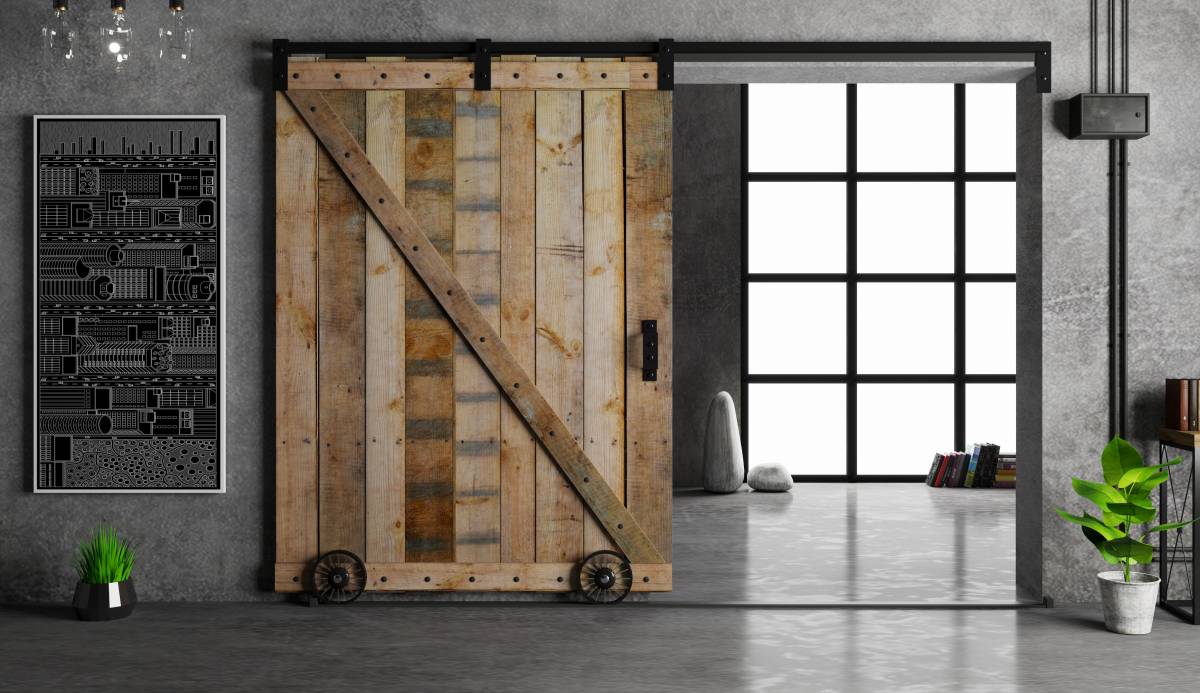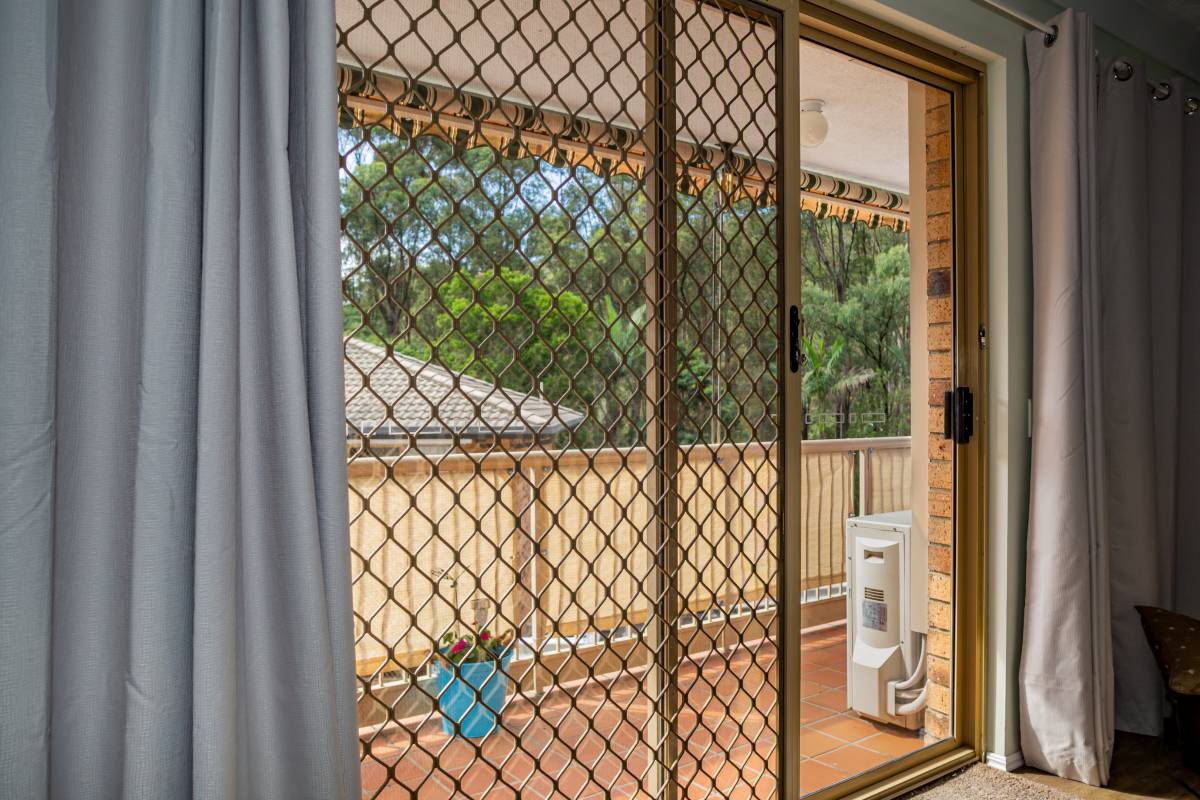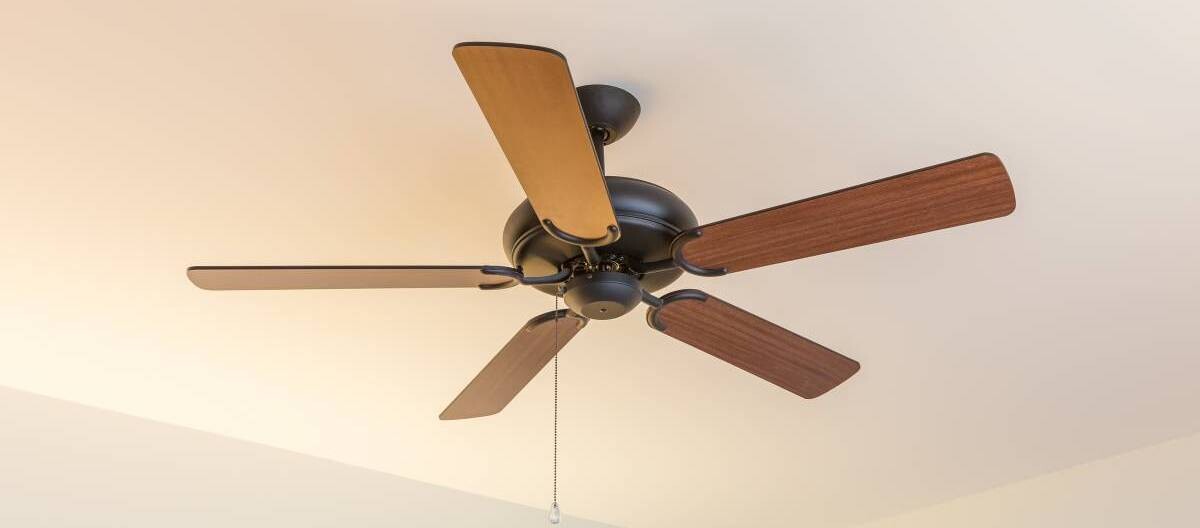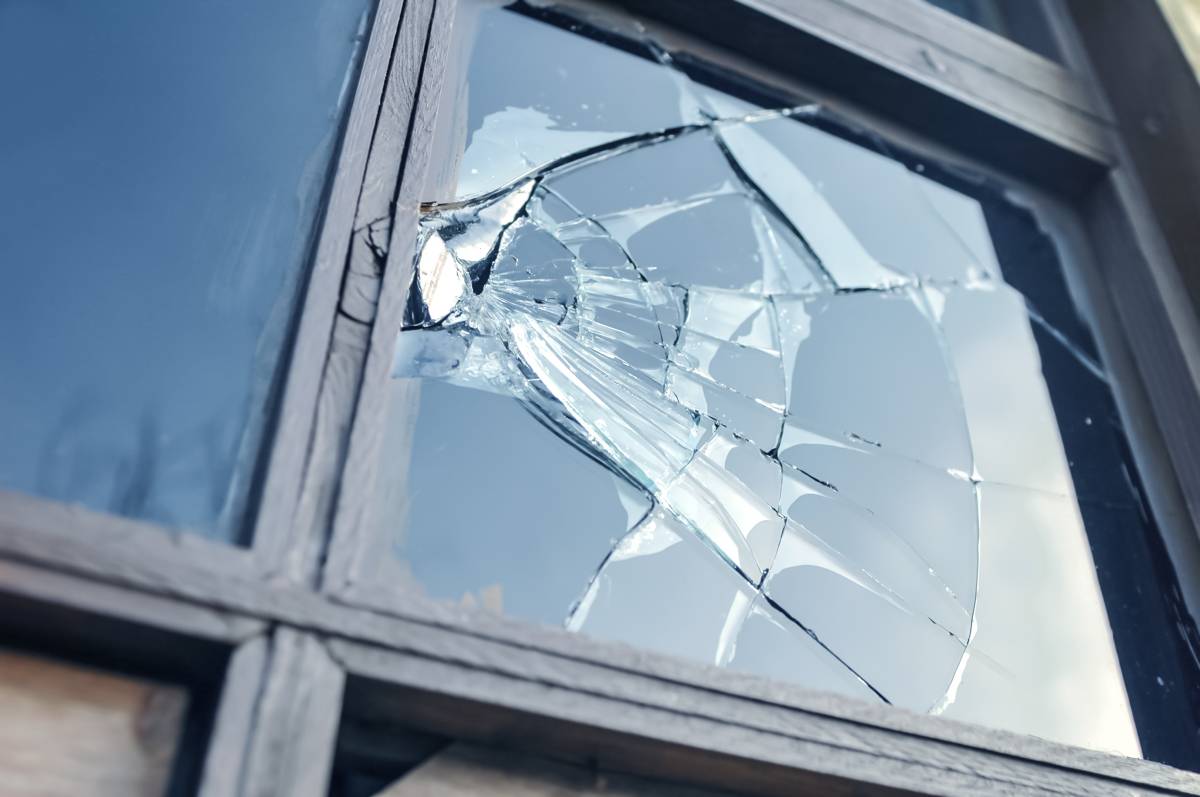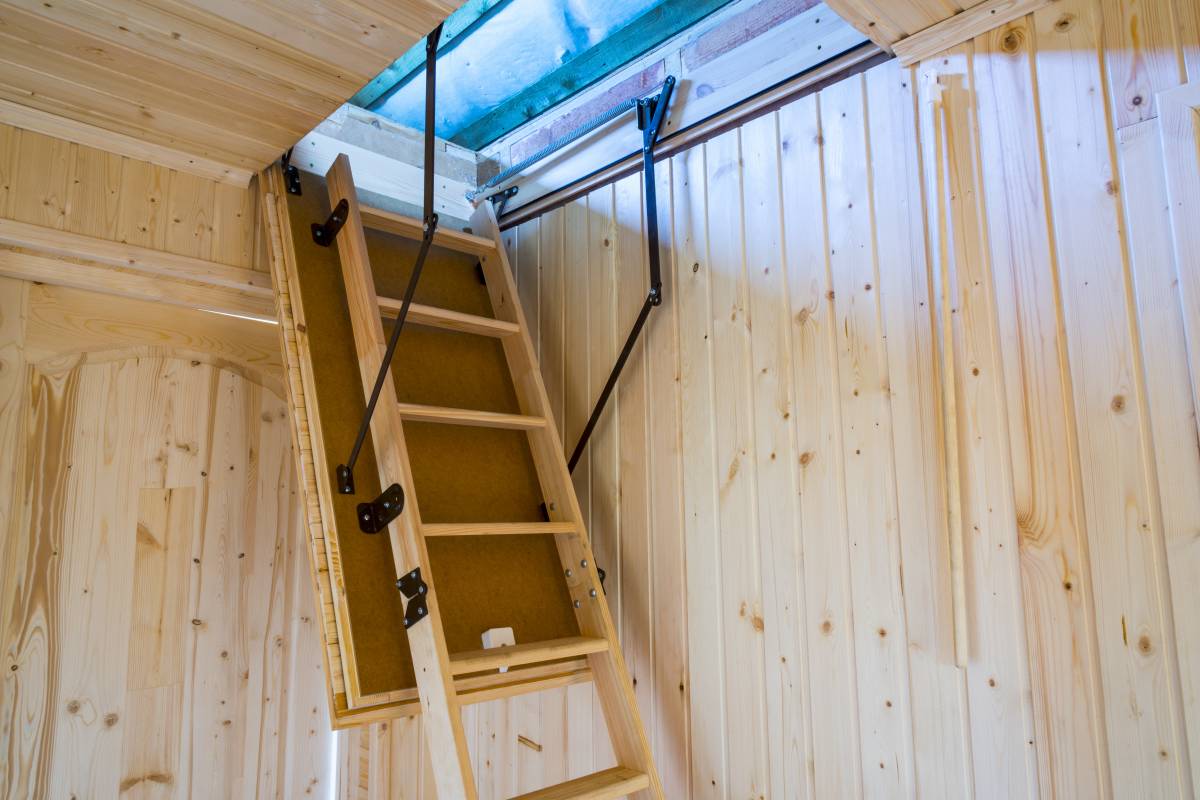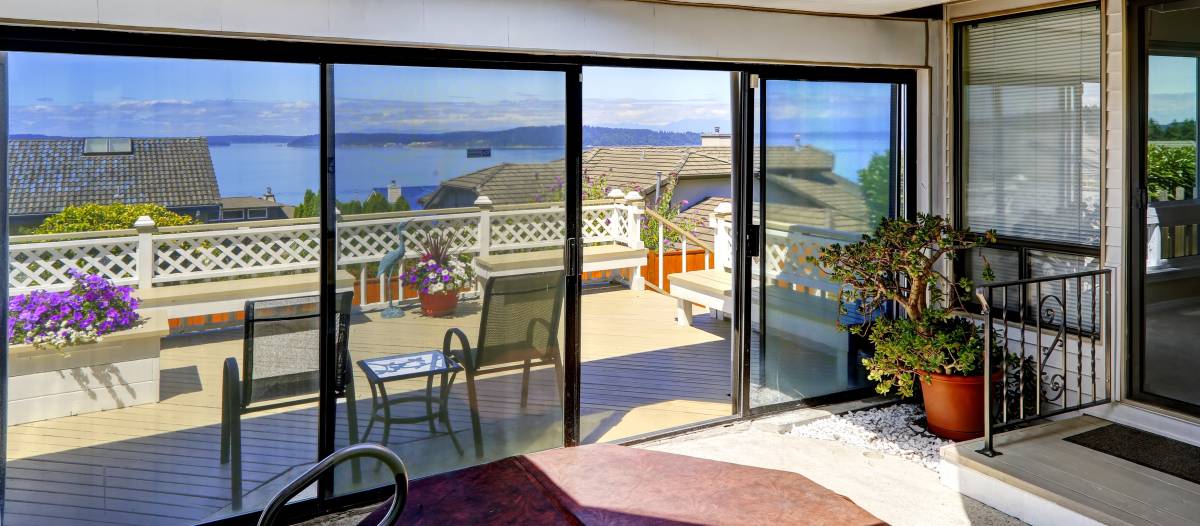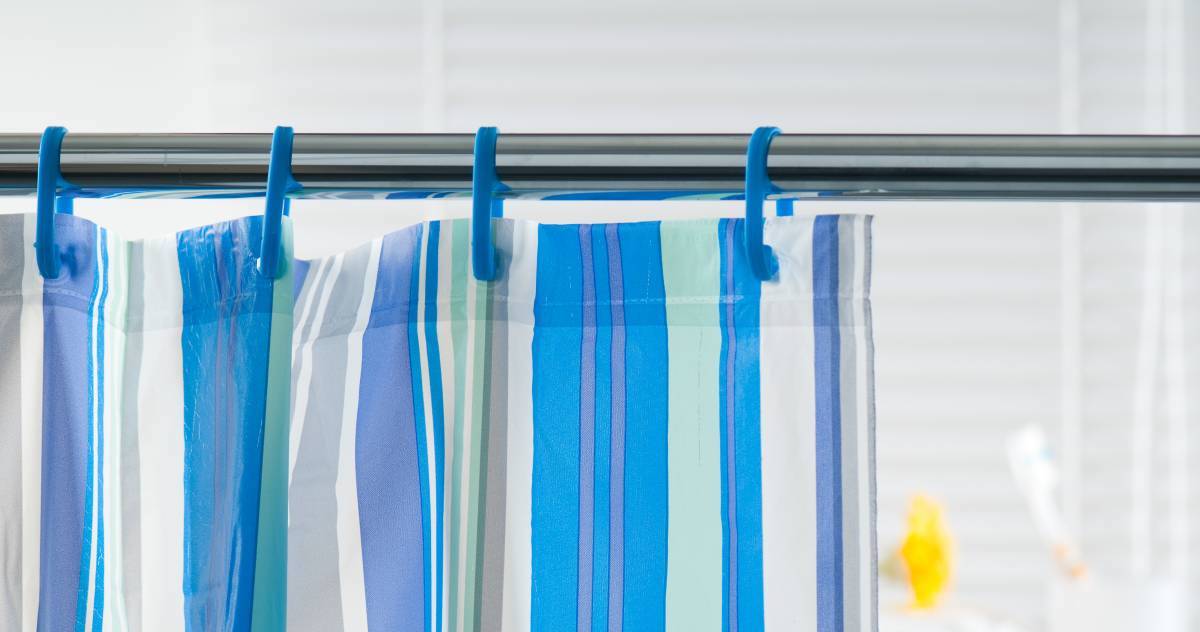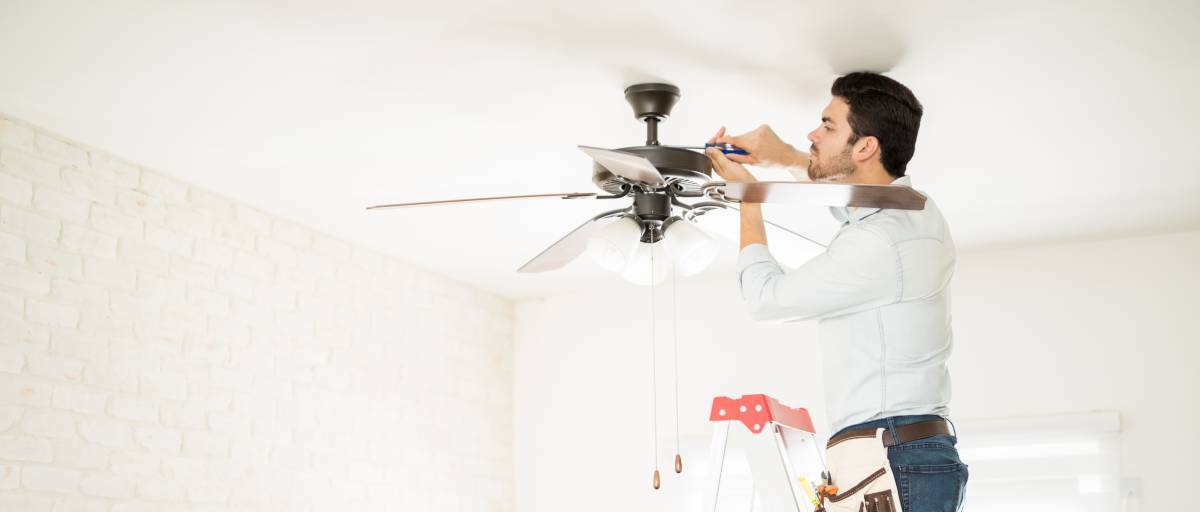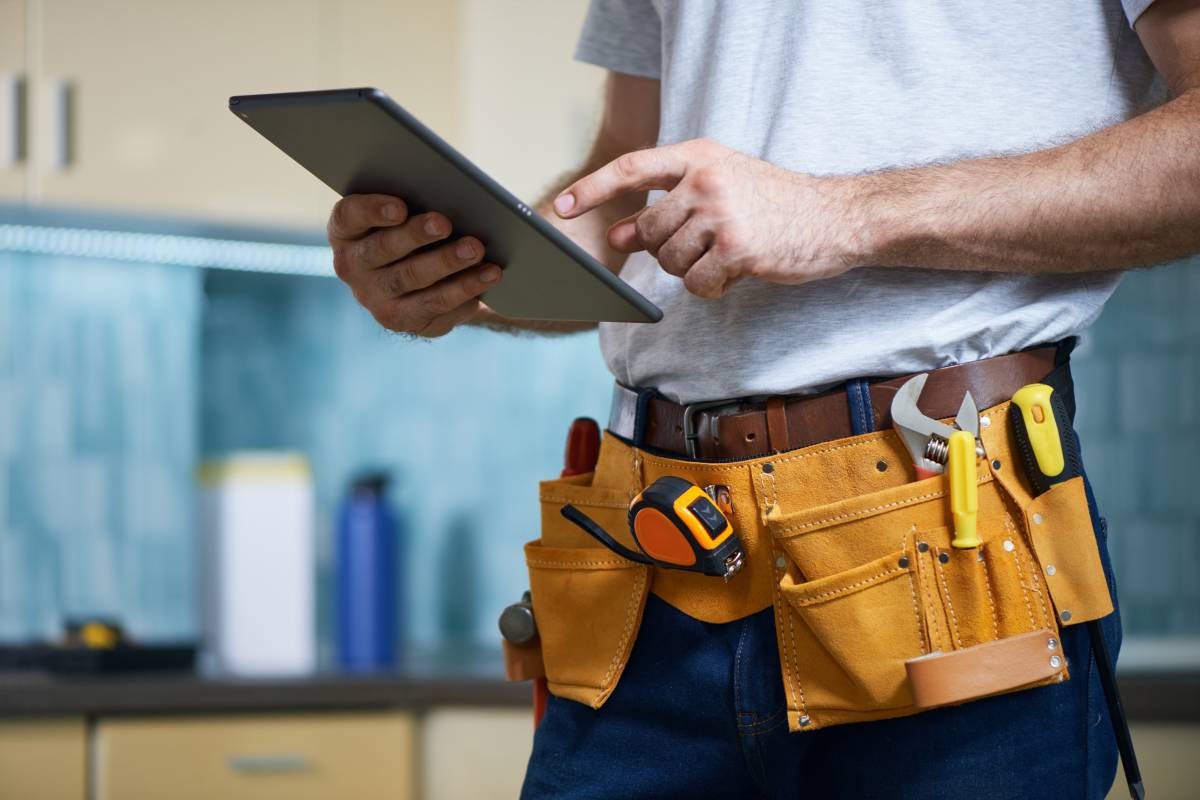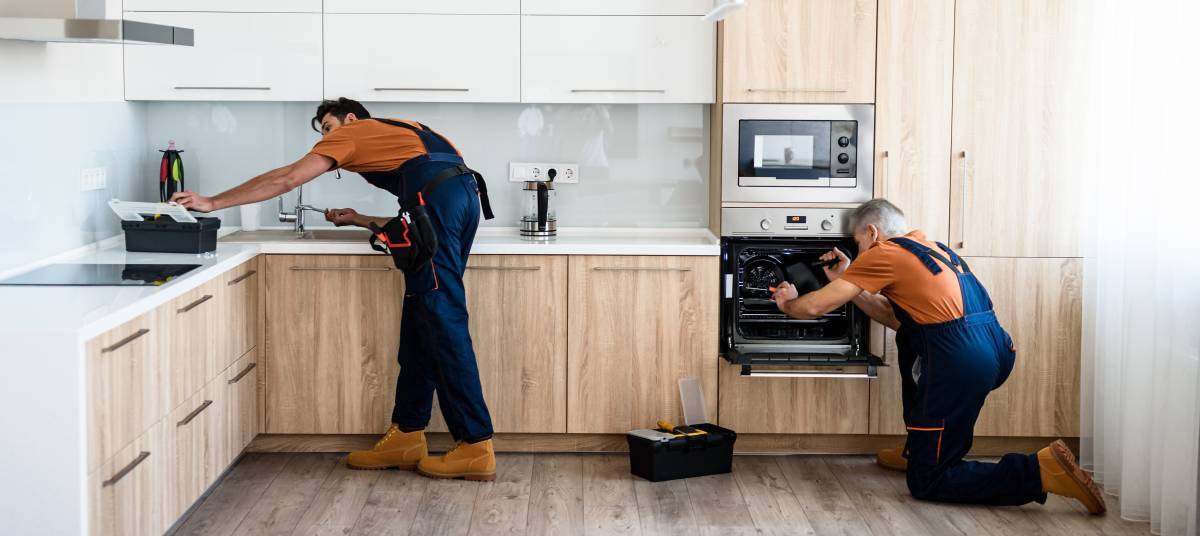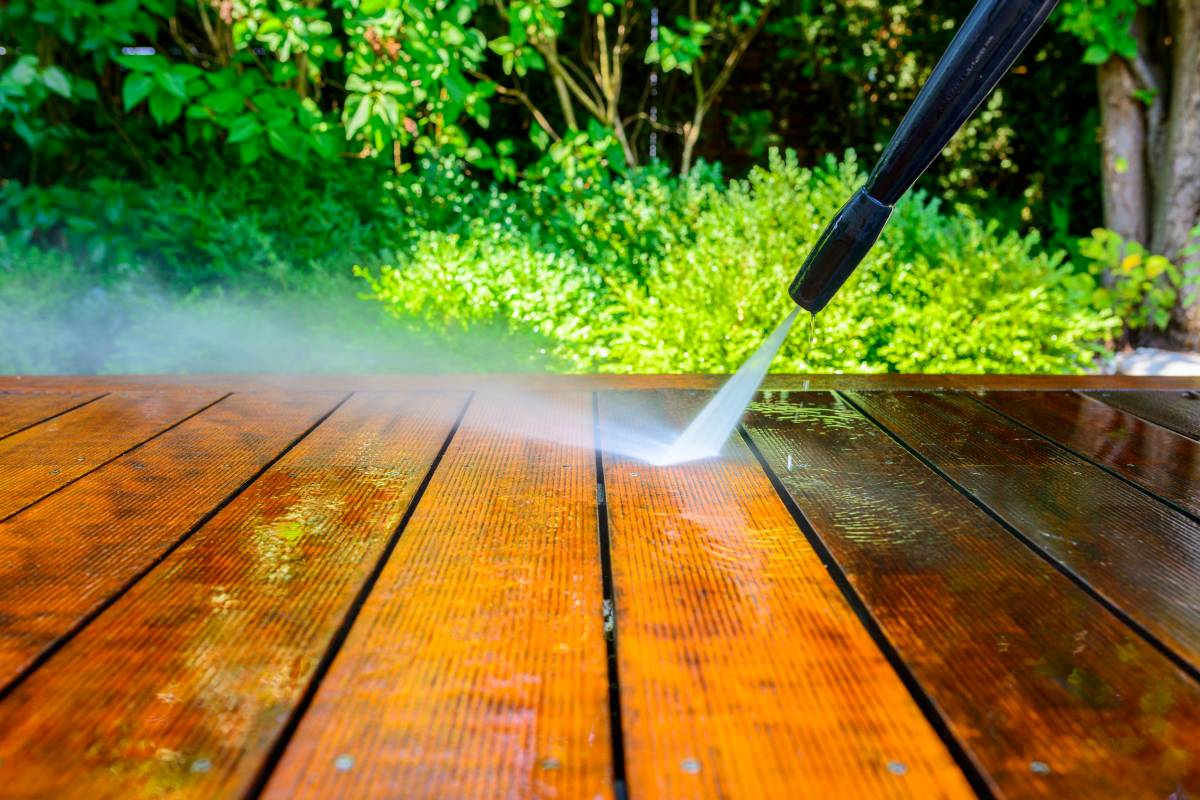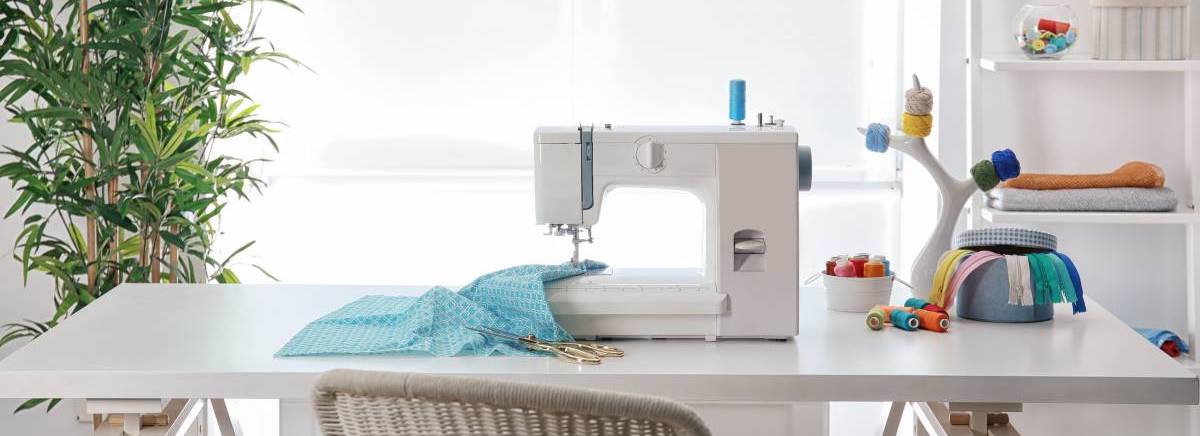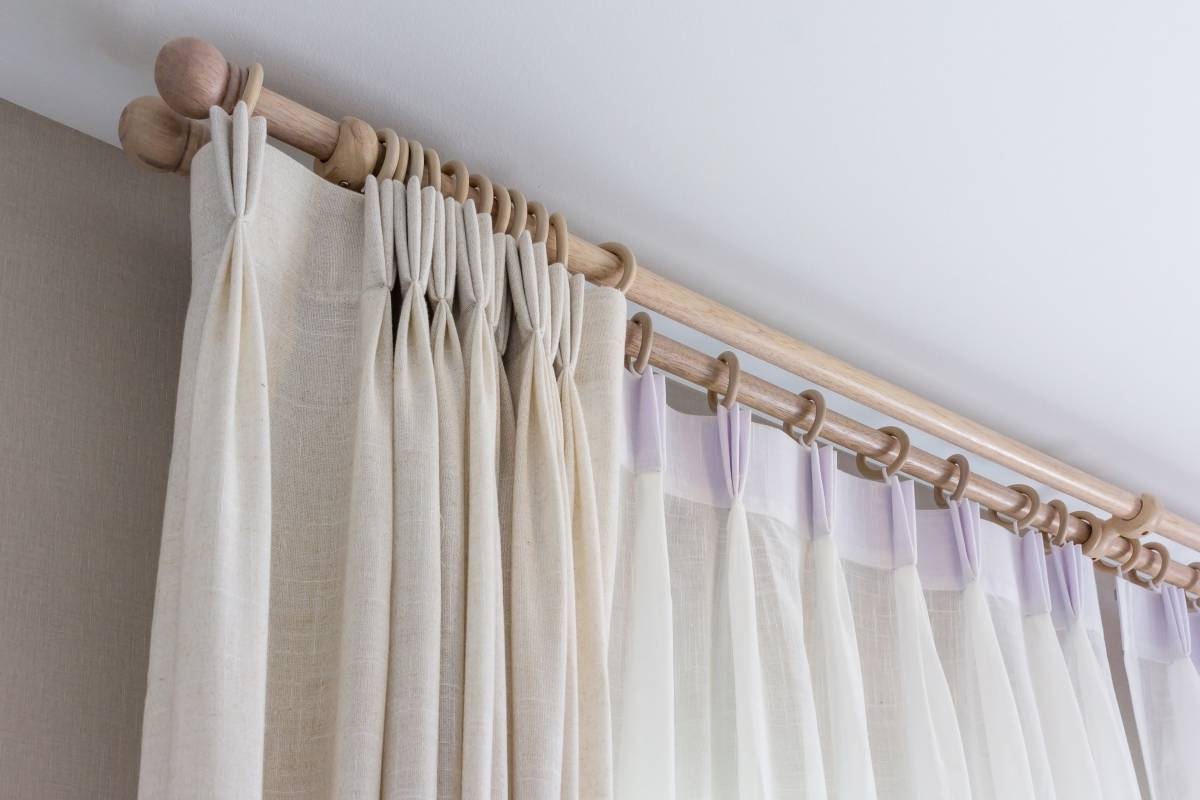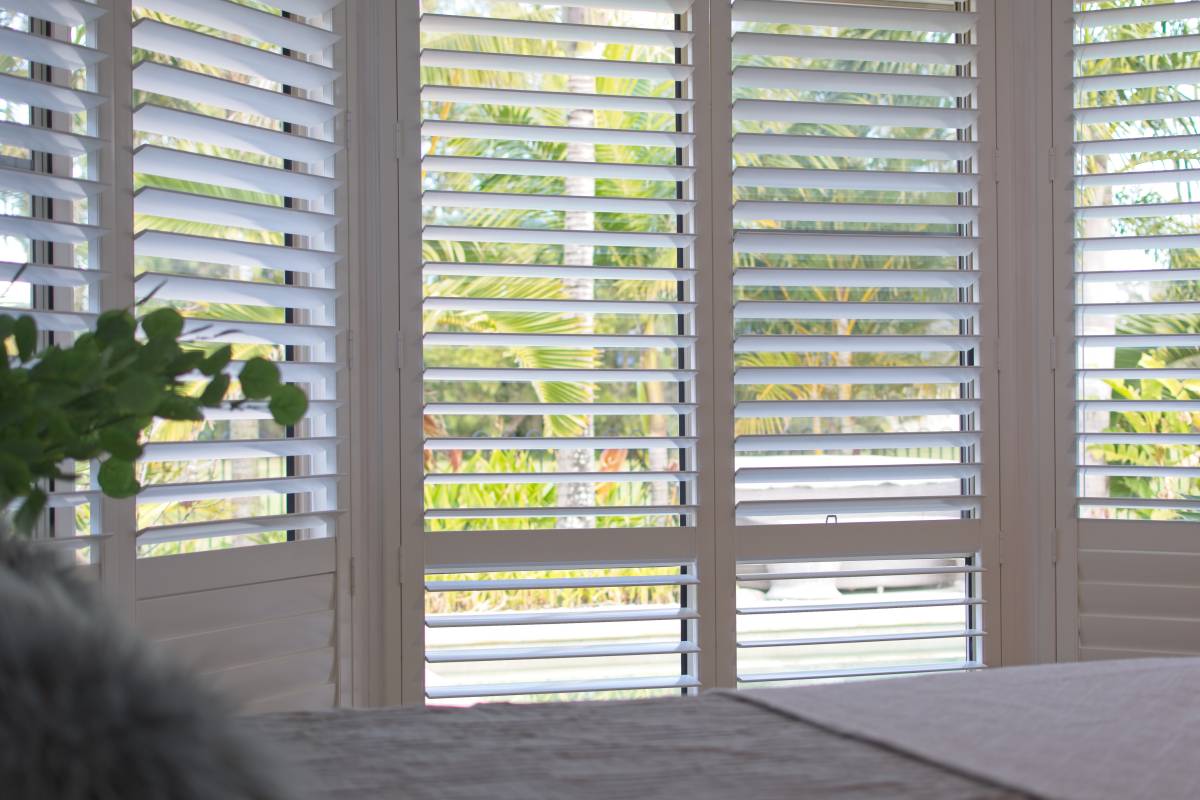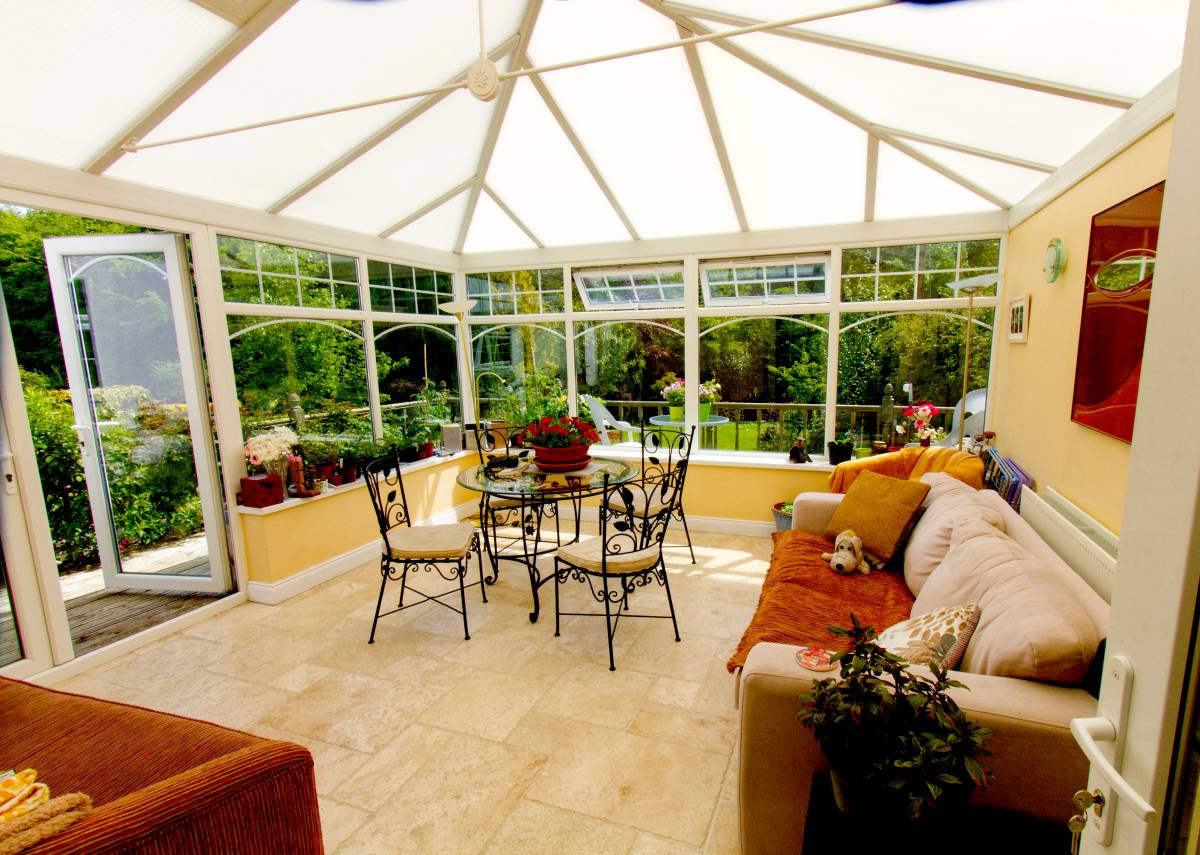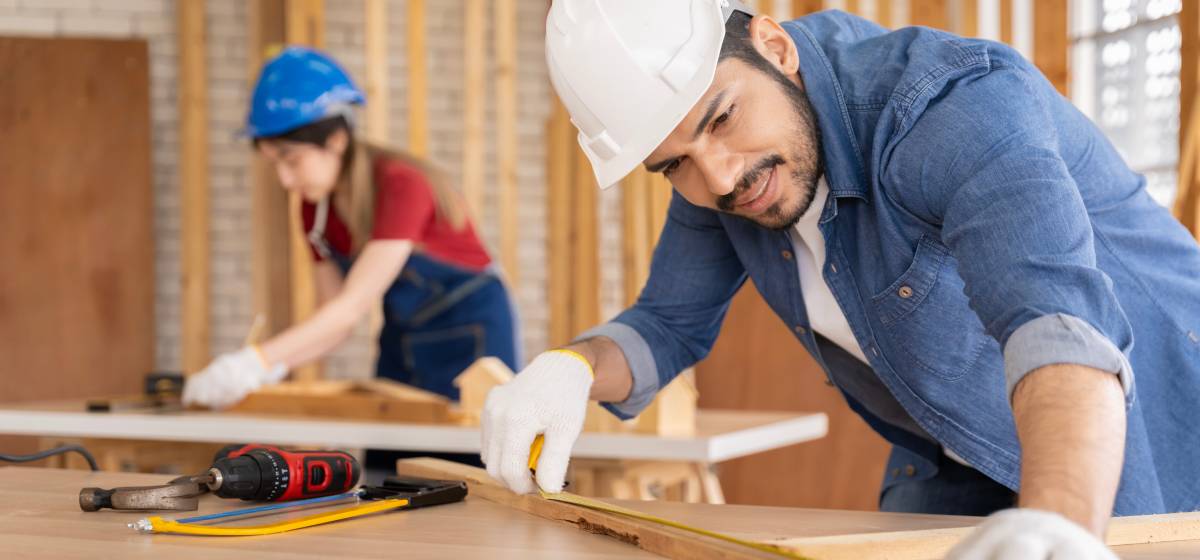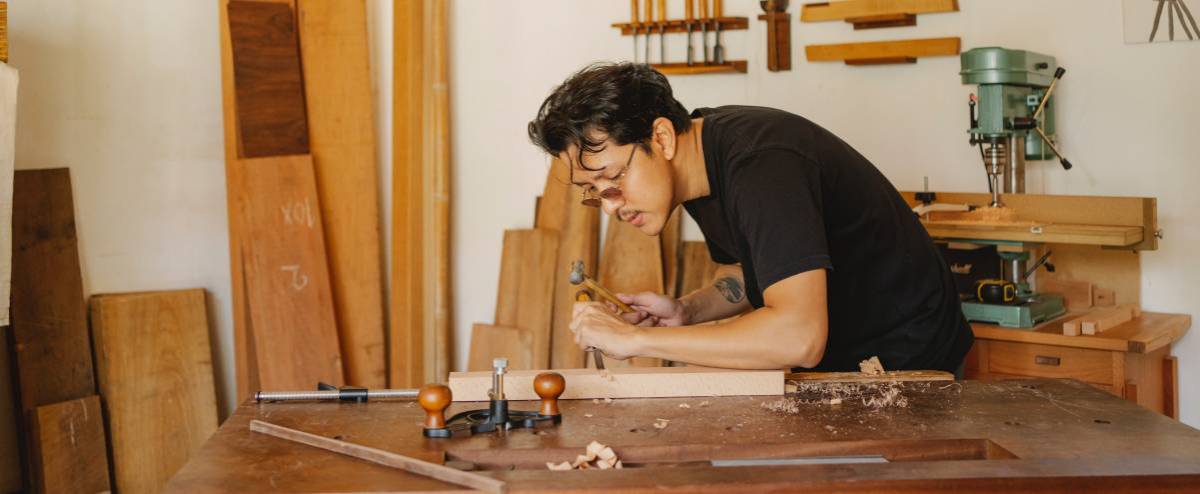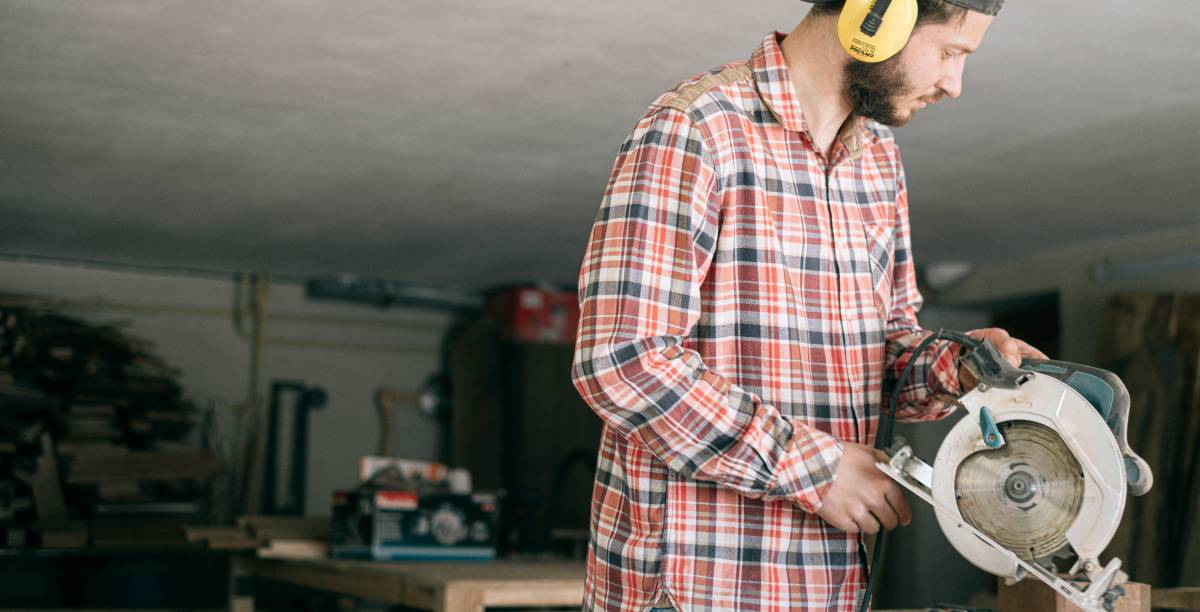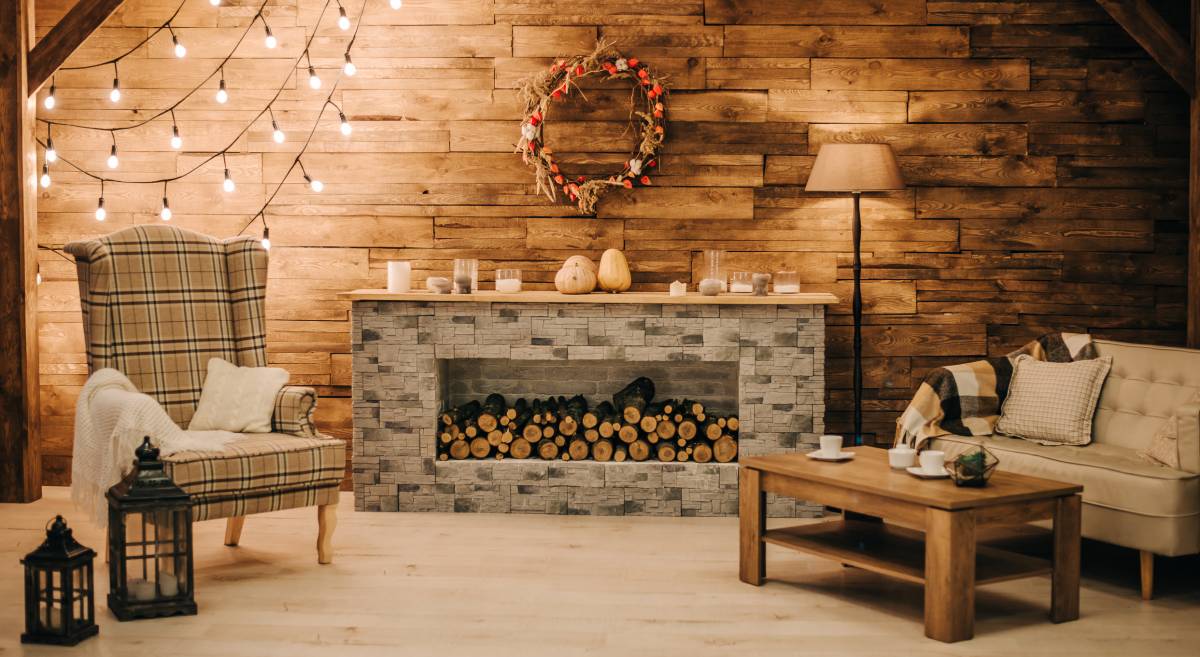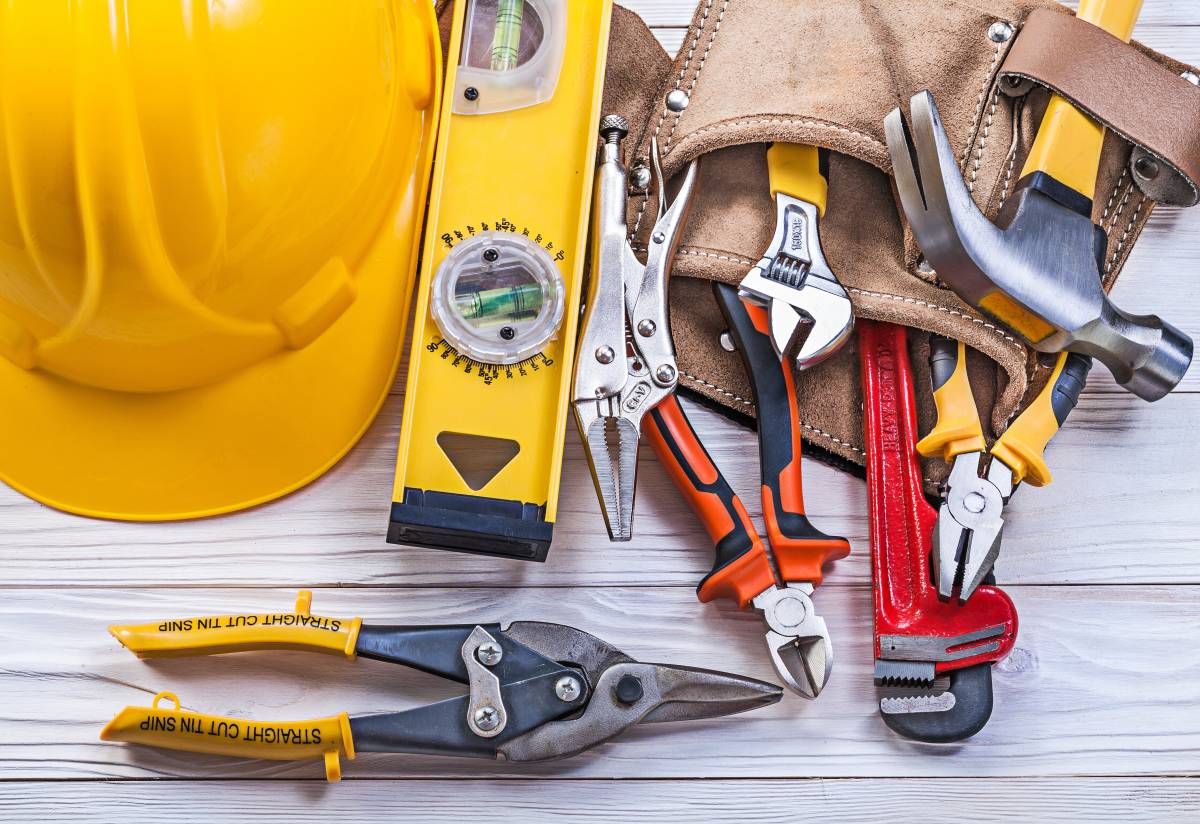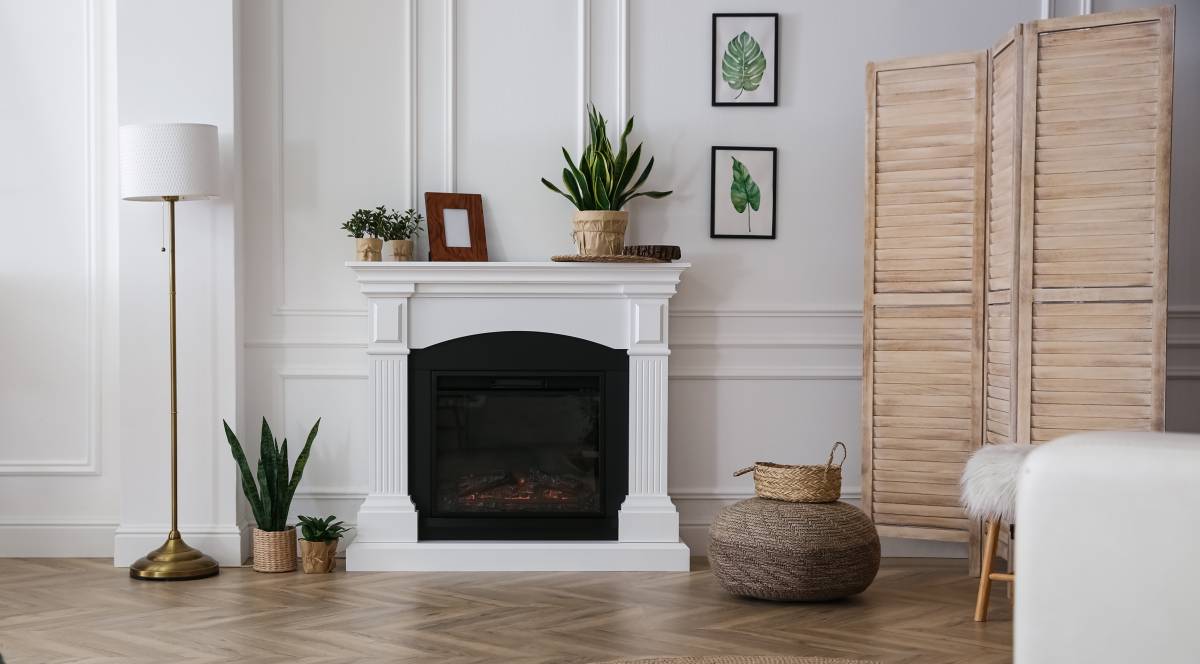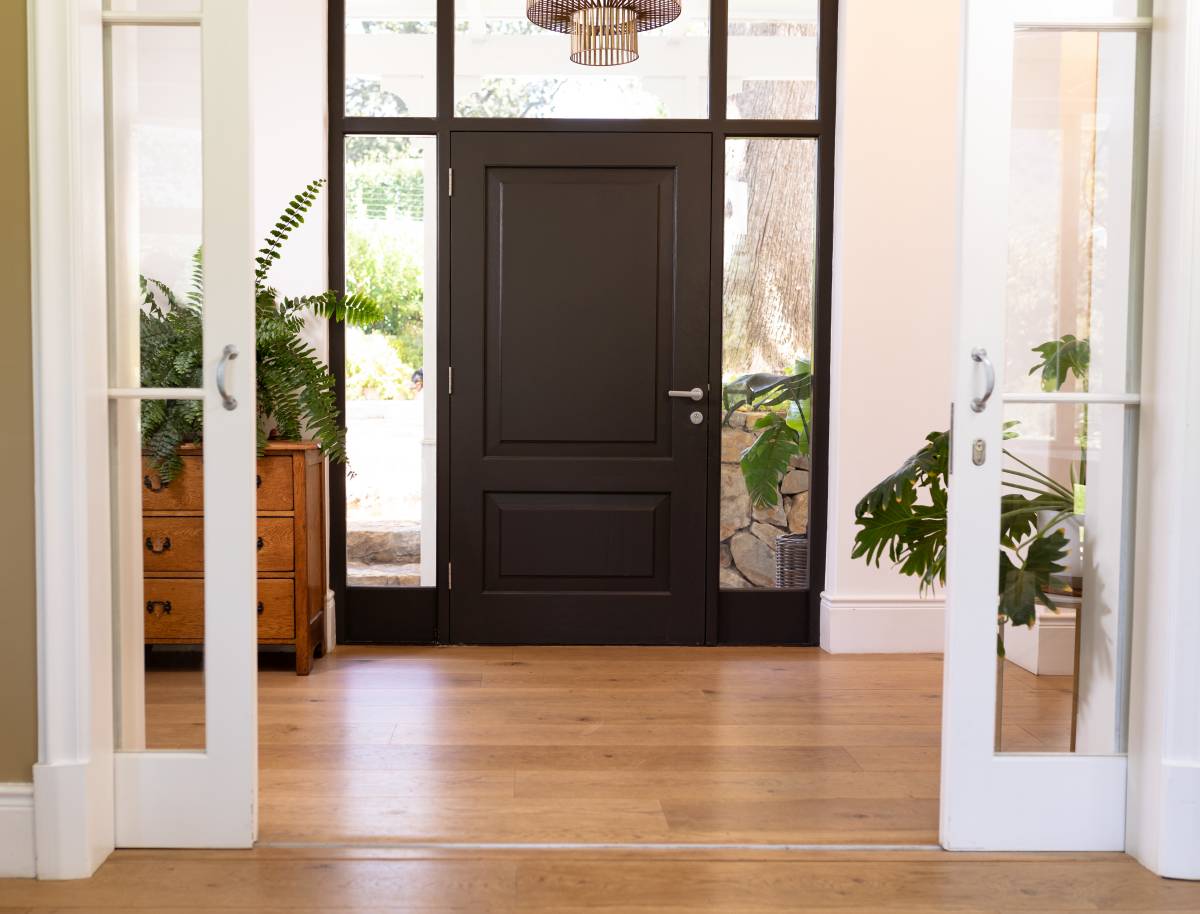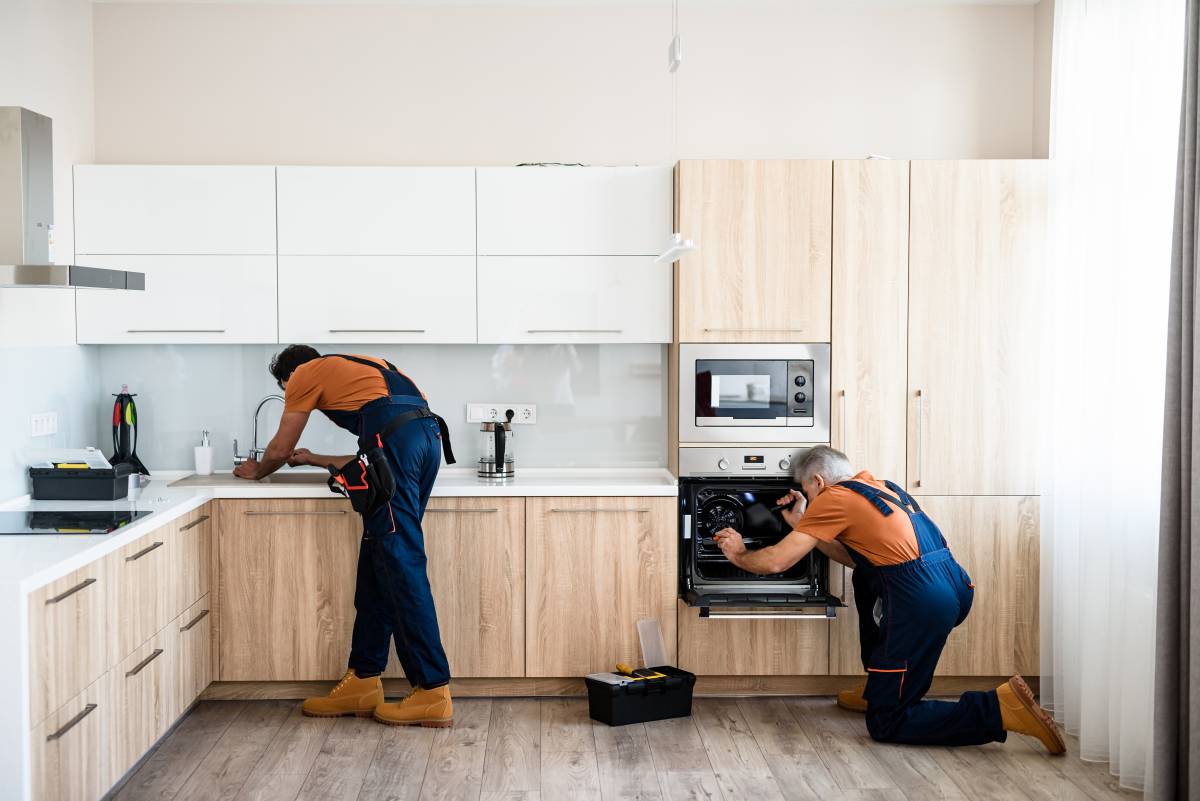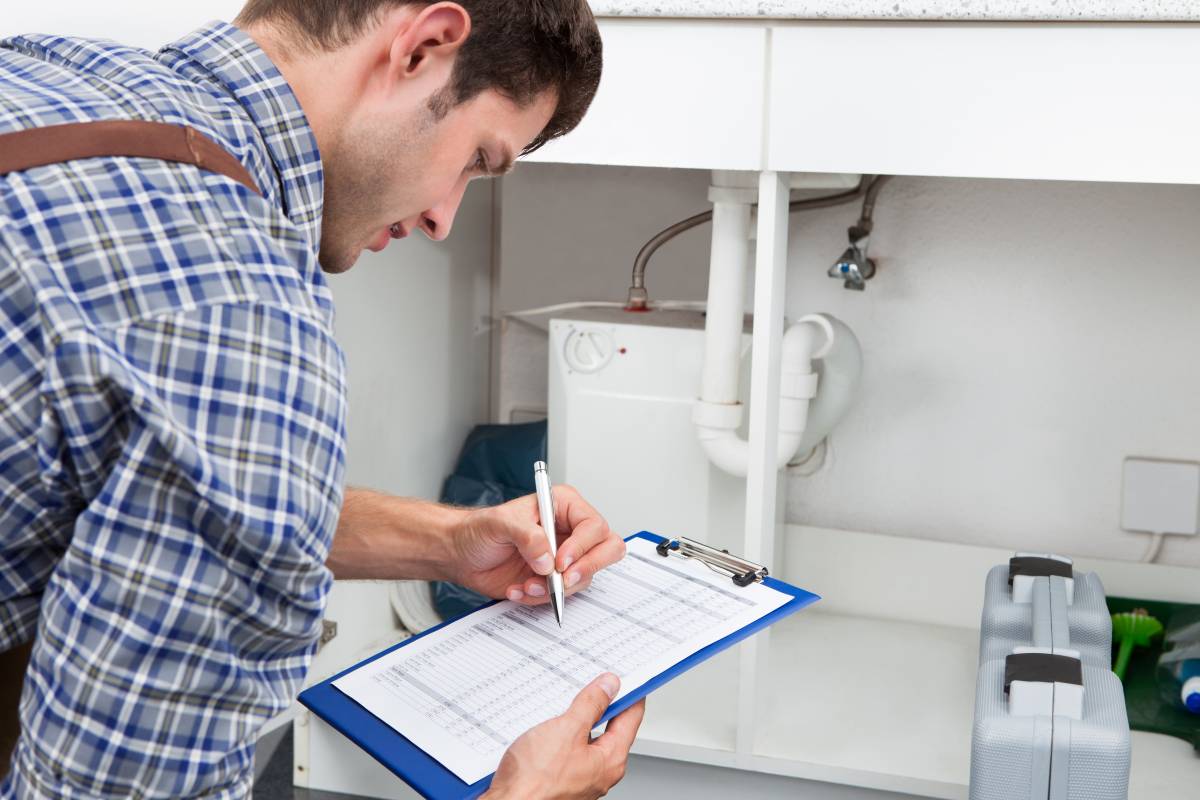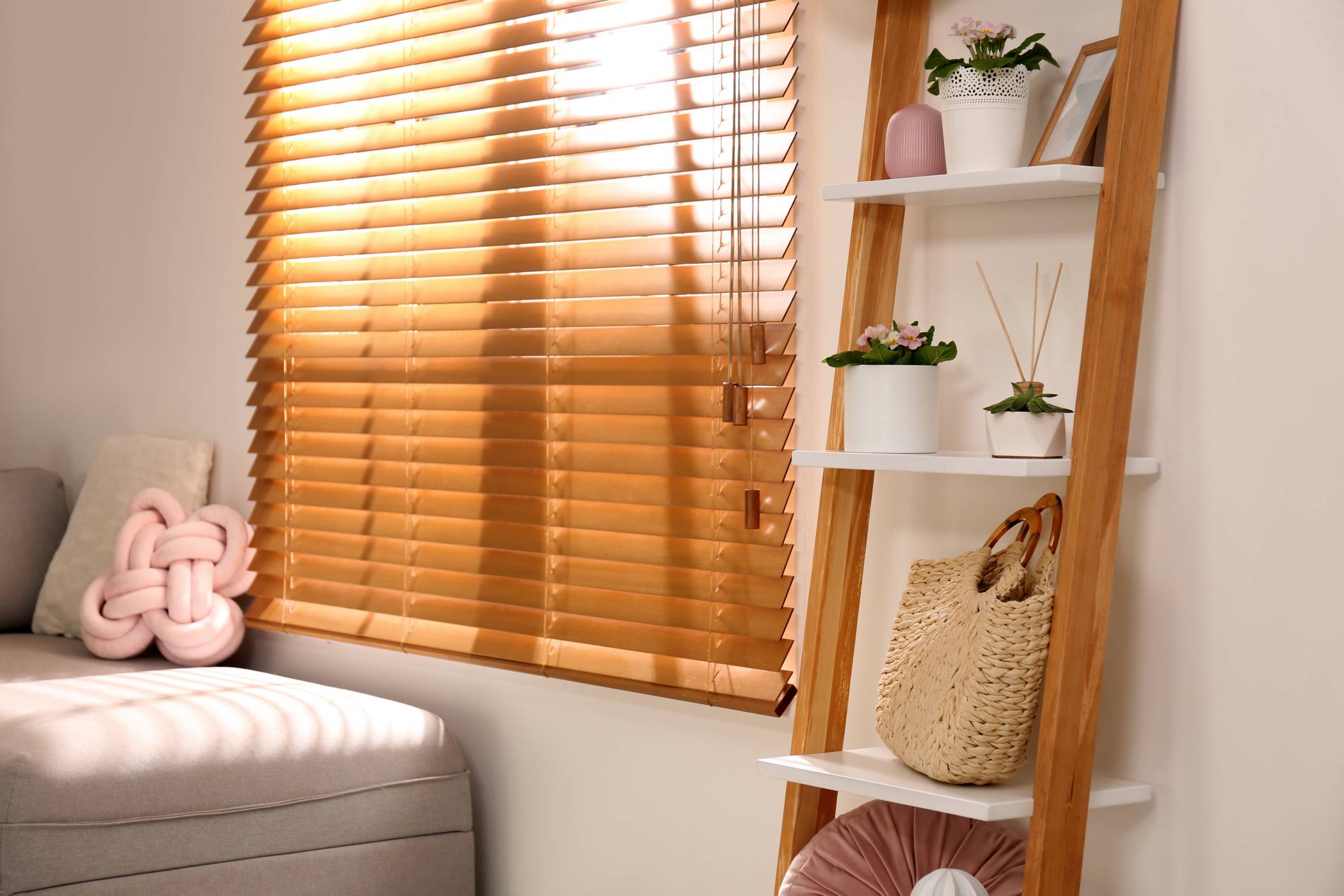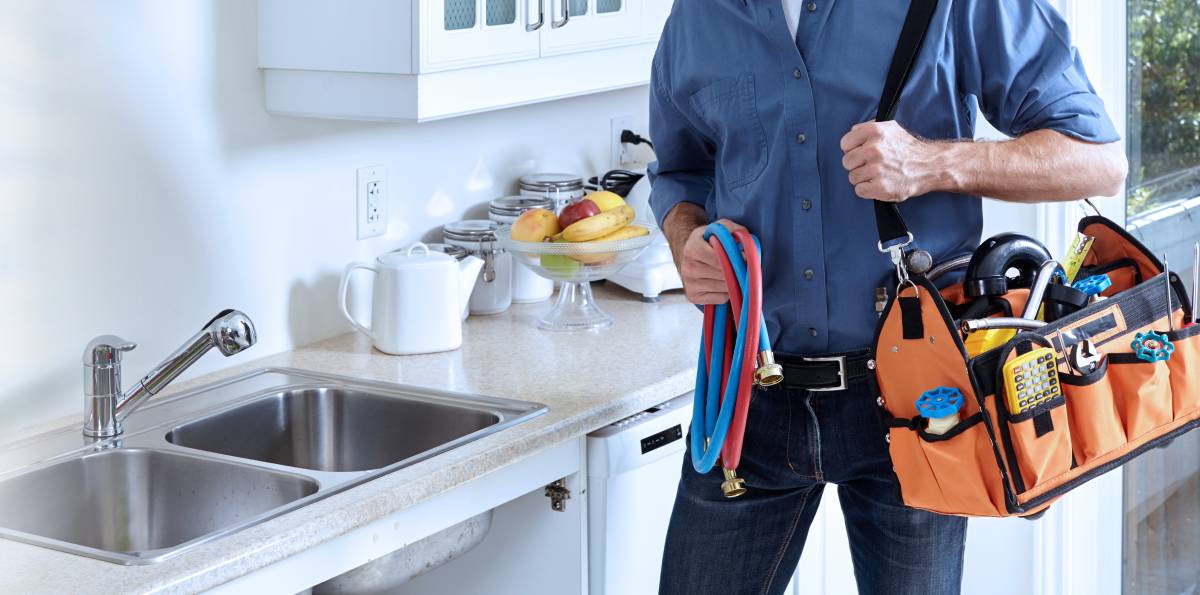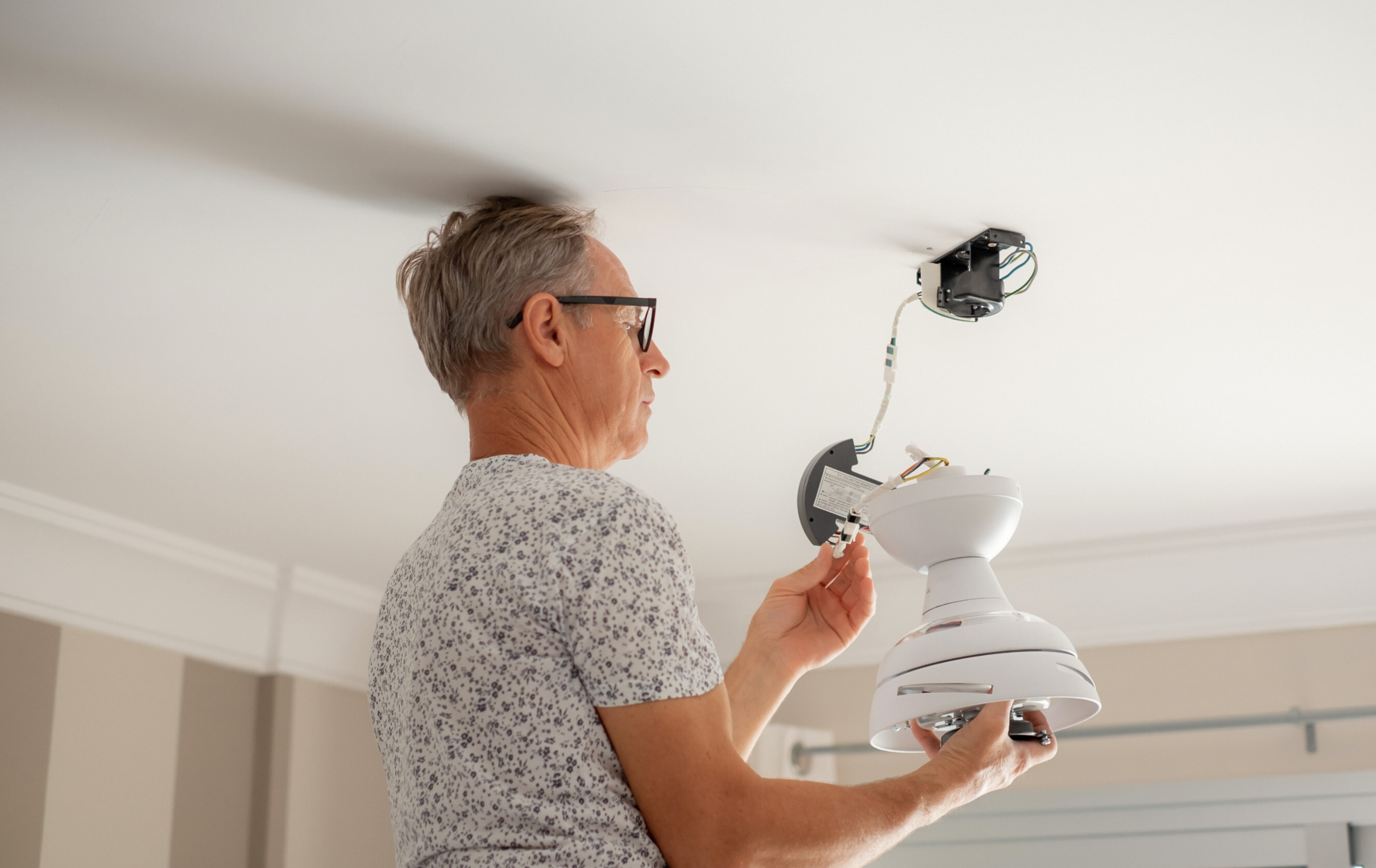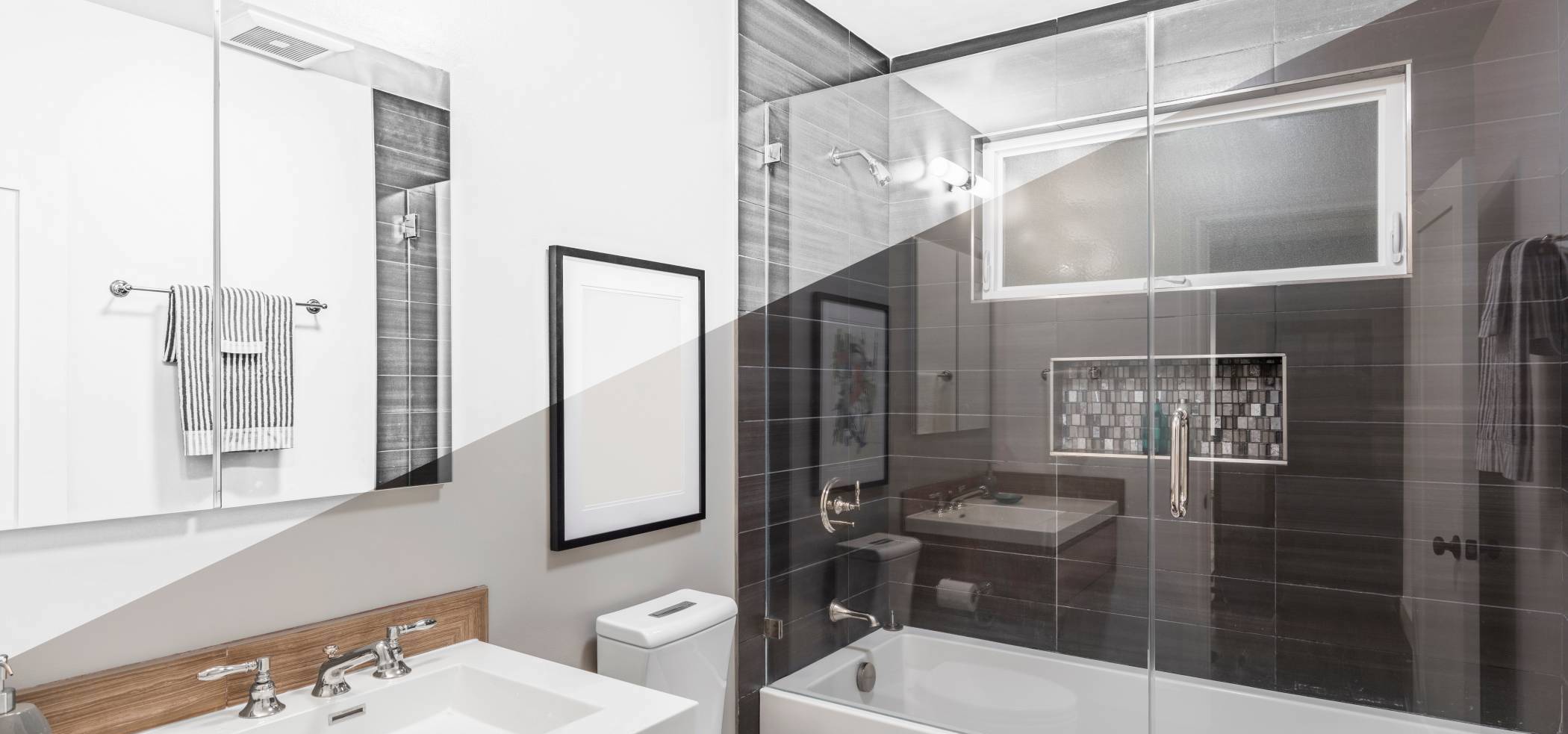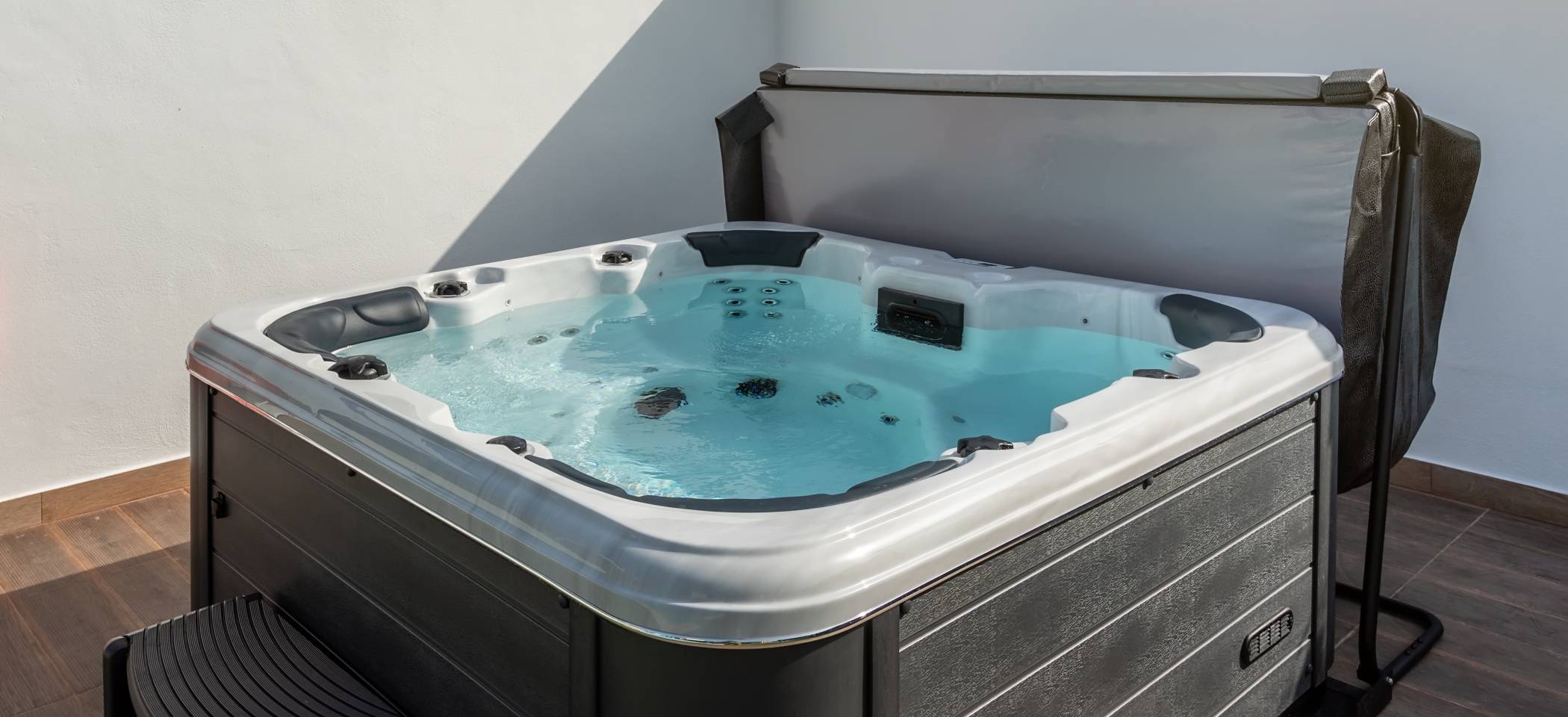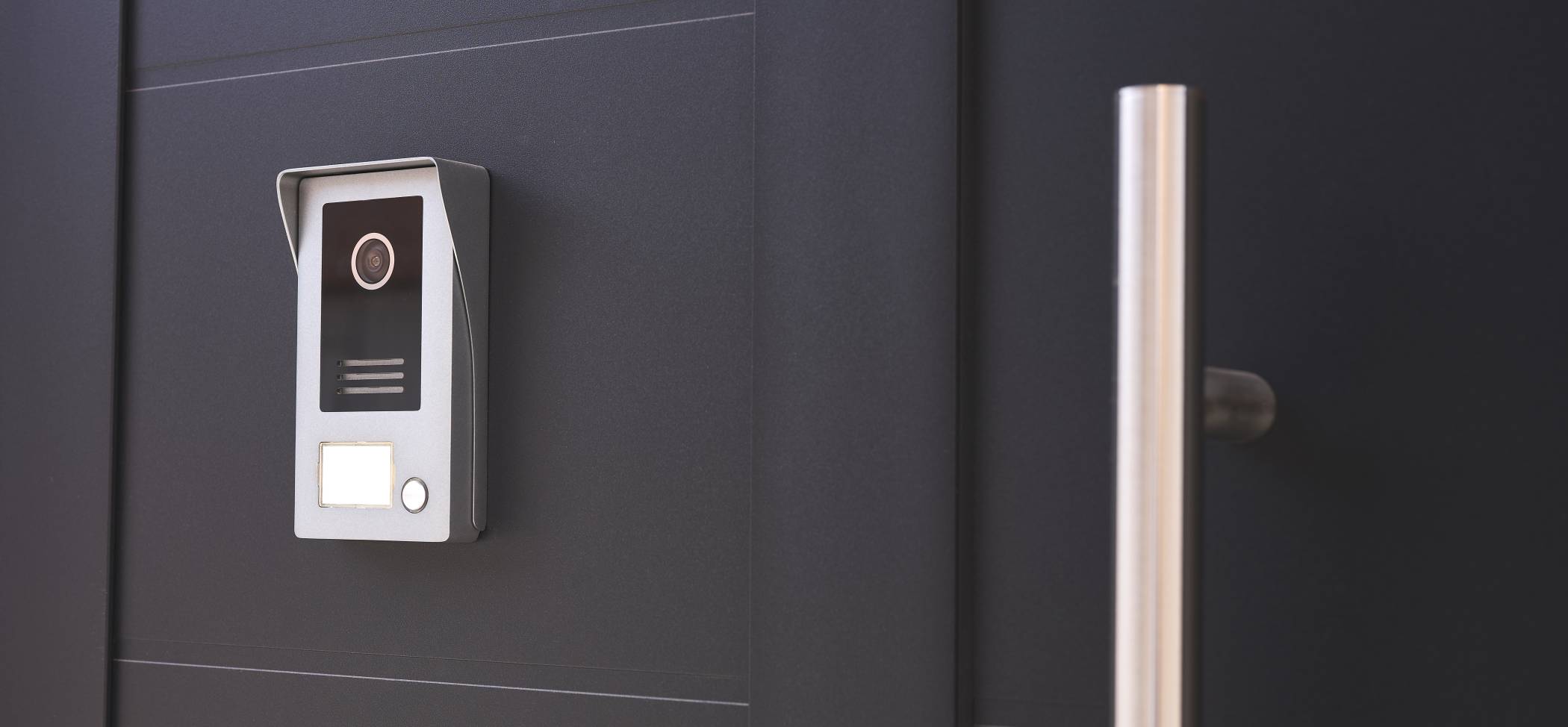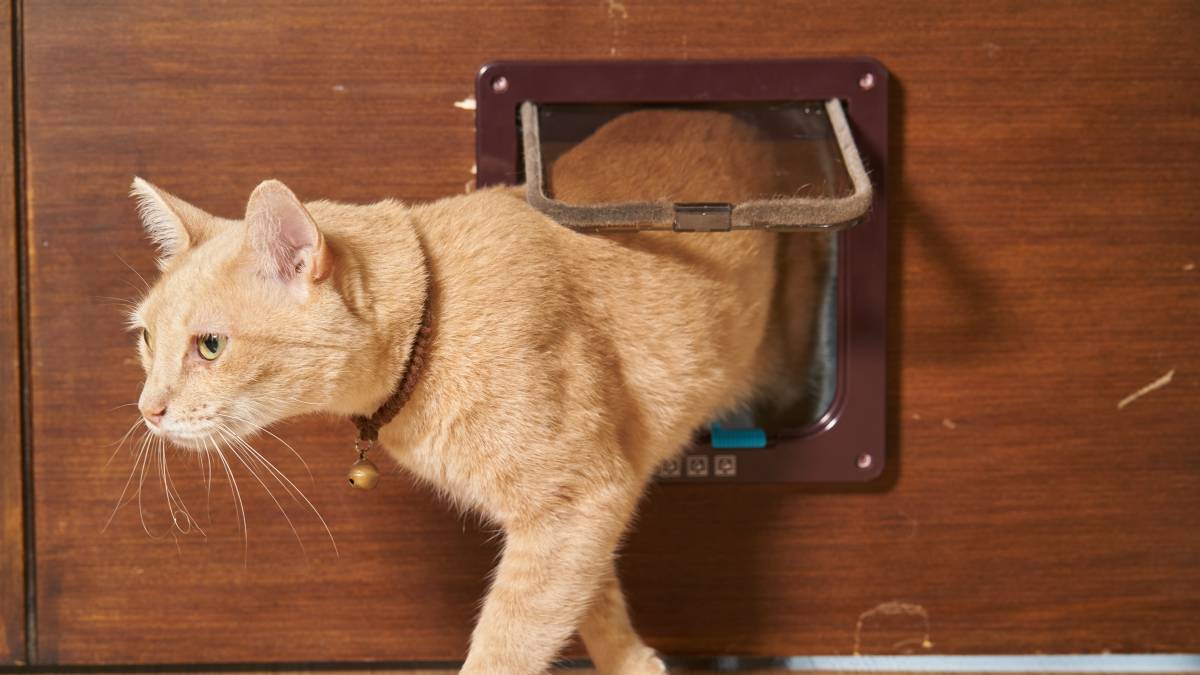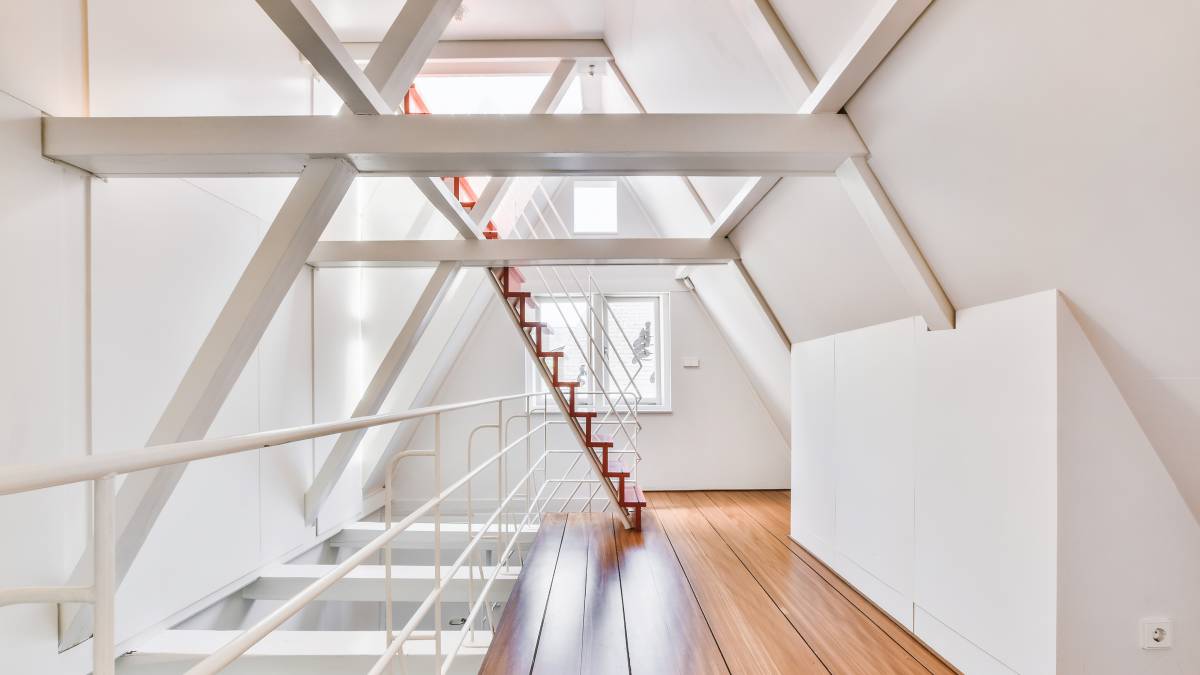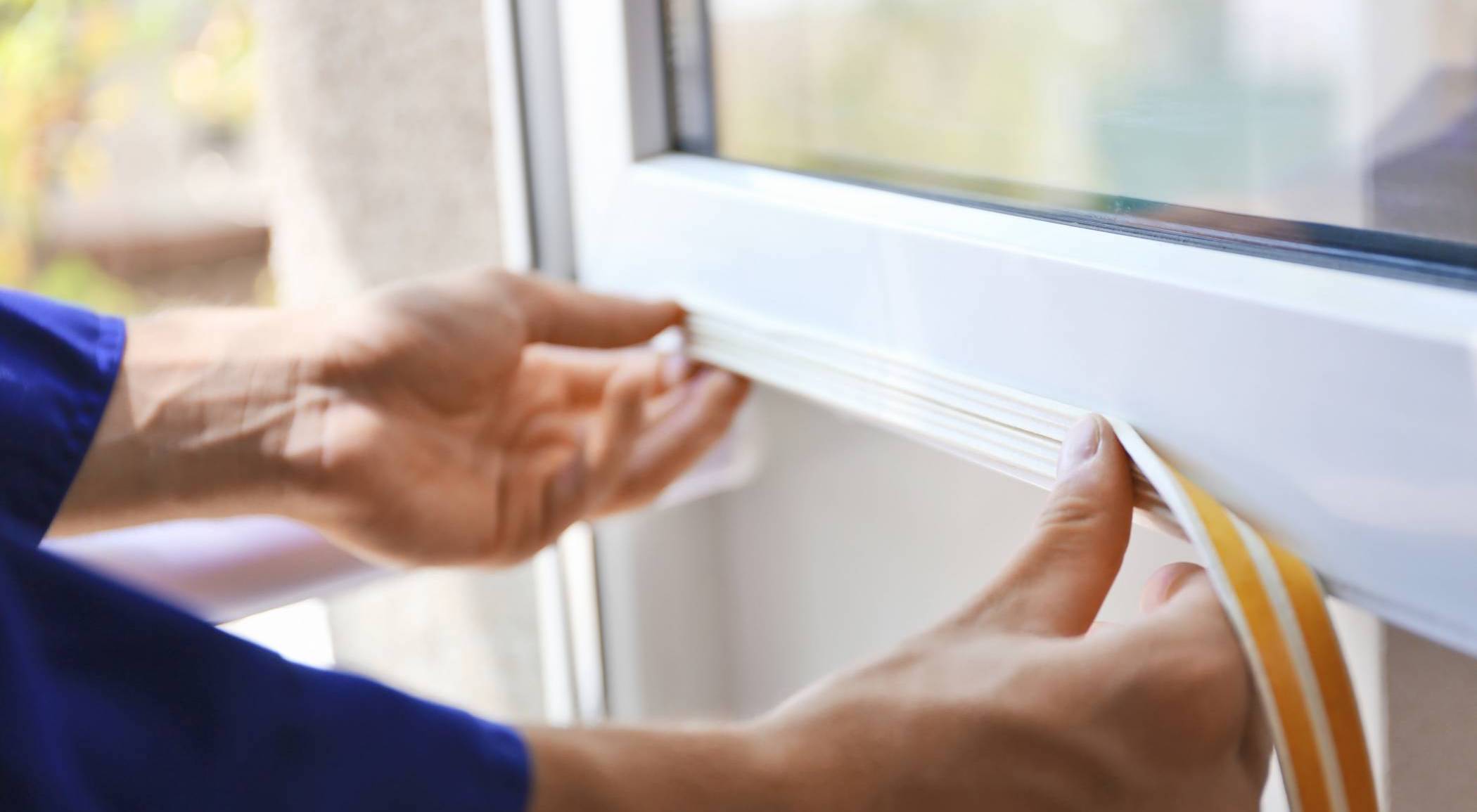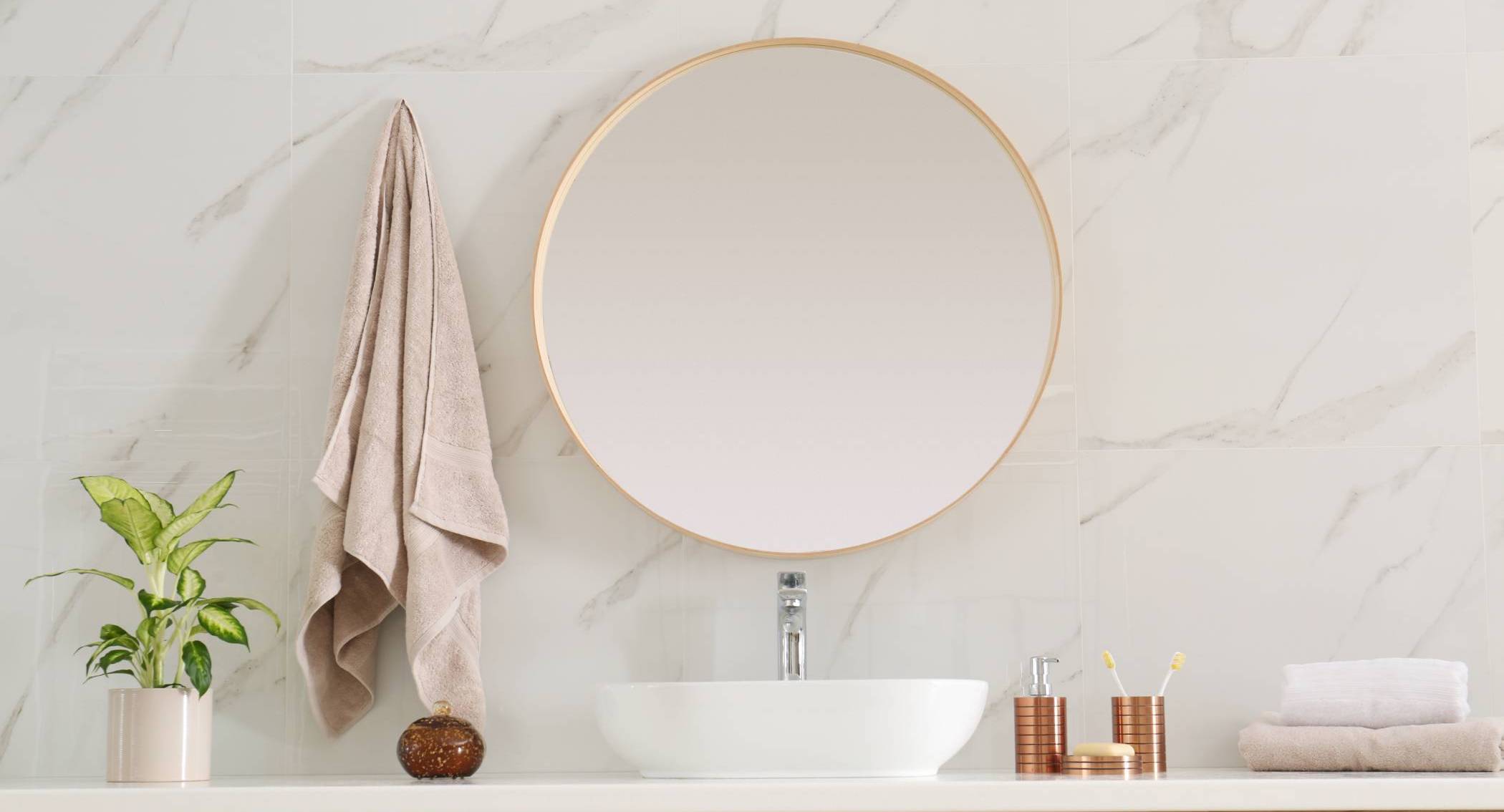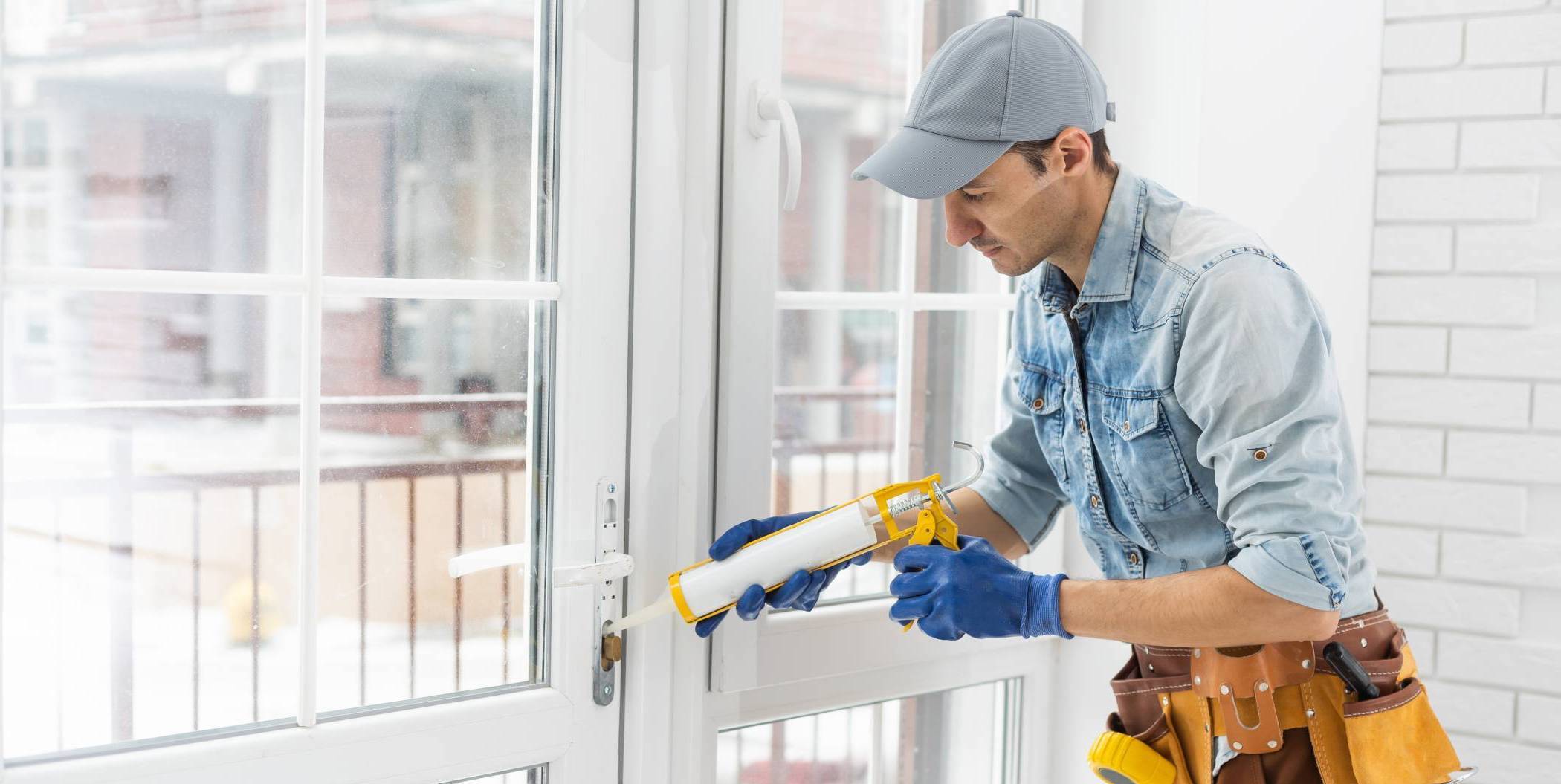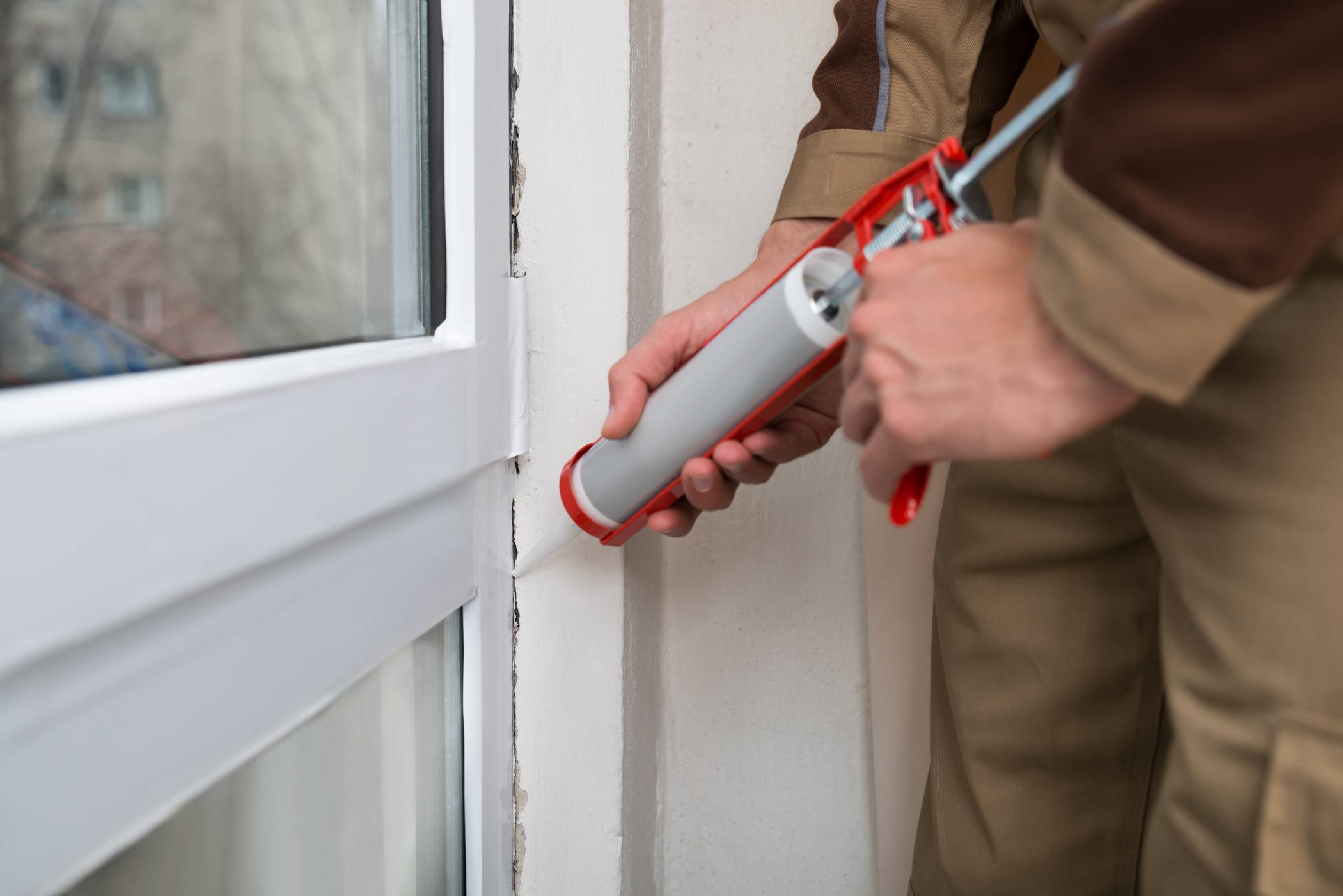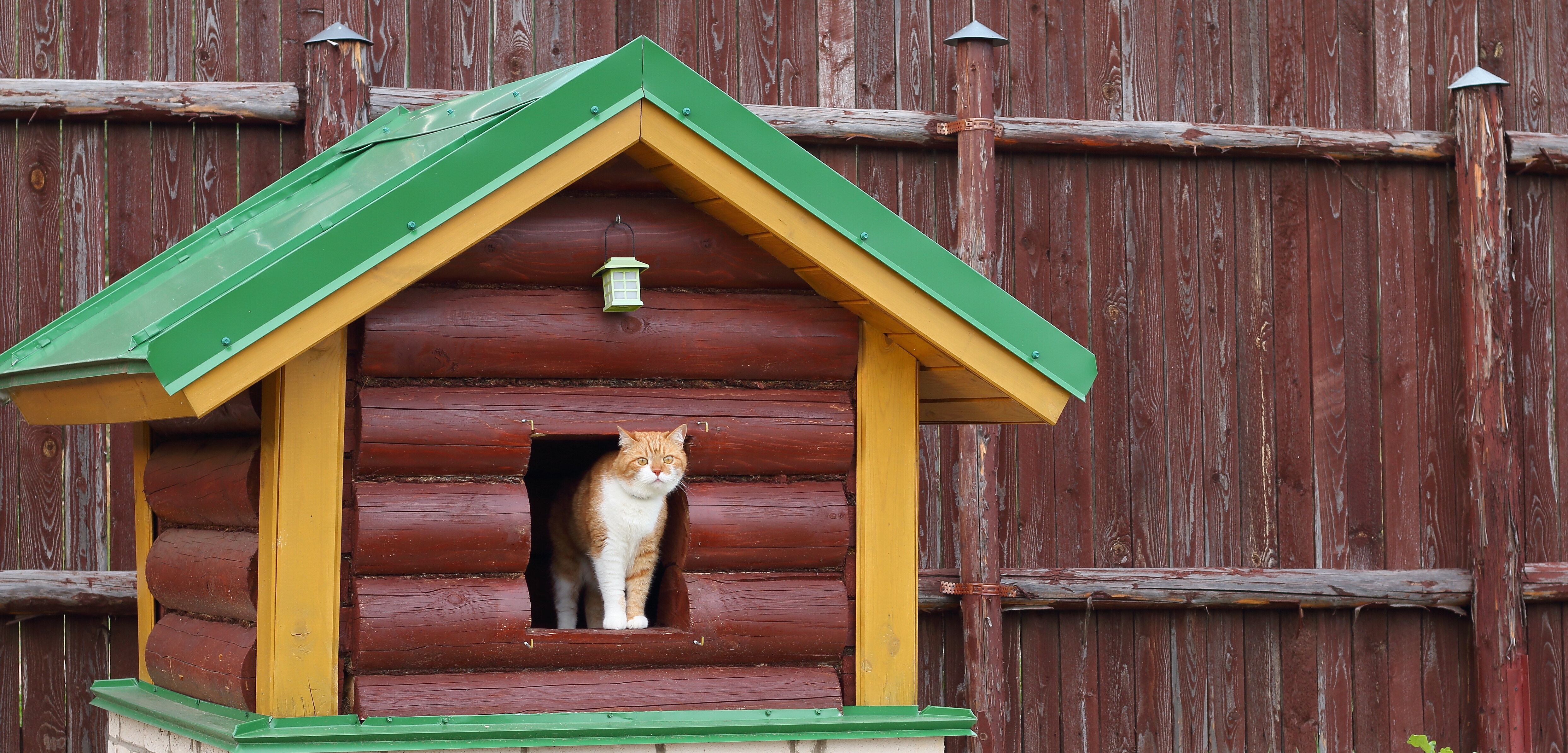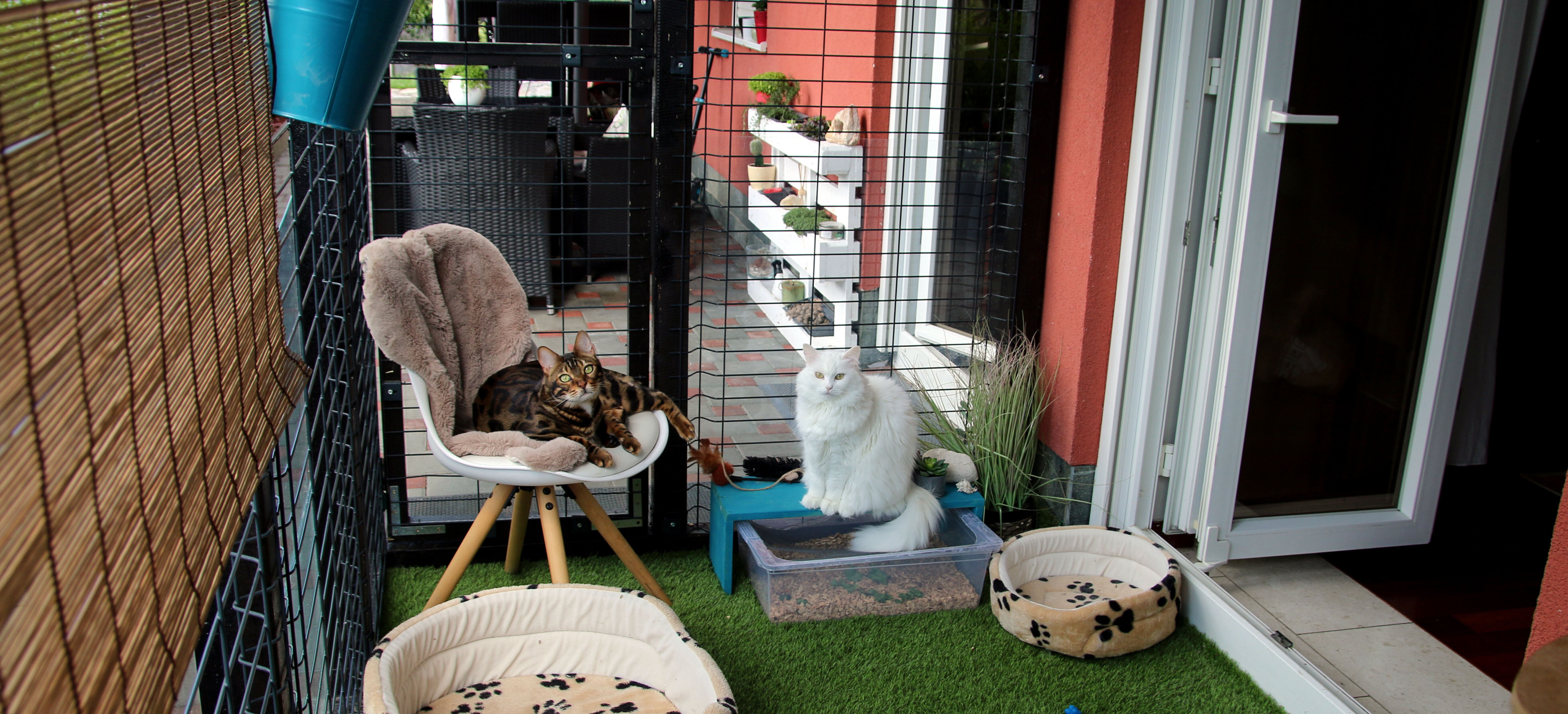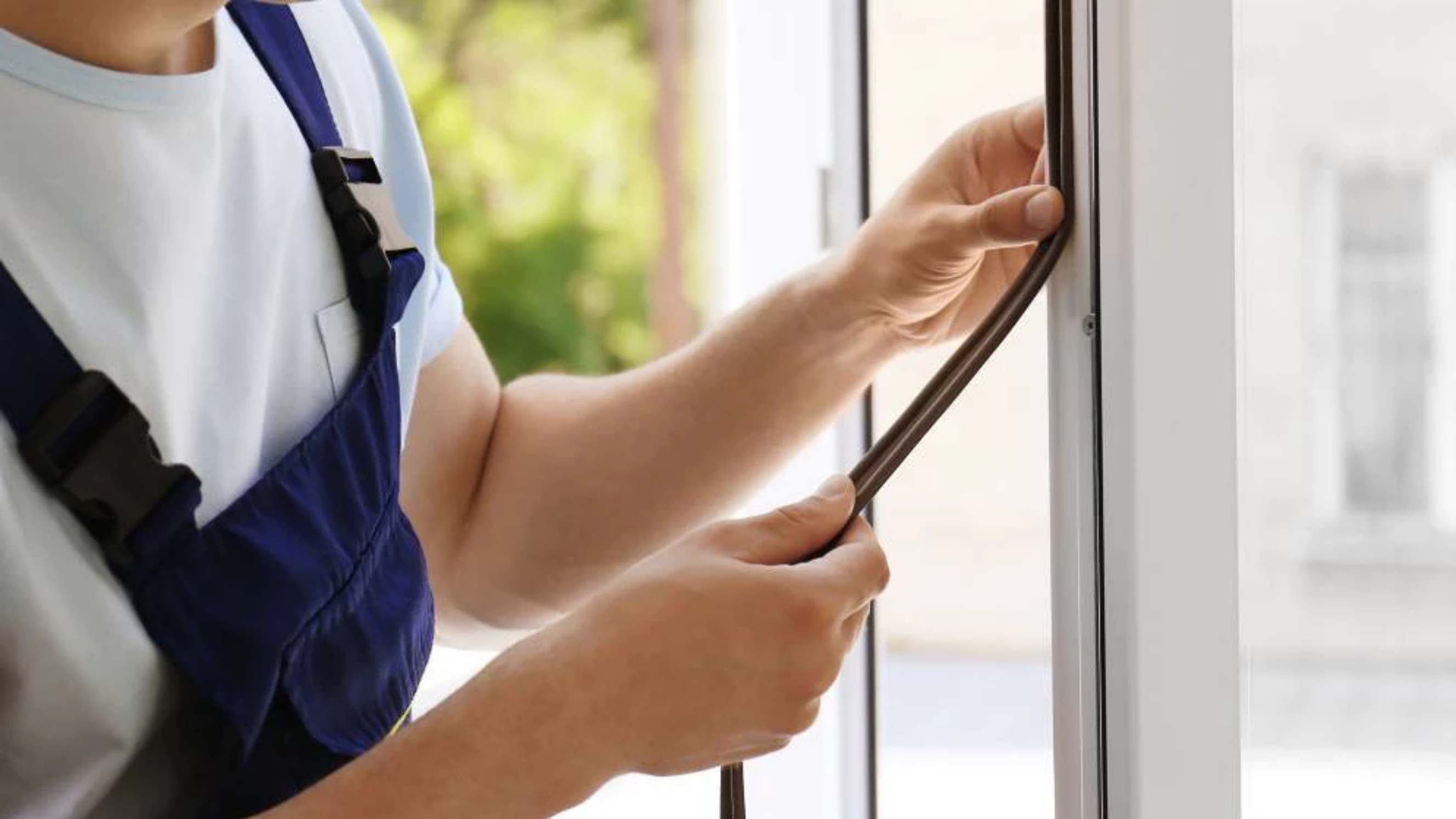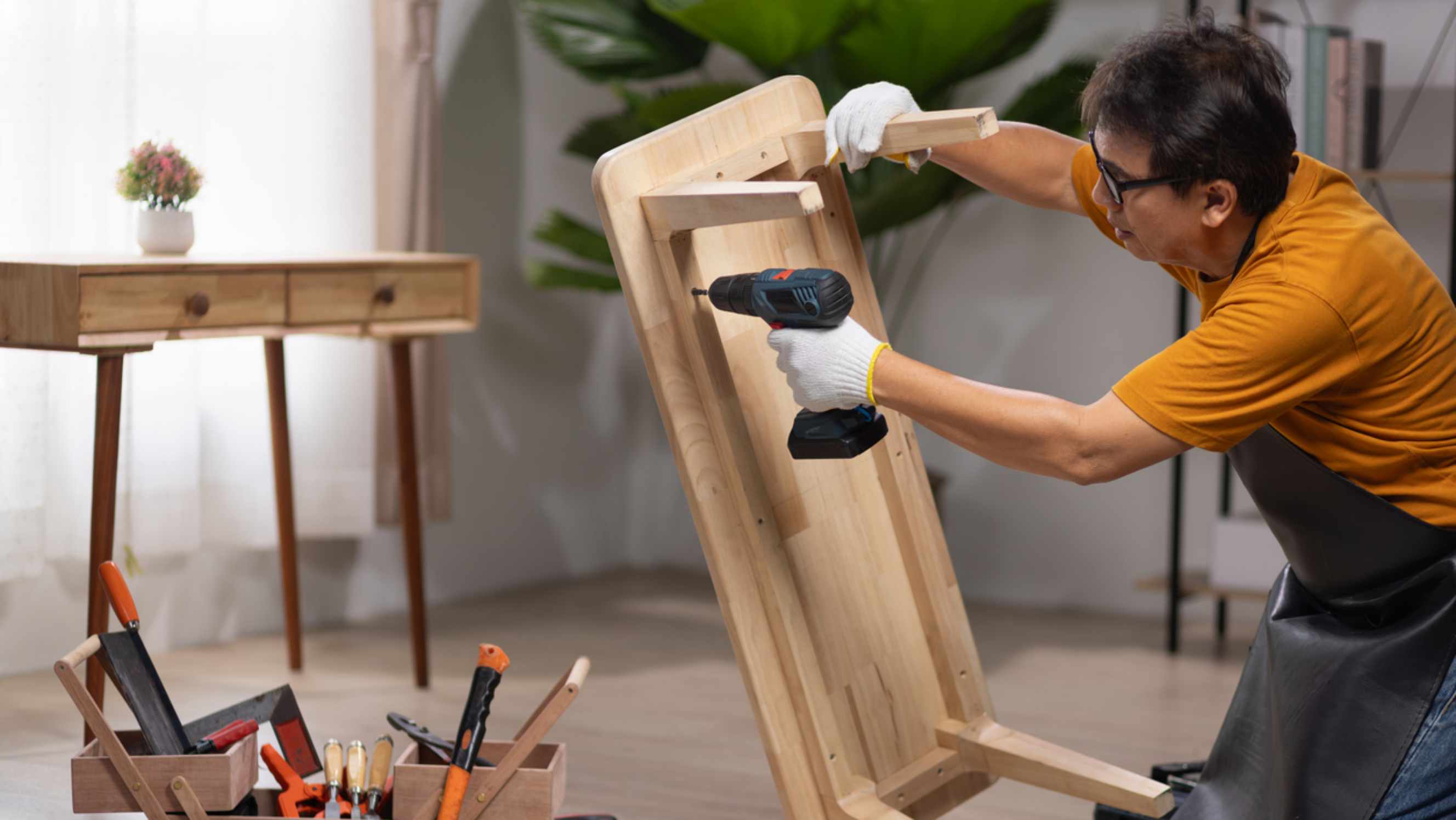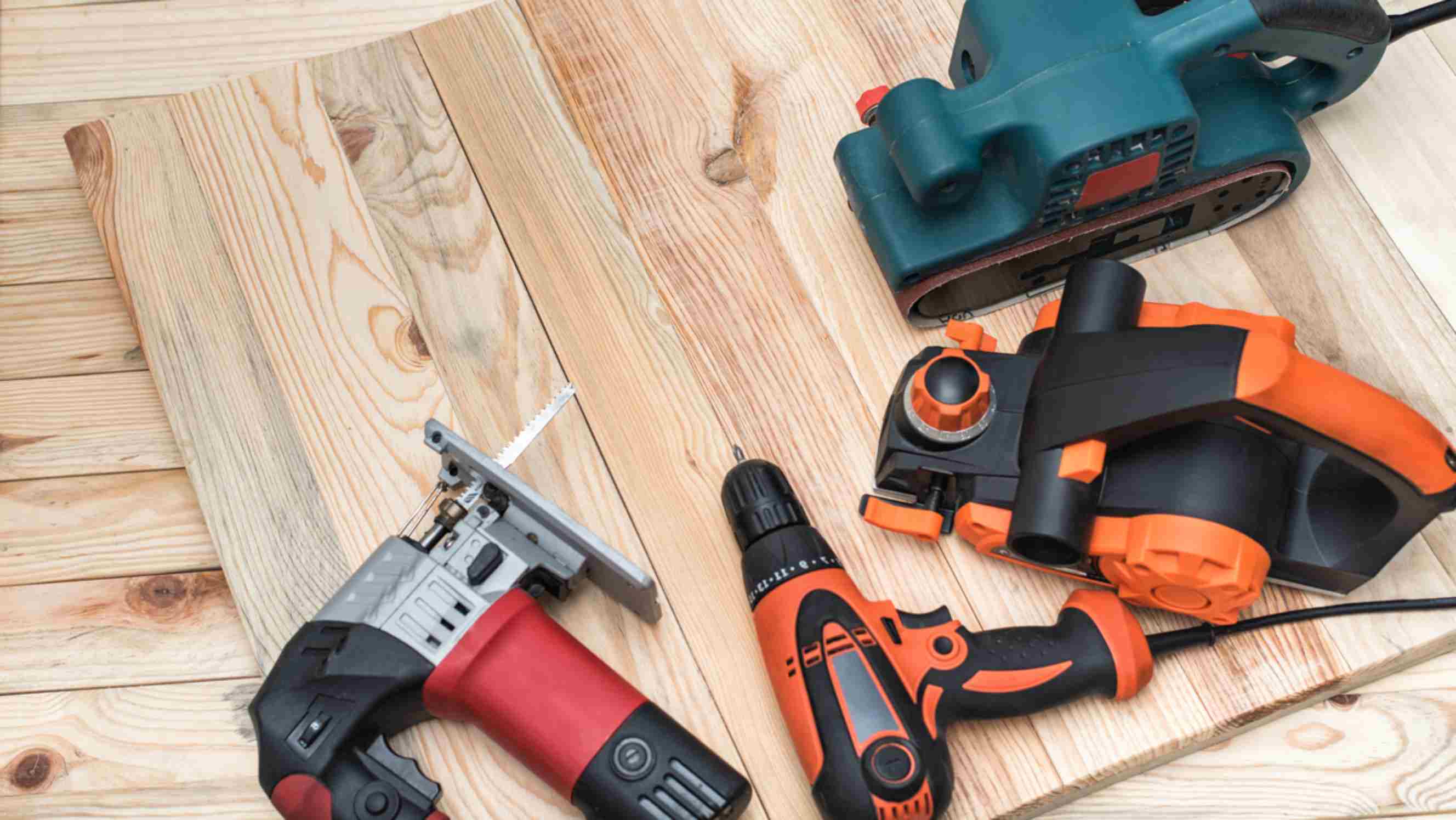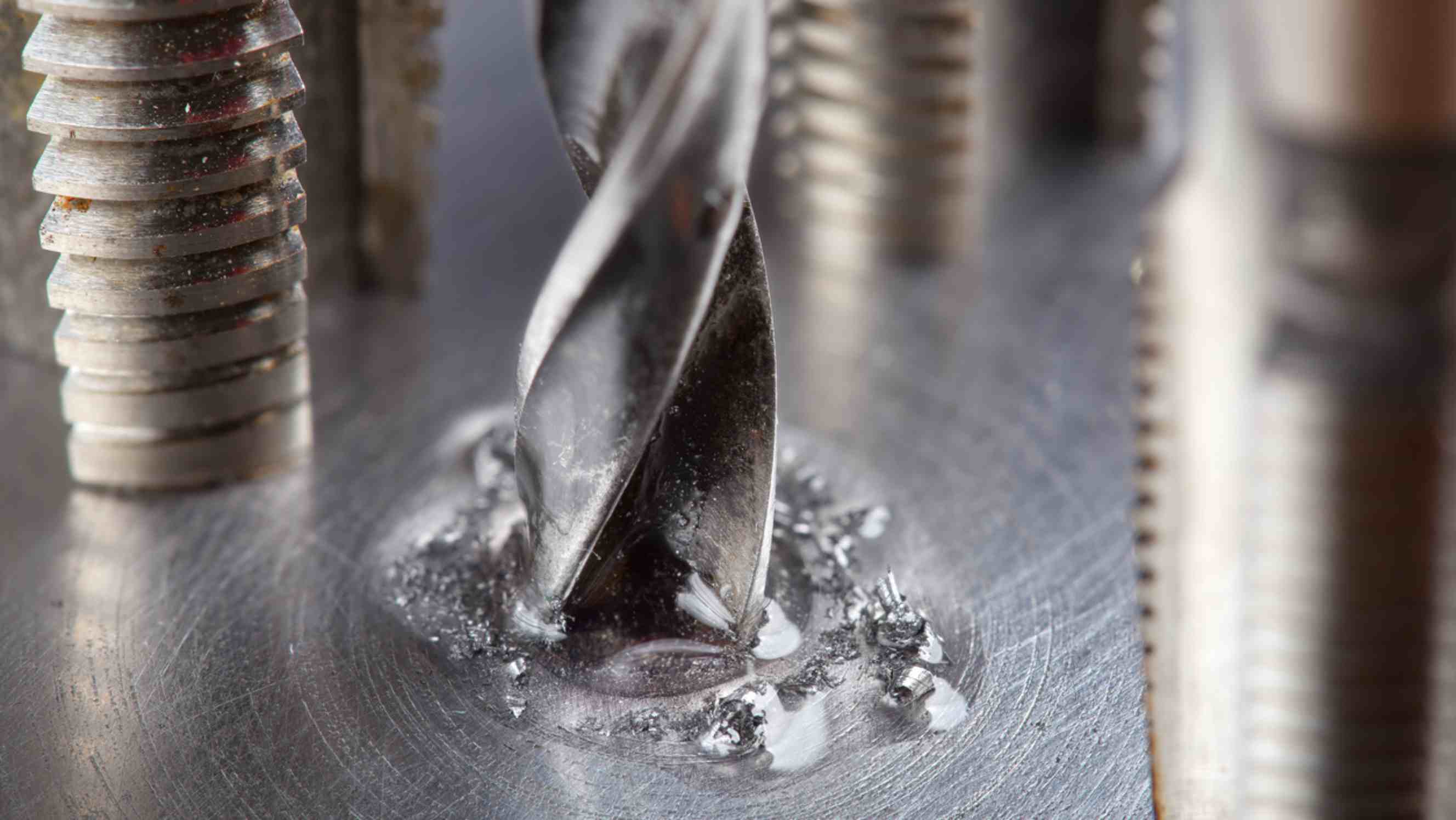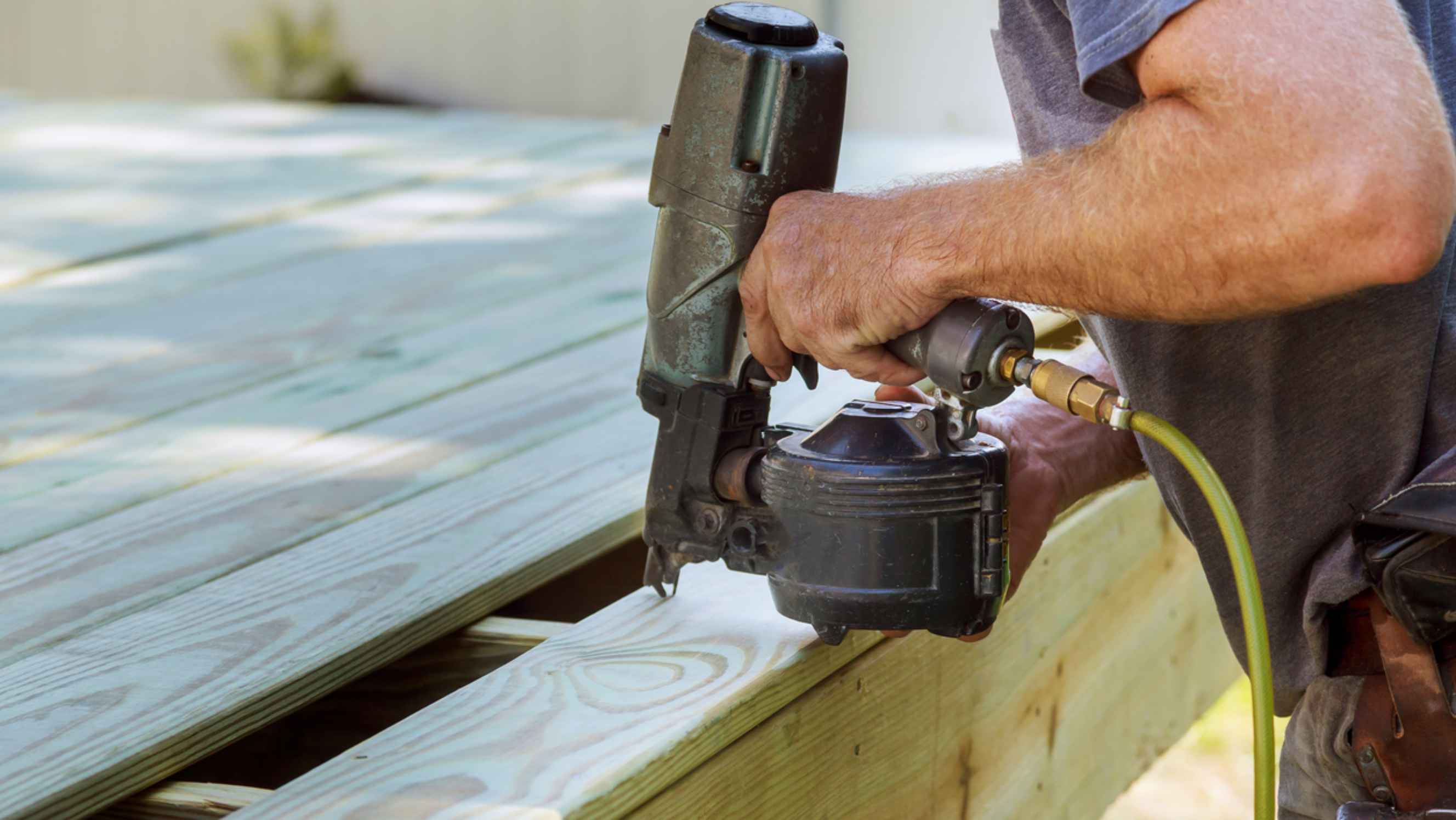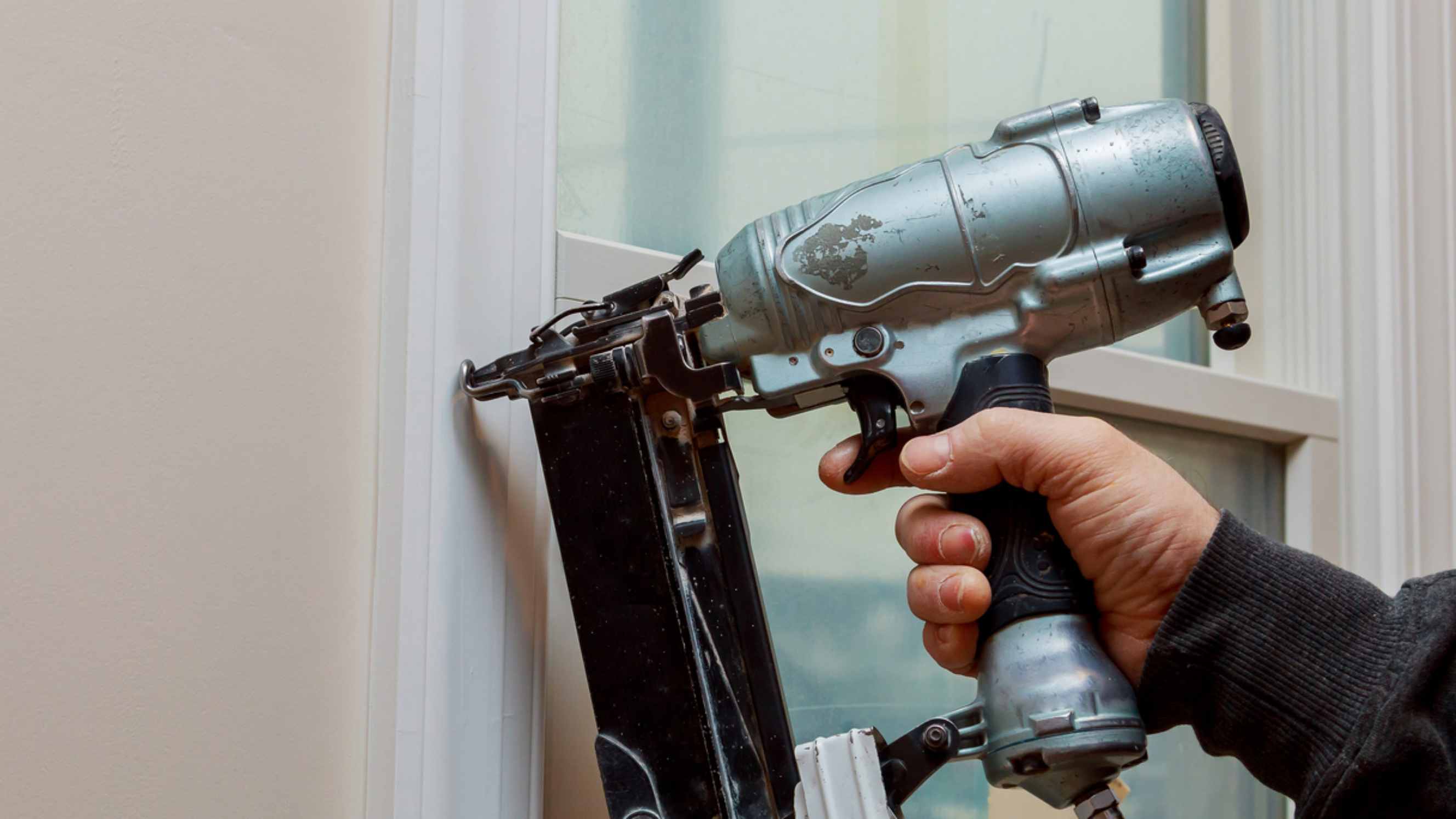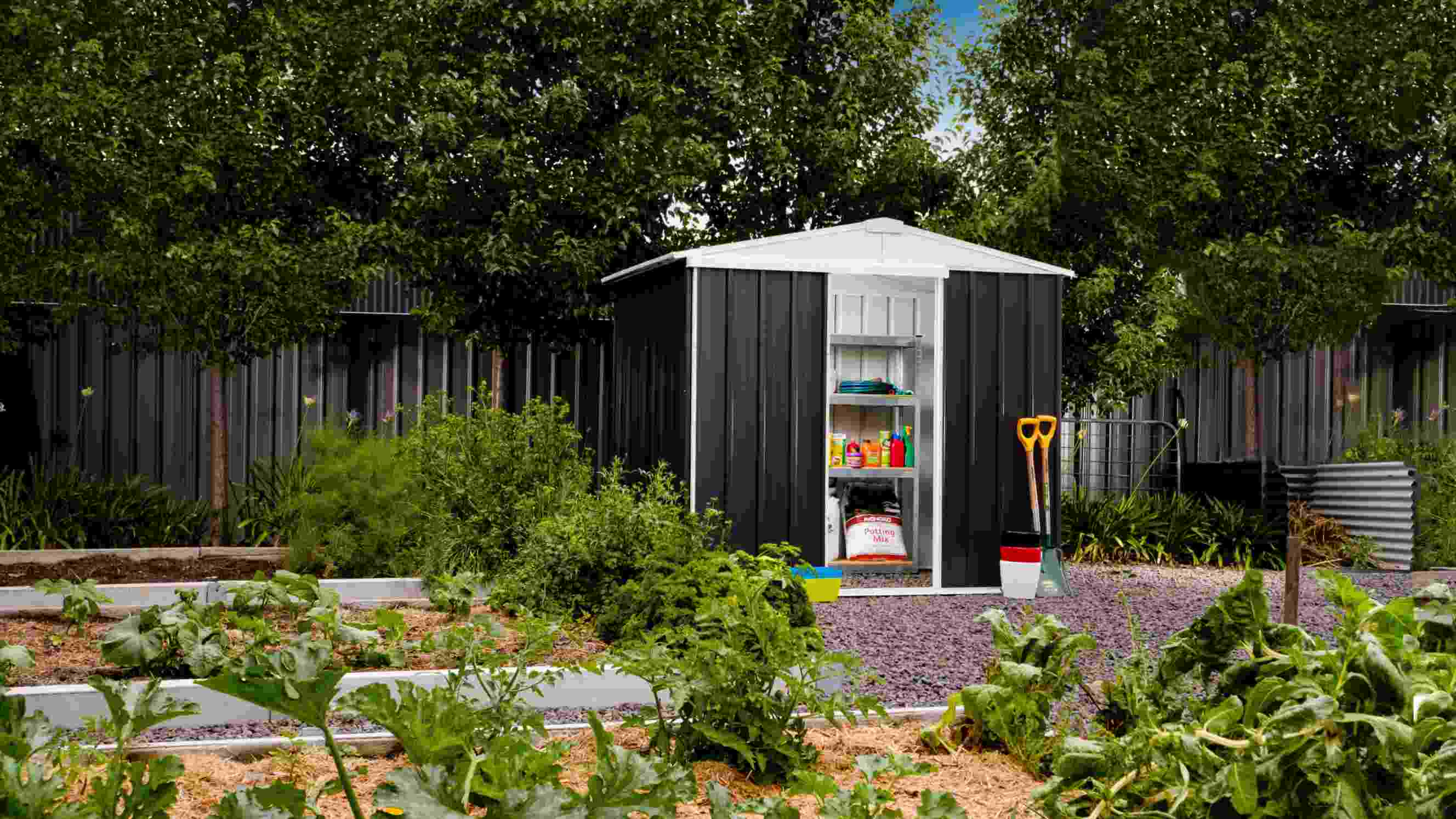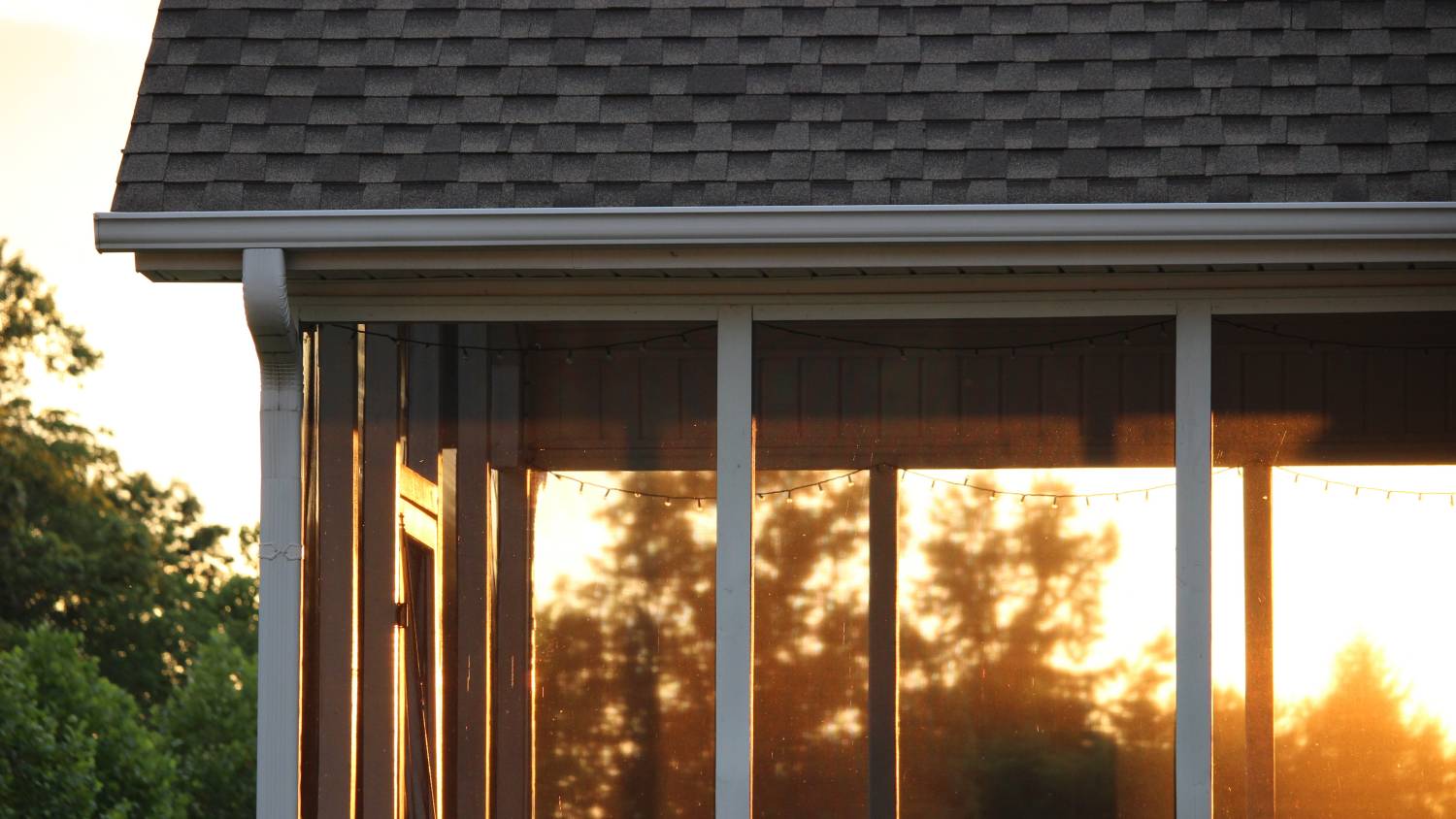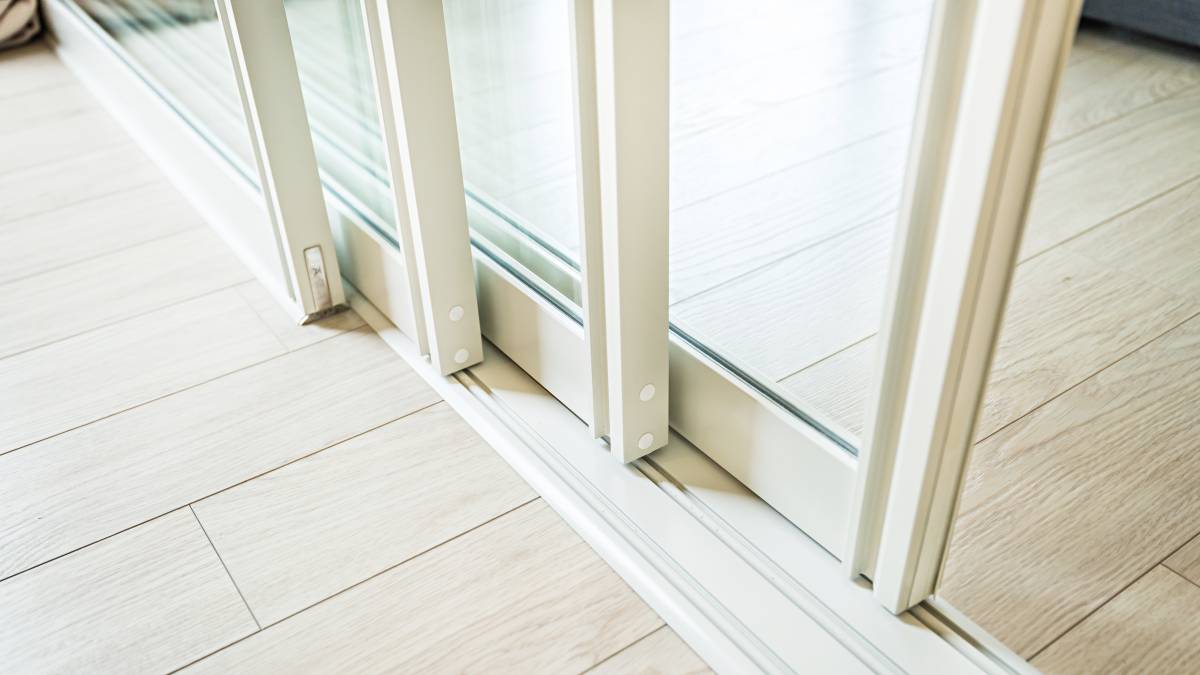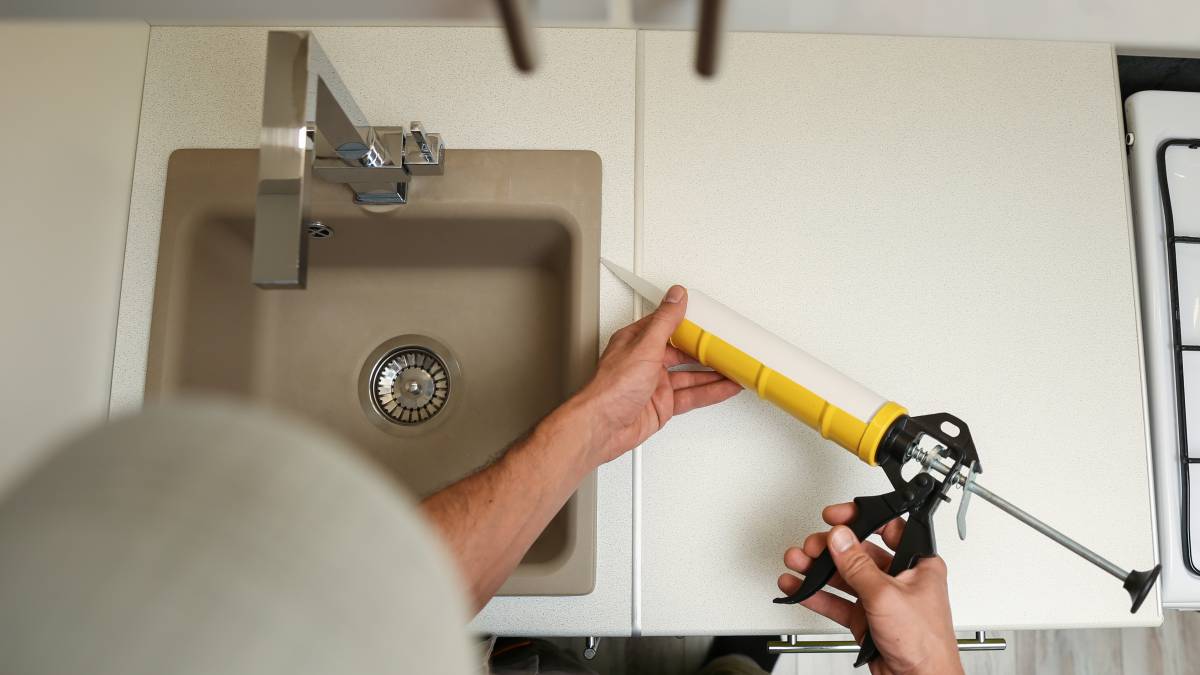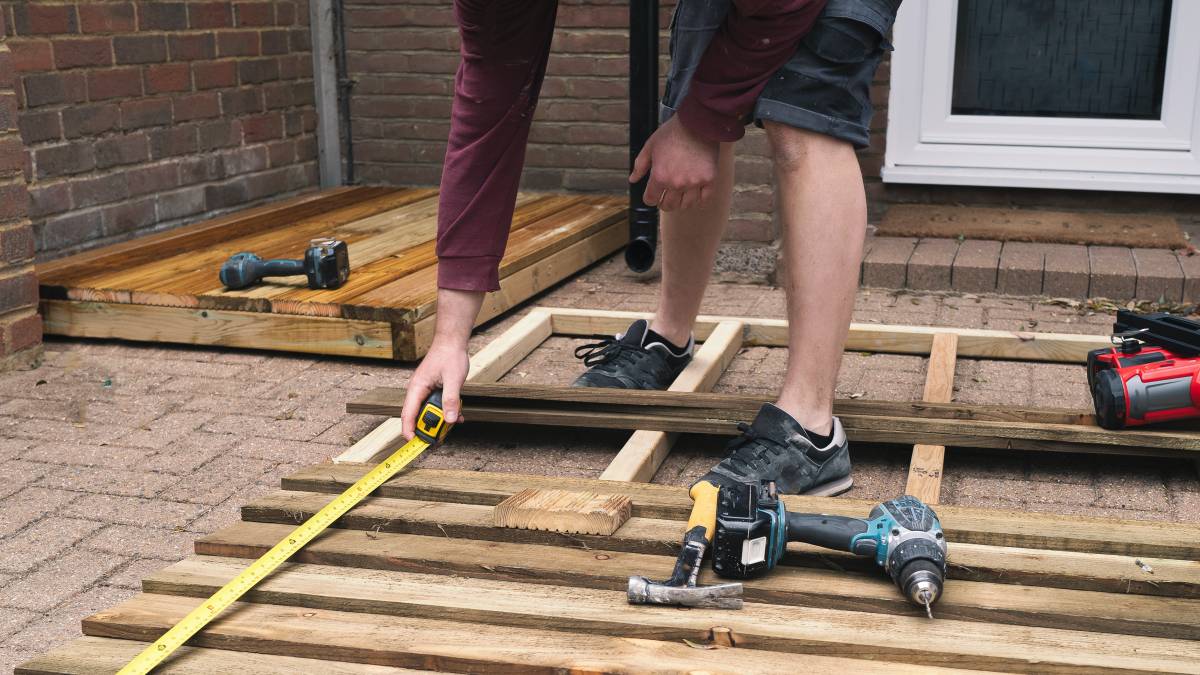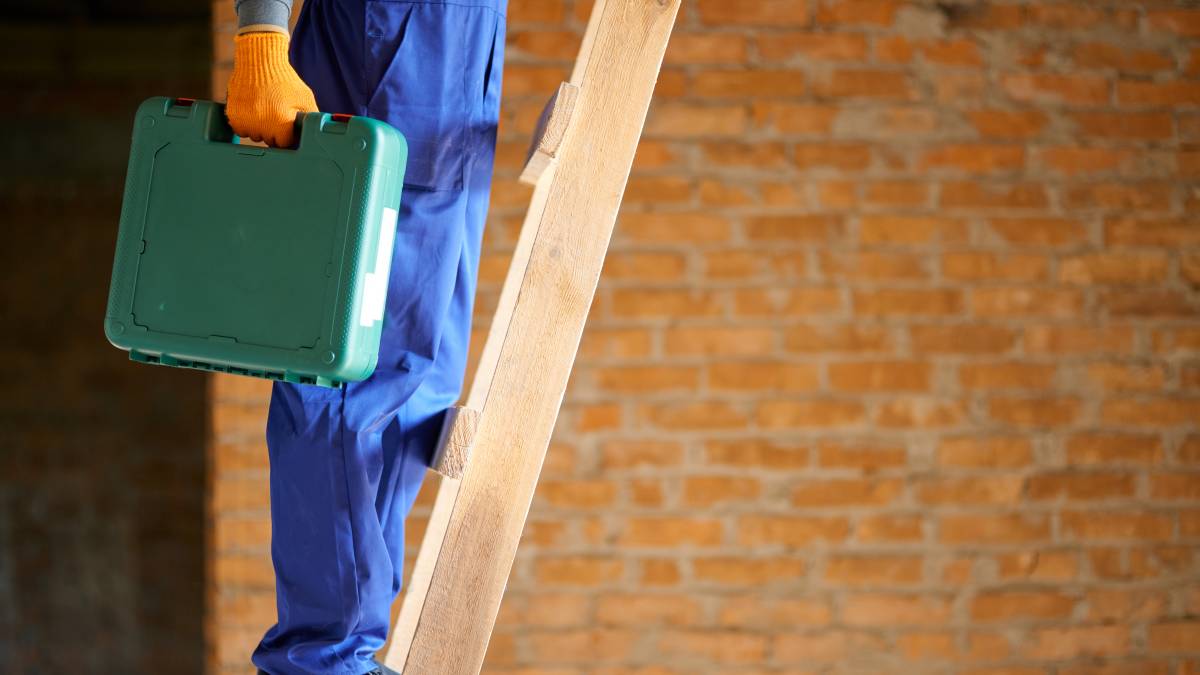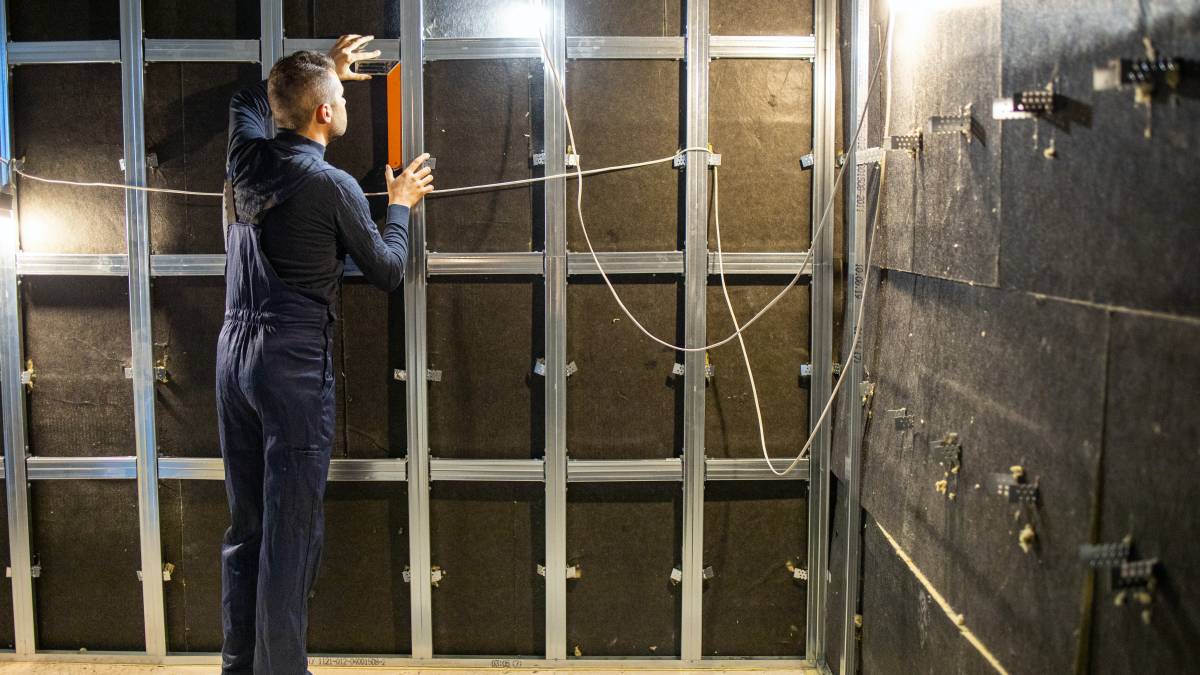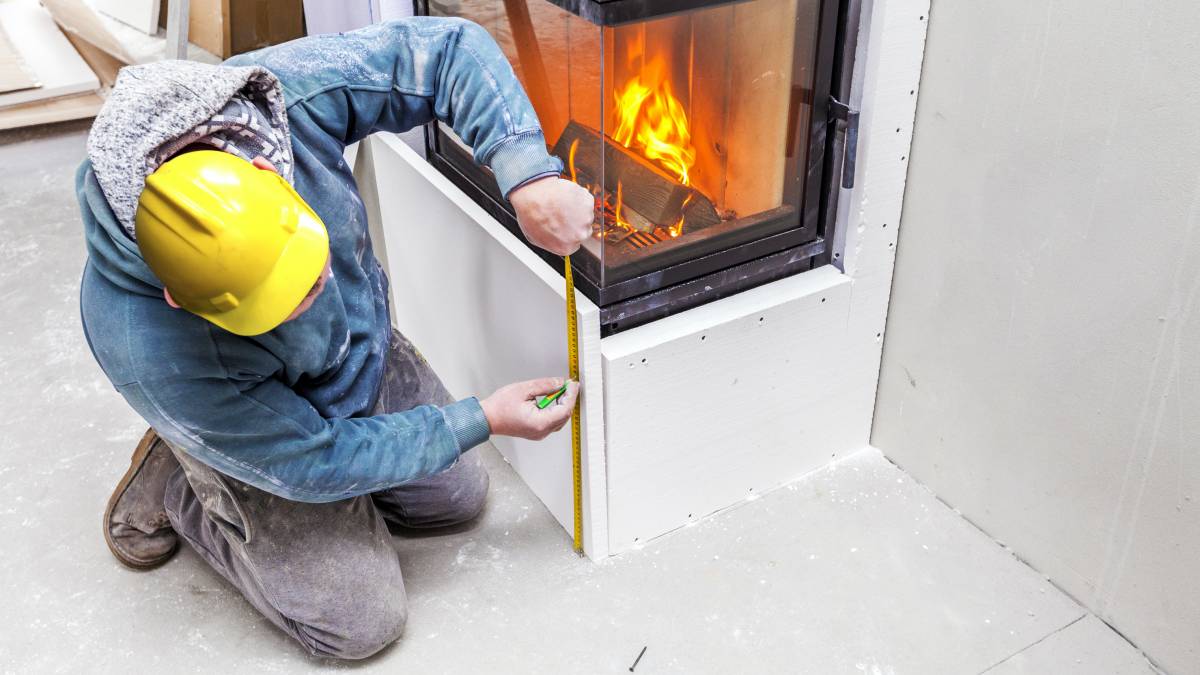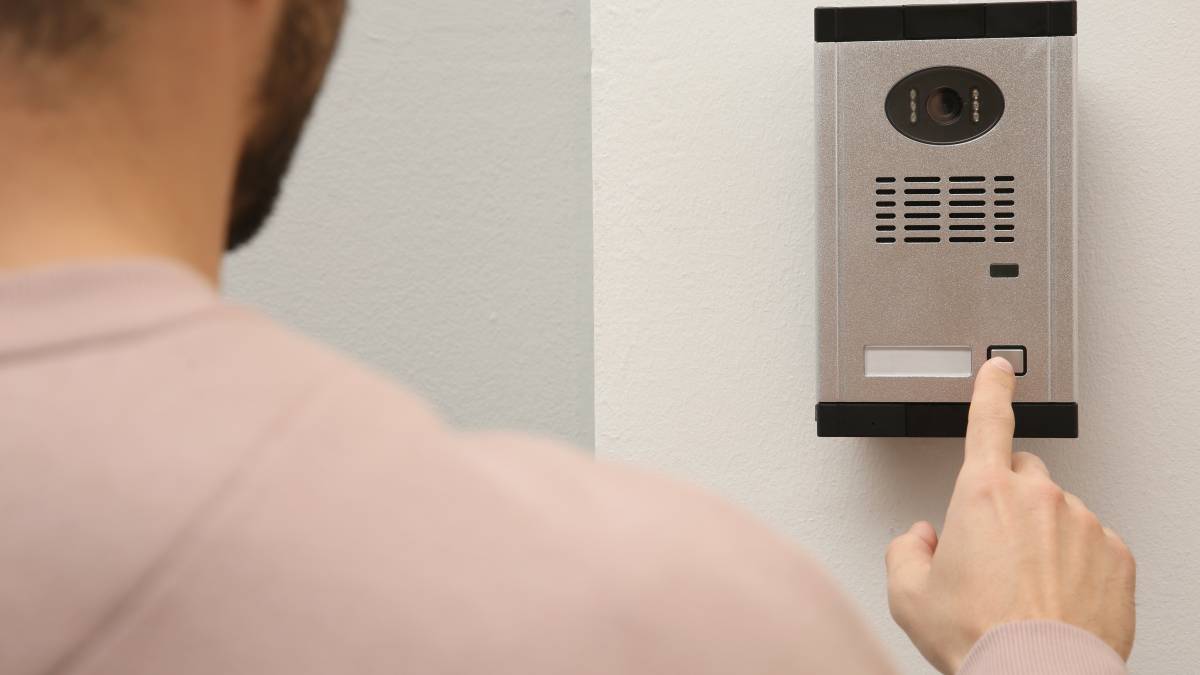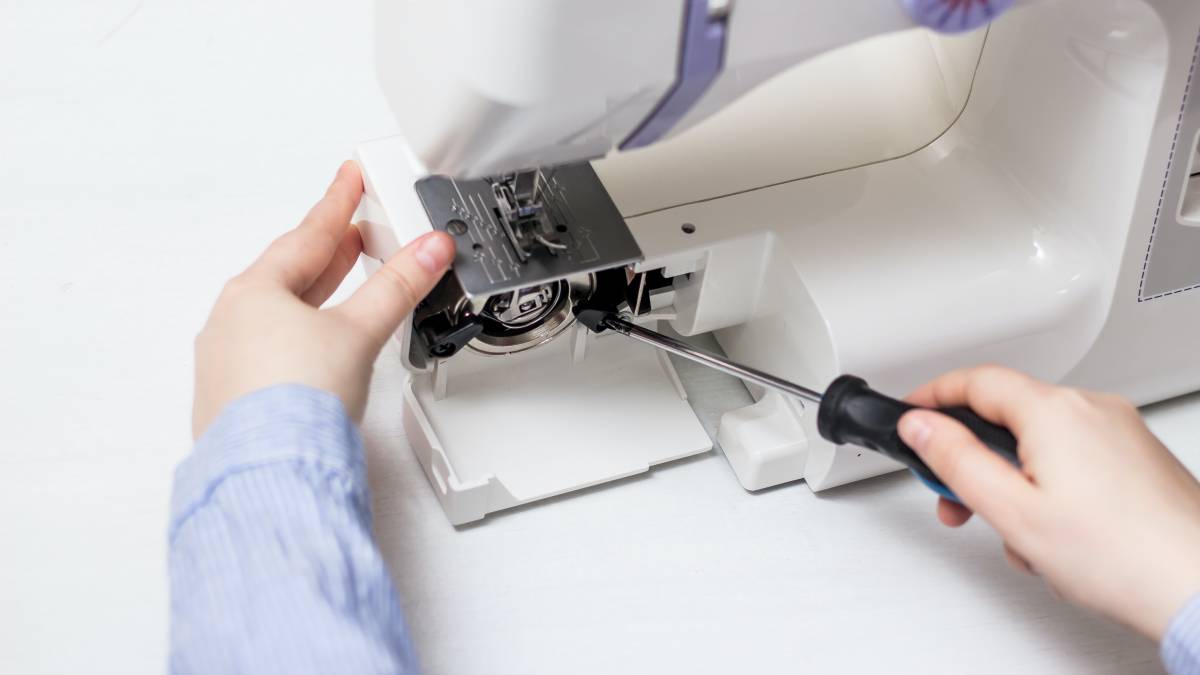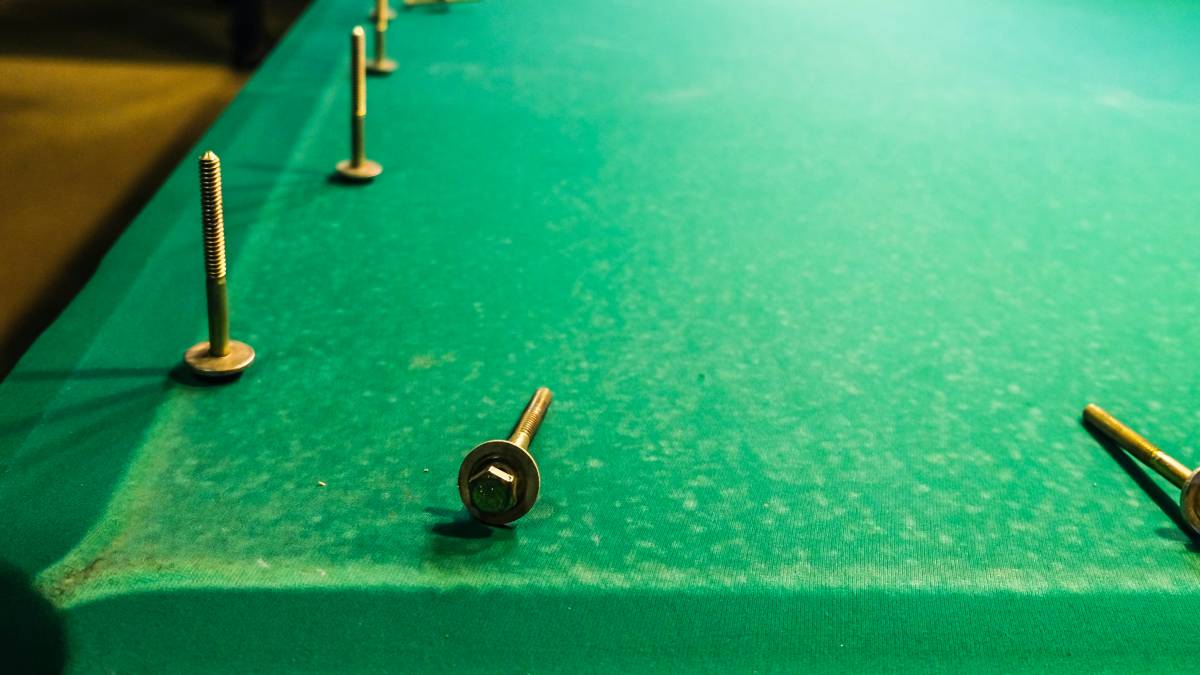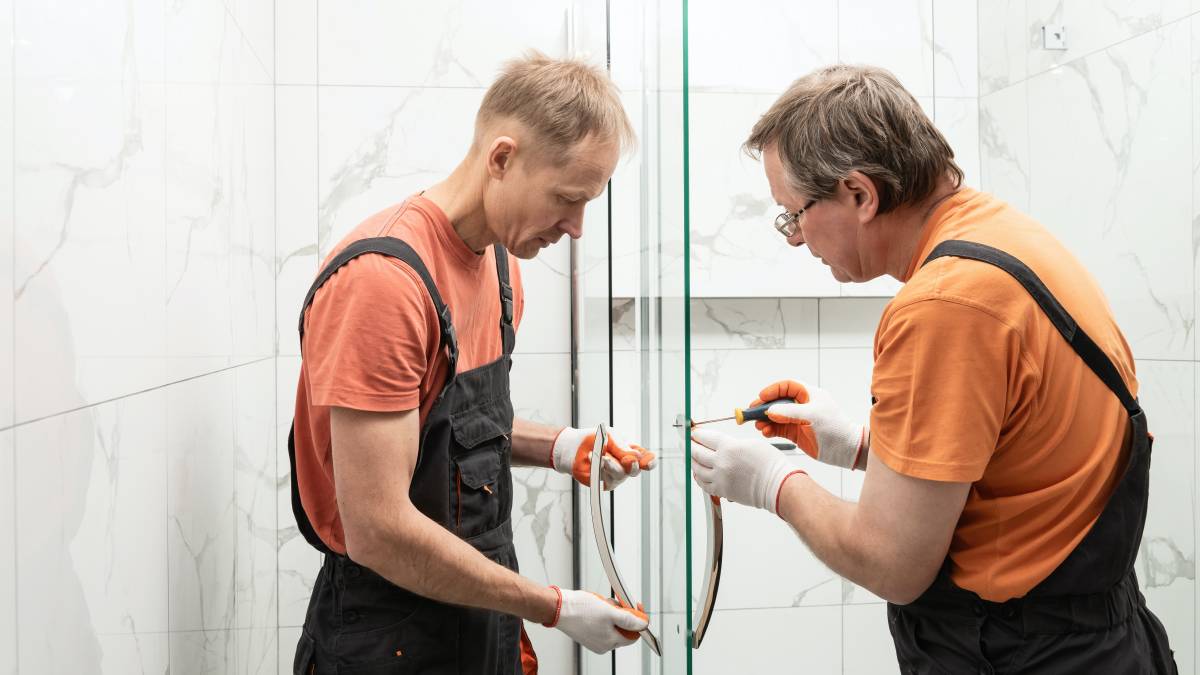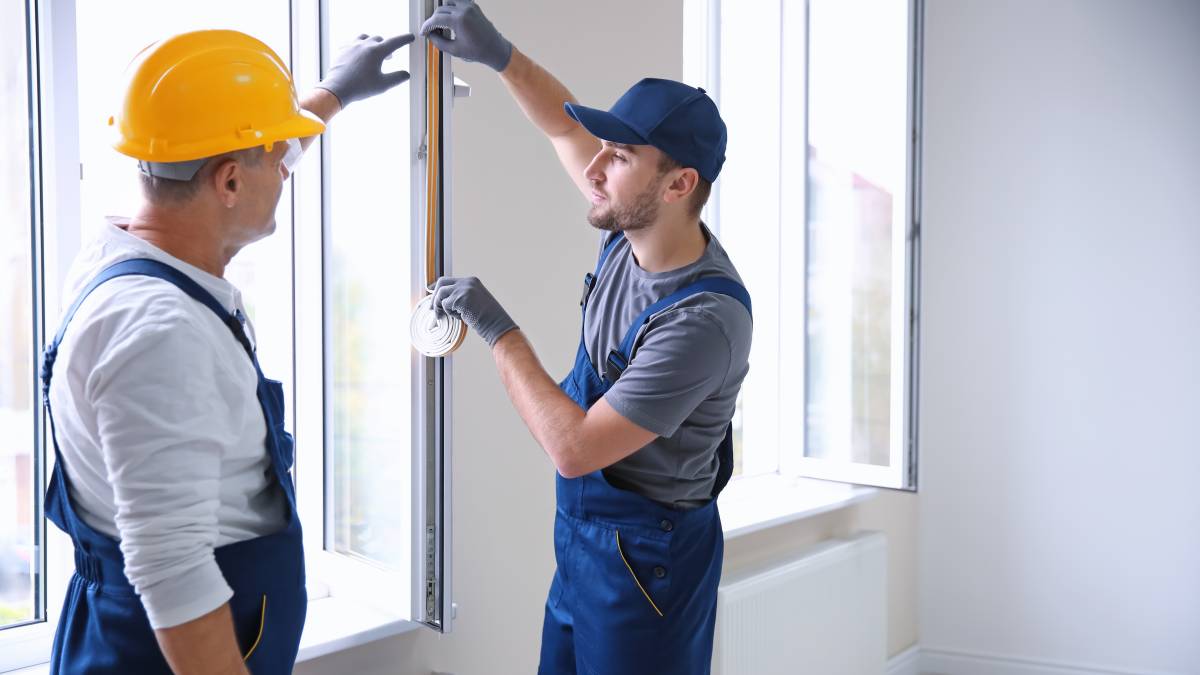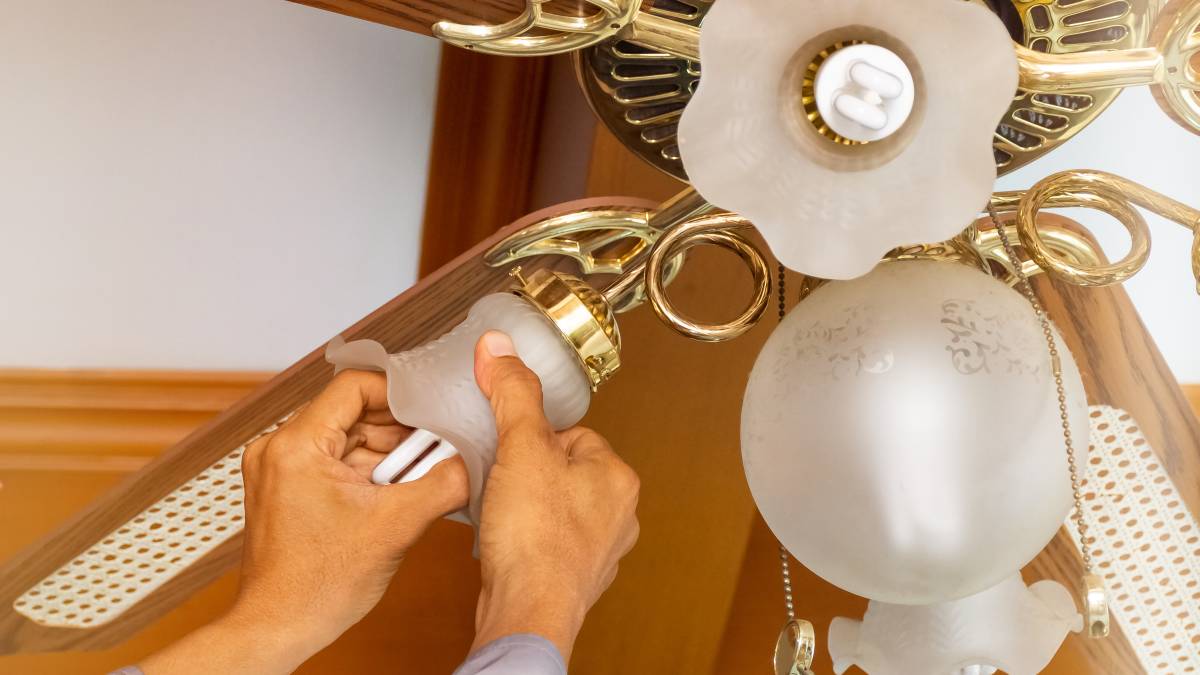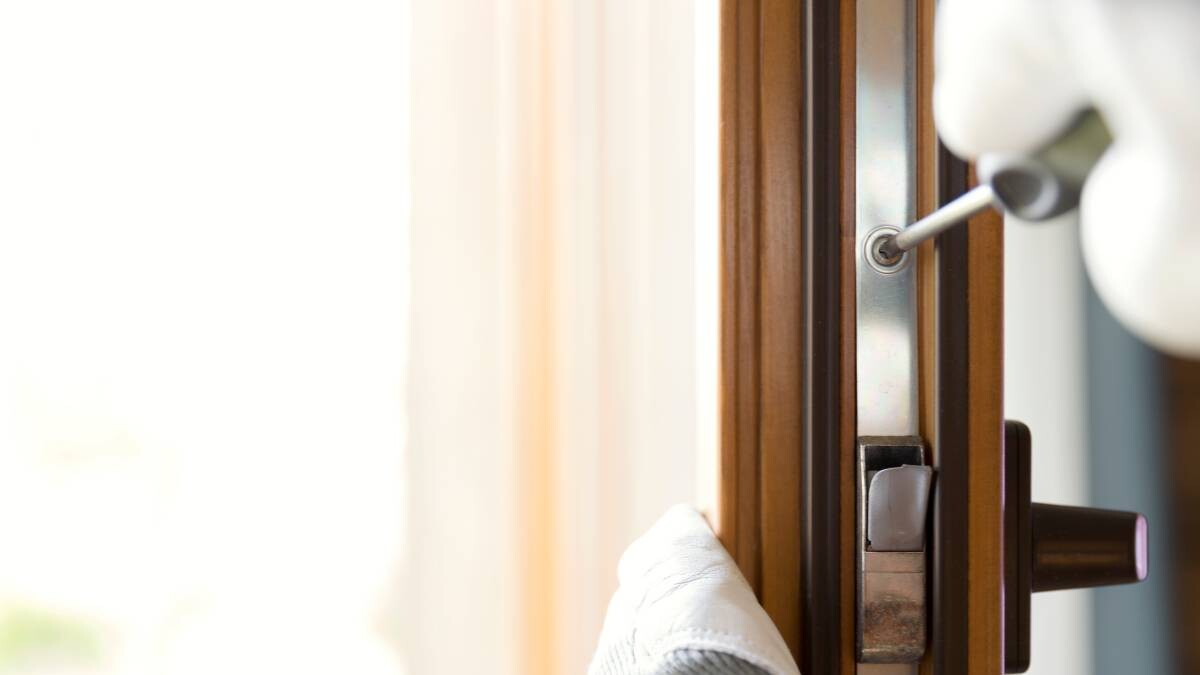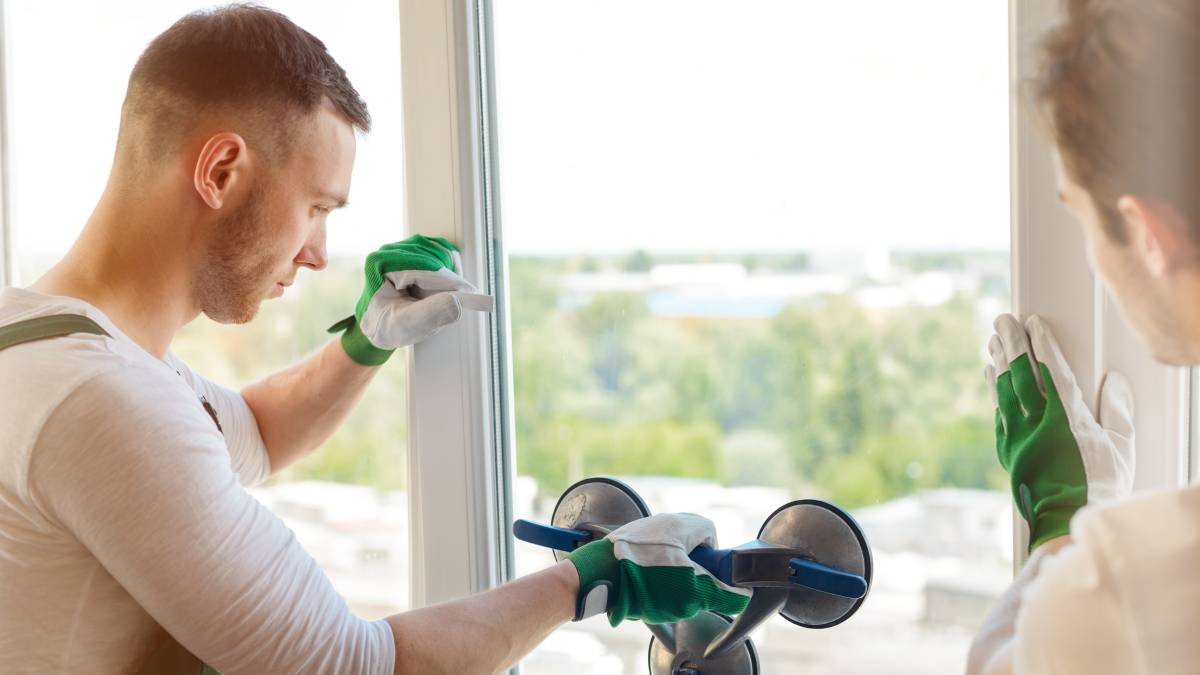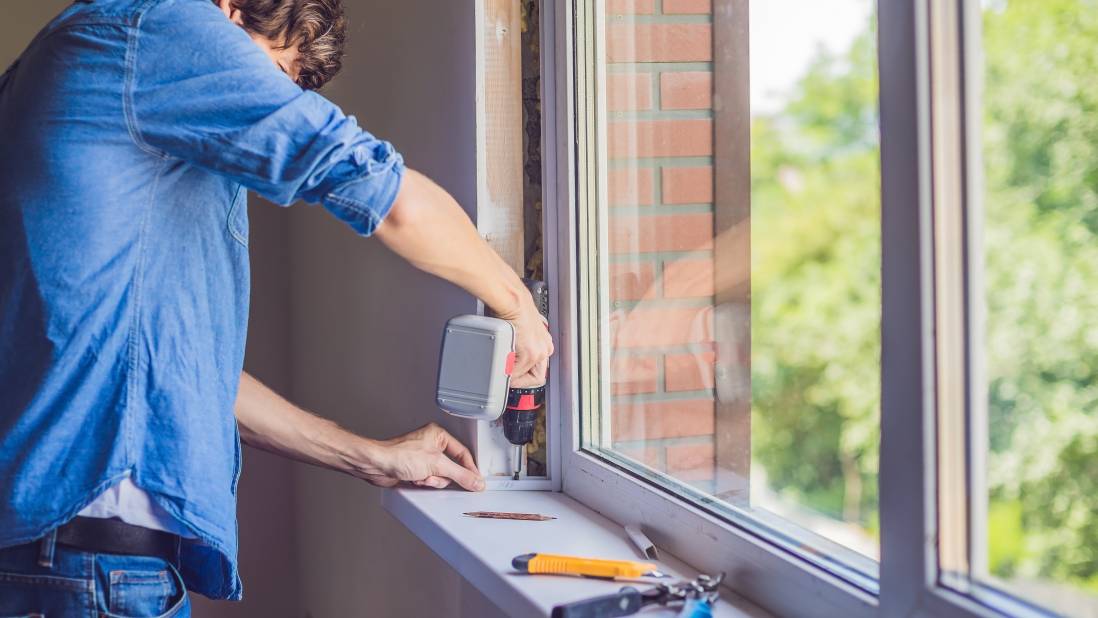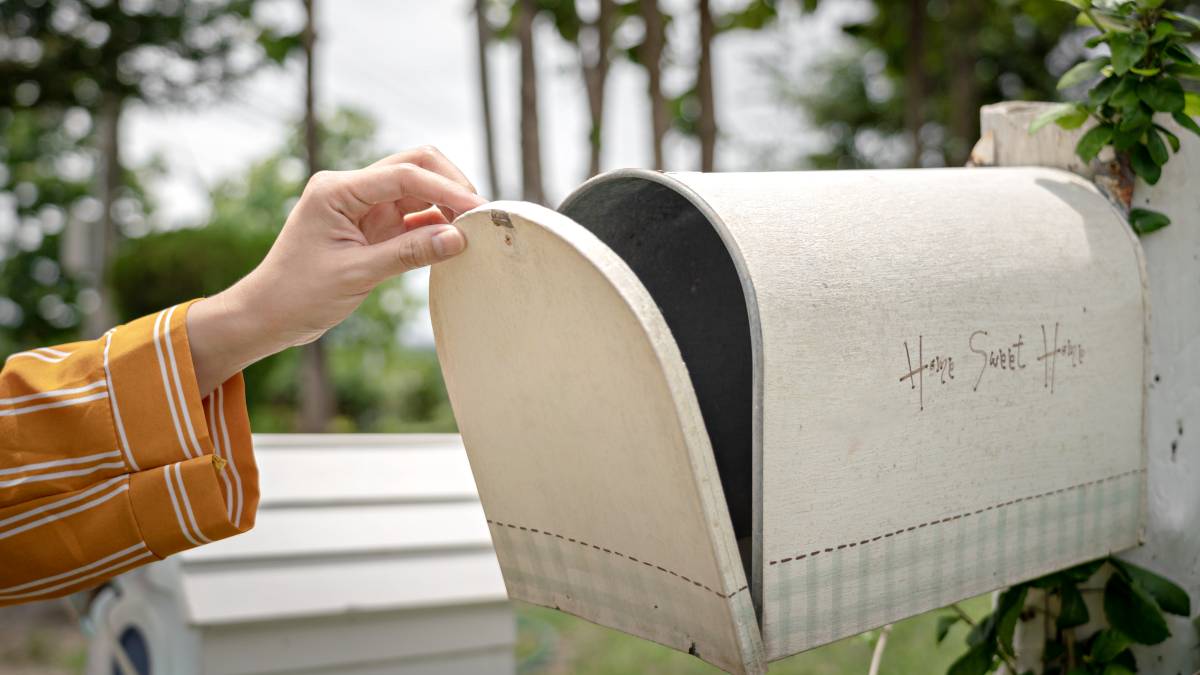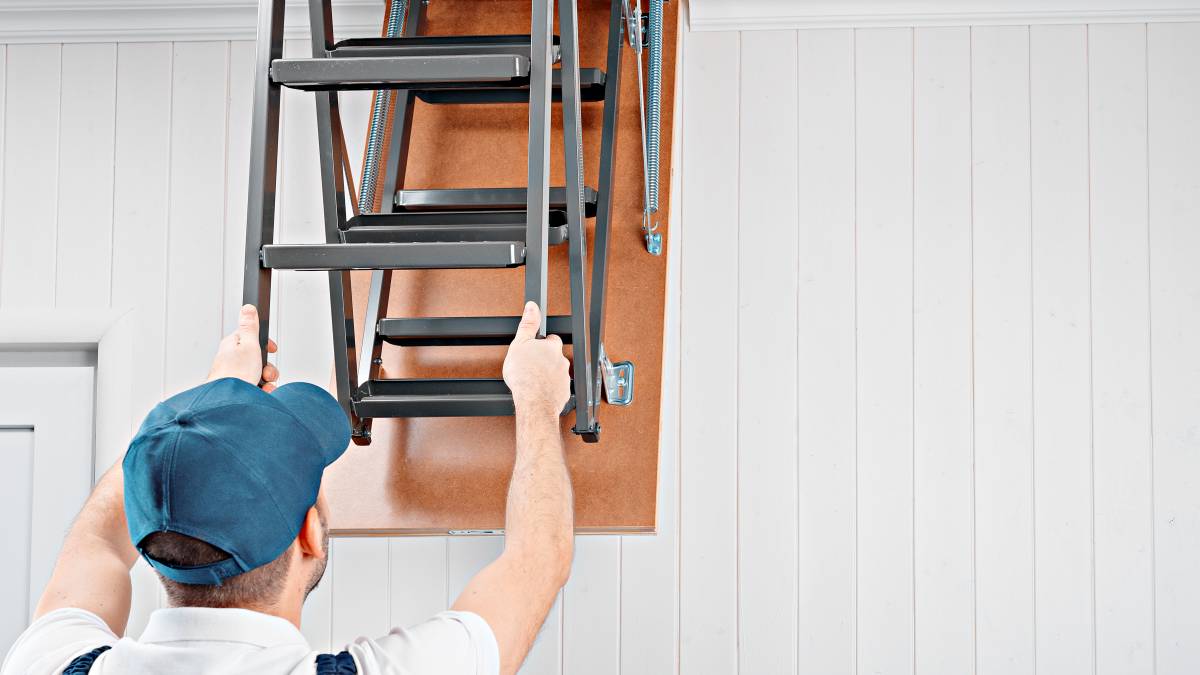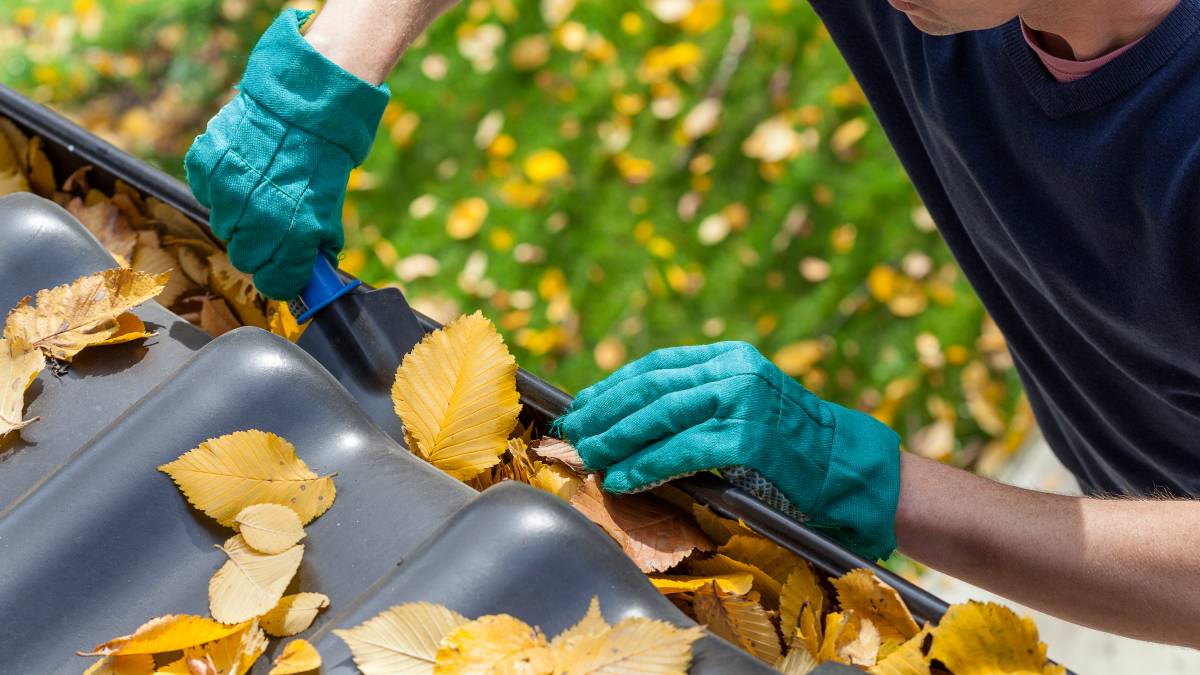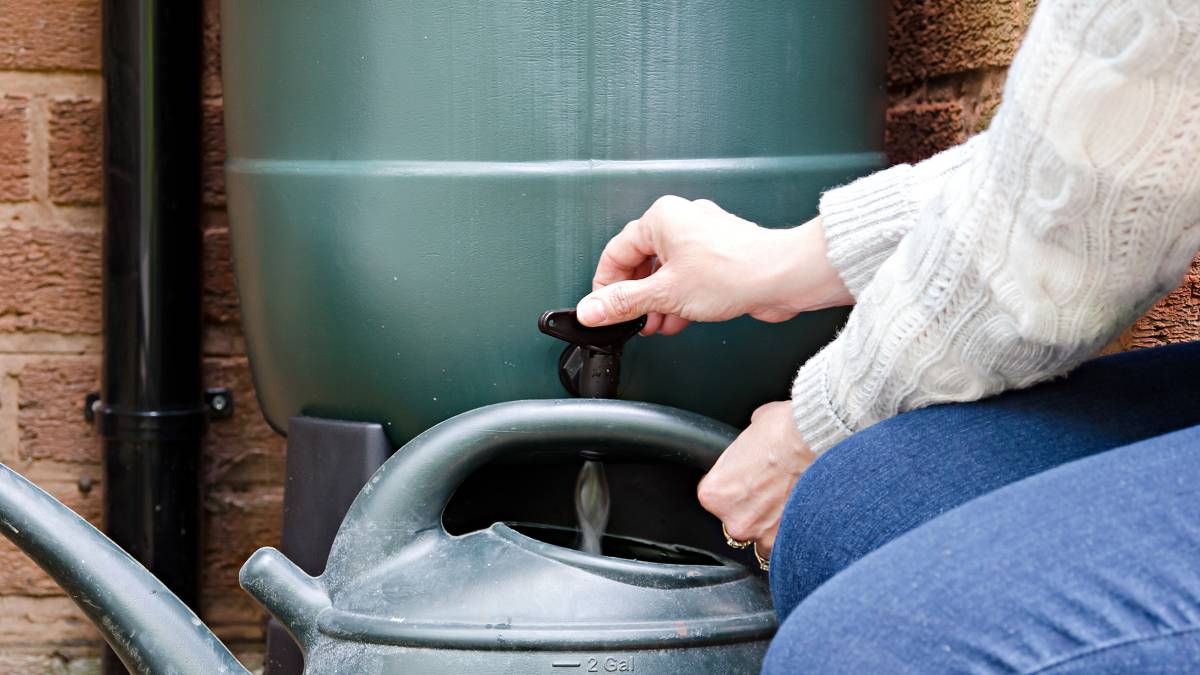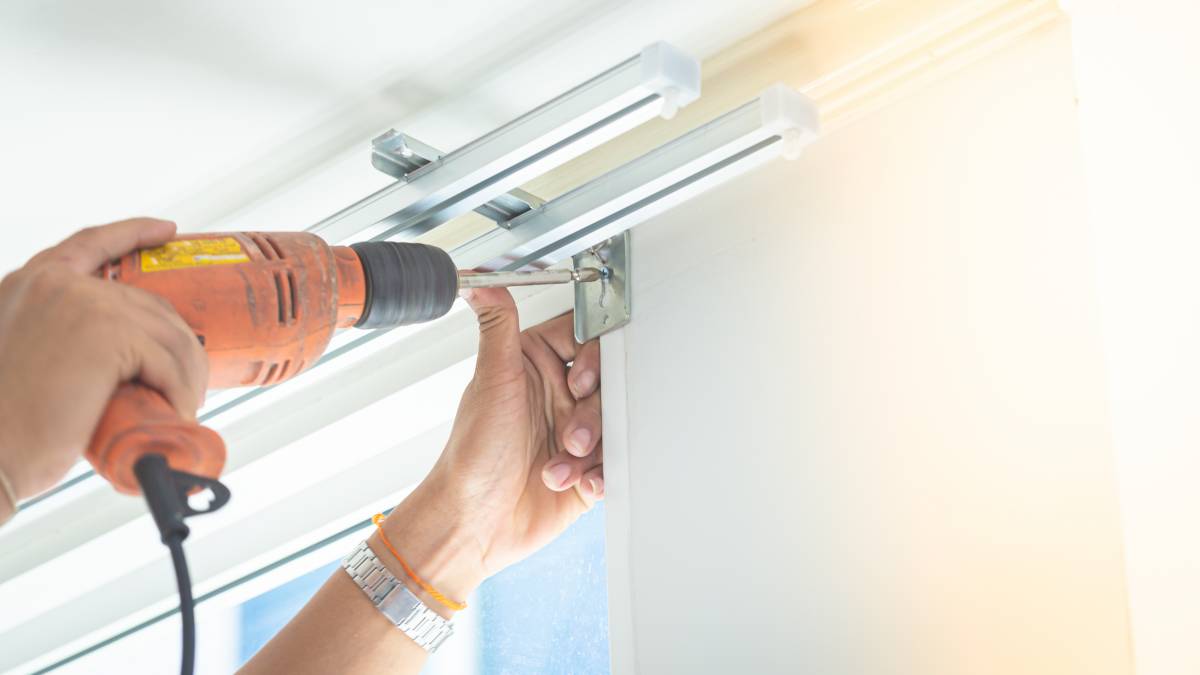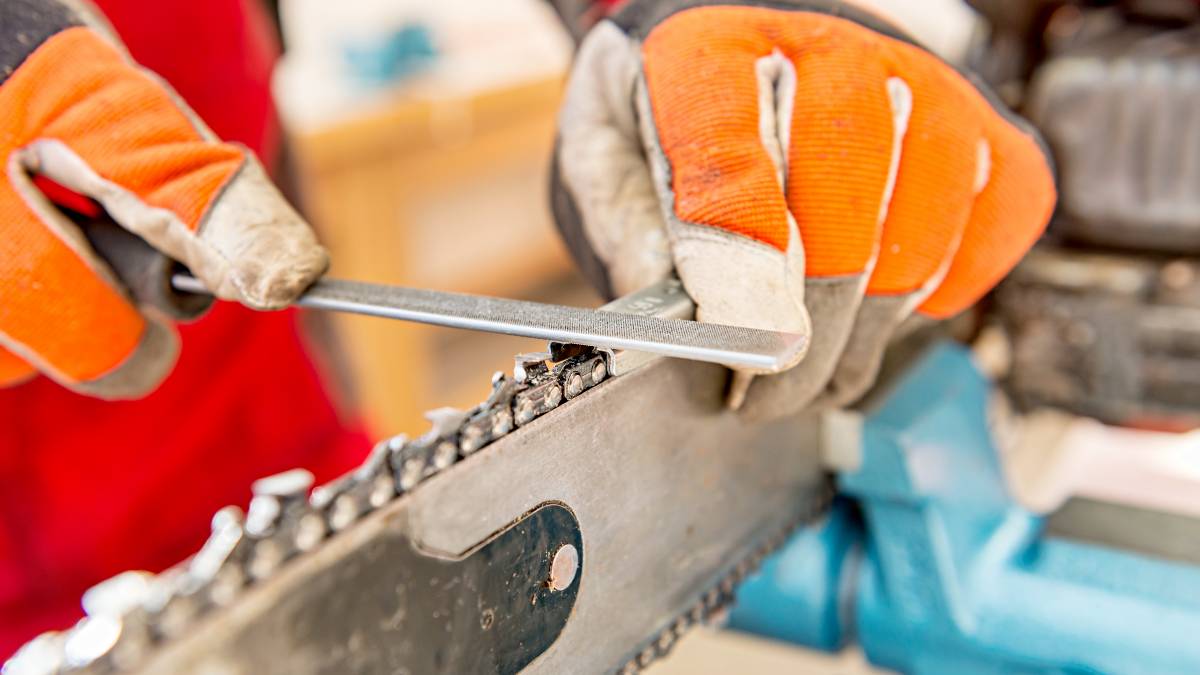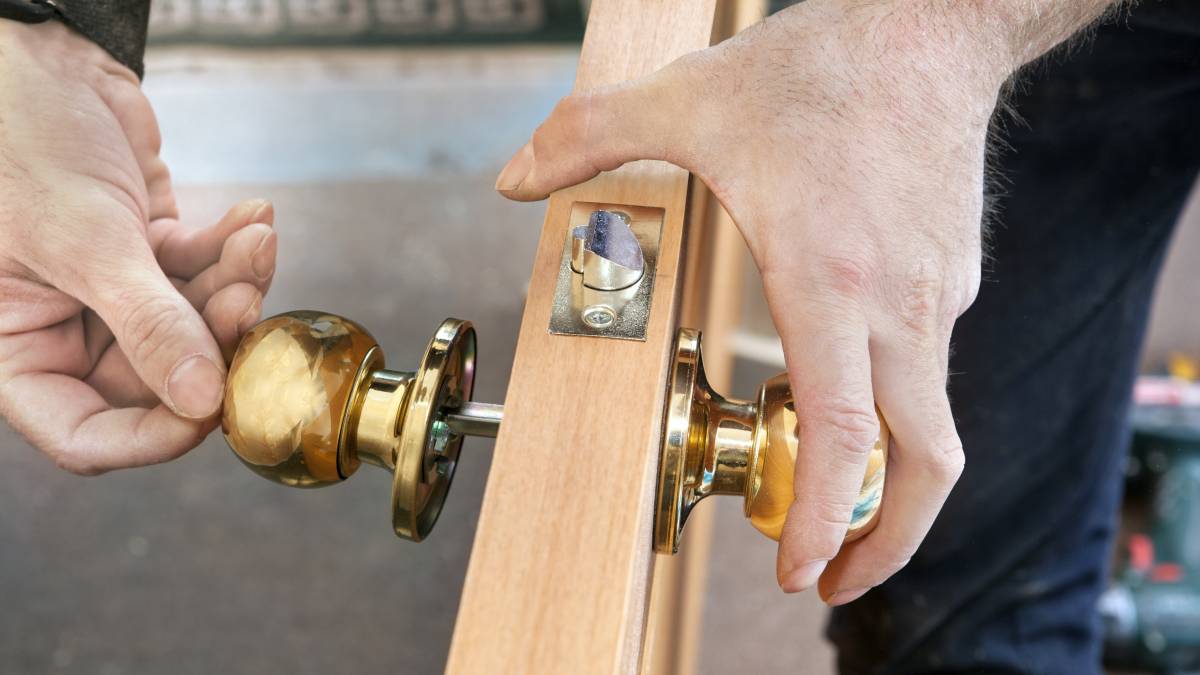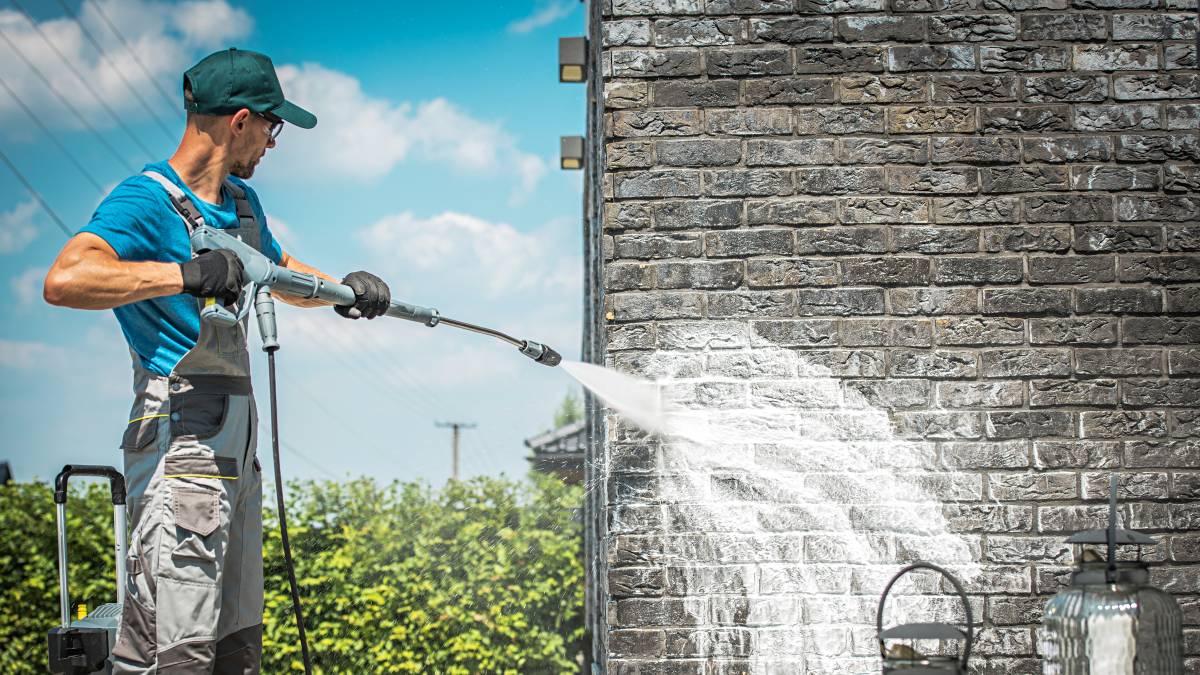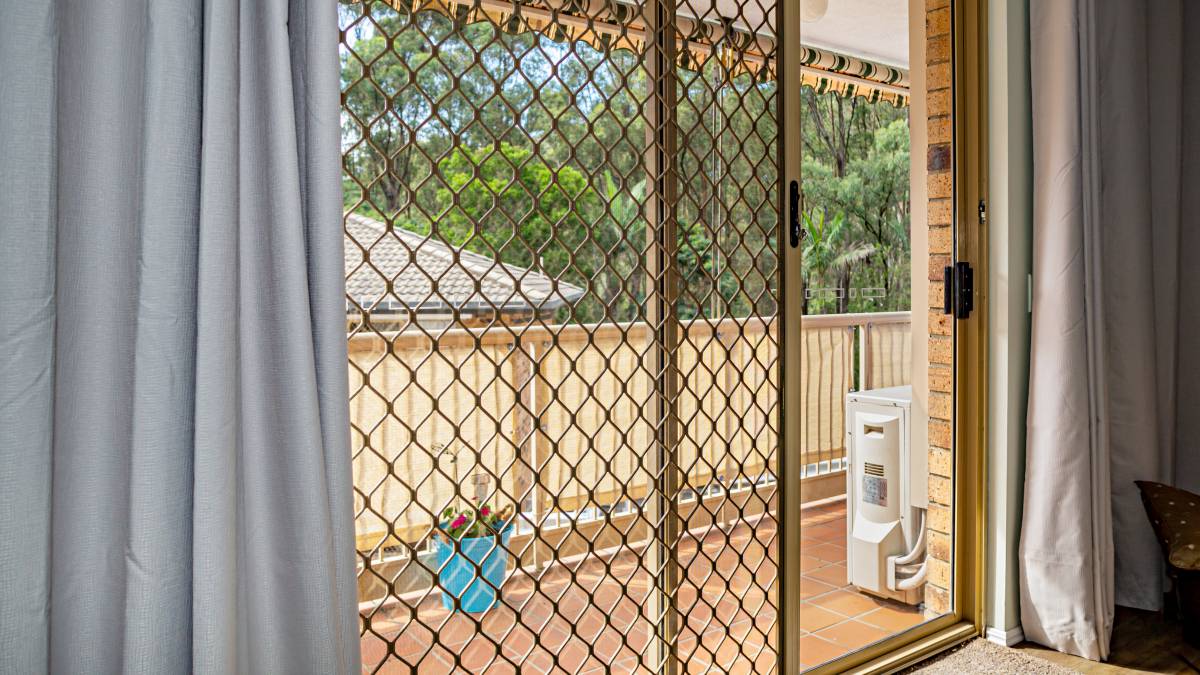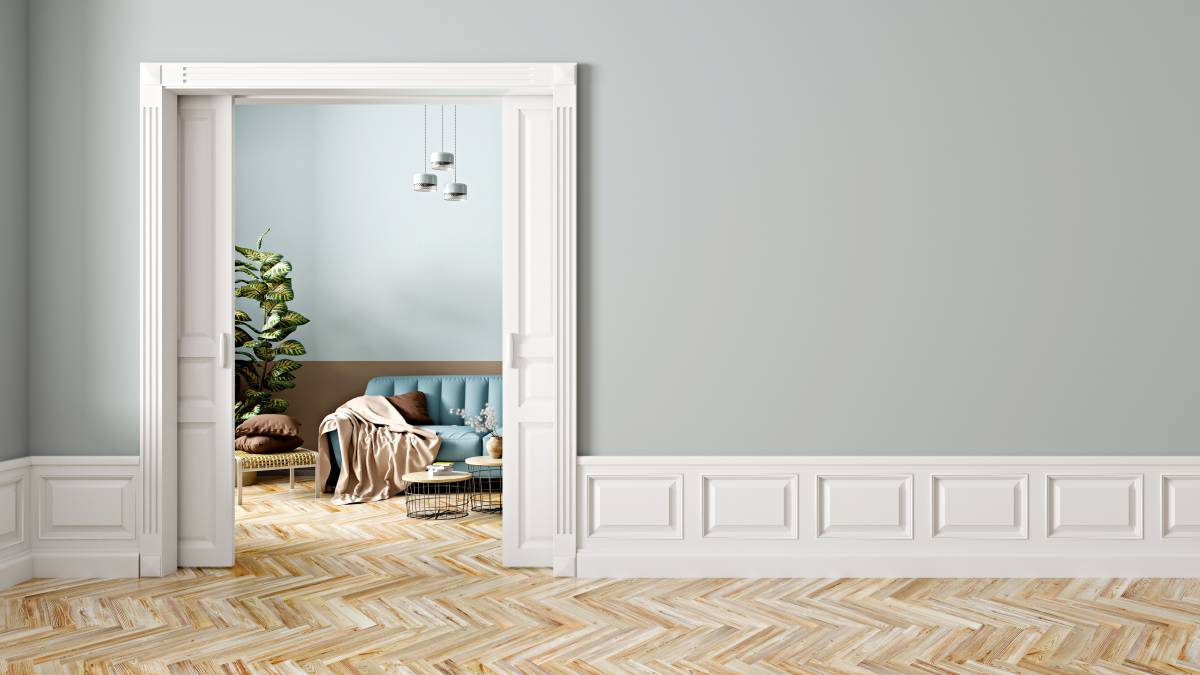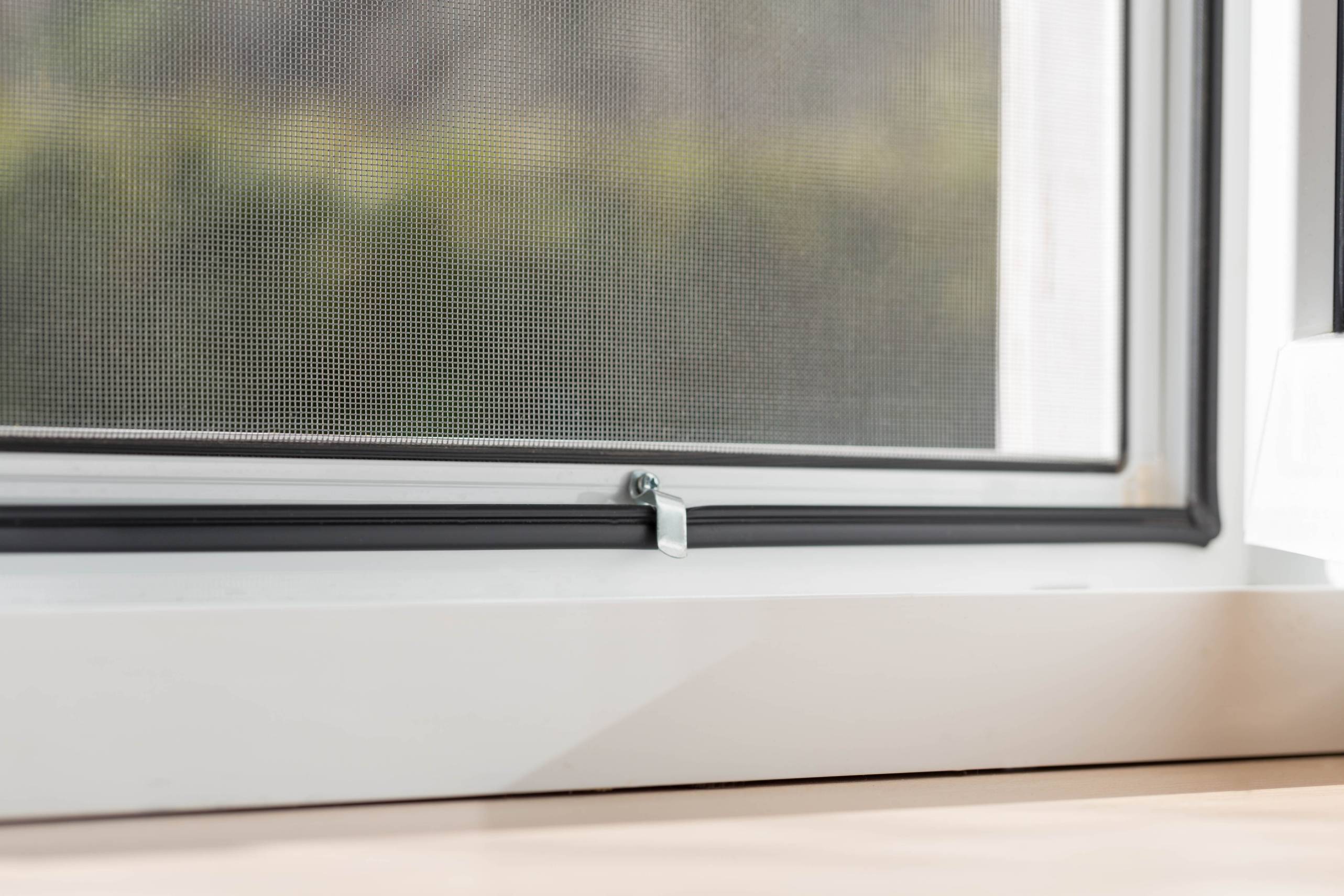
- Home/
- Guides/
- Flyscreen Installation/
- How to Install a Flyscreen
No more gaps: A no-fuss guide to flyscreen installation
Everything you need to keep your home breezy and bug-free.
Last Updated on

Reviewed by Chris H.
Expert Handyman

Written by Angela A.
Staff Writer
Read more about our contributors
| Skill level | Estimated completion time | Estimated cost |
|---|---|---|
| Beginner to intermediate |
1 to 2 hours per screen |
Starts at $15 for a 2-metre screen |
Key Facts
- Flyscreens can help prevent mosquito-borne diseases like the Ross River virus and dengue fever.
- You can install a flyscreen without a frame using magnetic or adhesive strips.
- If measuring for a new screen, always take three measurements and use the smallest one.
Flyscreens are an essential feature in Australian homes because they offer protection from insects while improving ventilation. But did you know that they can also enhance indoor air quality?
Research shows that flyscreens help filter out outdoor pollutants. Screens with smaller pores capture up to 54% of fine particles like dust, pollen, and smoke. This makes them particularly valuable for homes near bushfire-prone areas or high-traffic roads.
If you’re considering how to install a flyscreen, this guide will walk you through the process. We’ll cover everything related to flyscreen installation to ensure your home stays well-ventilated and bug-free.
4 reasons why you need to install a flyscreen
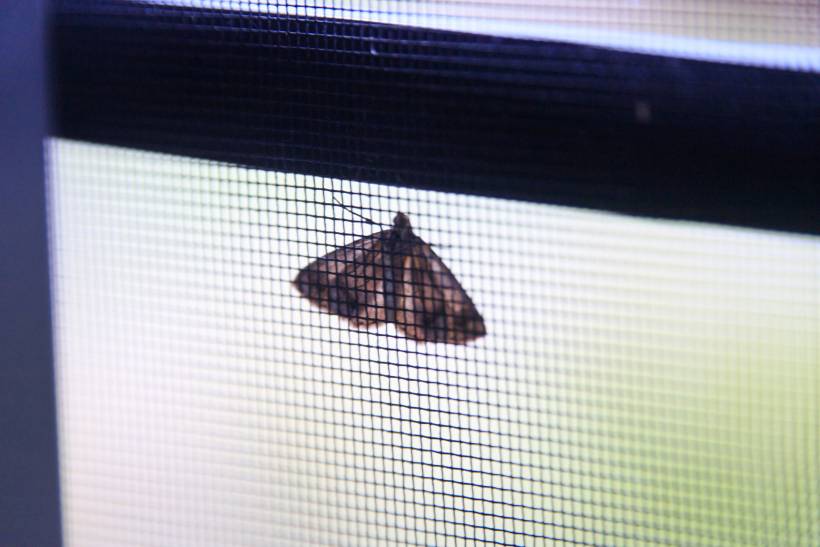 A moth on a new flyscreen. (Source: iStock)
A moth on a new flyscreen. (Source: iStock)
Putting in flyscreens doesn’t just keep bugs out. It’s a simple upgrade that makes your home more comfortable, energy-efficient, and even easier to maintain. If you don’t know whether it’s worth learning how to put the fly screen back in or install a new one, here are four solid reasons why:
Keeps insects and debris out while letting fresh air in. Flyscreens help protect your home from Australia’s notorious mozzies, bushflies, and midges, especially during the summer when mosquitoes can carry the Ross River virus and dengue fever in some regions.
Improves indoor air quality. Screens make it easier to breathe, especially for anyone with allergies or asthma. They also act as a barrier against dust storms, pollen from eucalyptus trees, and wattle blooms, which can be a major issue in coastal, rural, and bushfire-prone areas.
Screens protect windows and add privacy. Screens keep your windows cleaner by blocking leaves, bird droppings, and grime. Plus, darker or finer mesh screens make it harder for people outside to see in, so you get privacy without shutting out natural light.
Increases energy efficiency. A good screen can help reduce heat buildup, so your home stays cooler without cranking up the AC. That means lower energy bills and a more eco-friendly way to stay comfortable year-round.
• How much does it cost to install a cat door?
• How much does dog door installation cost?
Tools and materials you’ll need for flyscreen installation
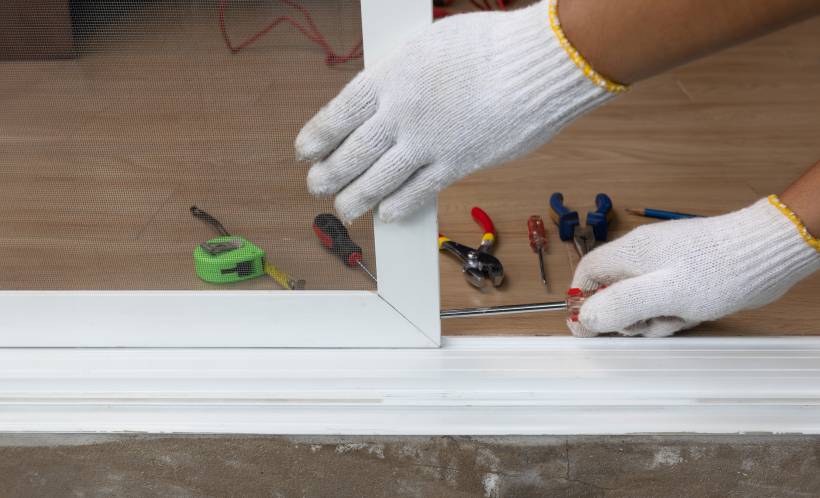 Tools prepared for flyscreen installation. (Source: iStock)
Tools prepared for flyscreen installation. (Source: iStock)
Installing a fly screen might seem like a simple DIY project, but having the right tools and materials still makes all the difference. Whether you’re replacing an old screen or building a new one from scratch, here’s everything you’ll need to get the job done right.
Tools to get from the hardware store:
Measuring tape to get precise dimensions for the screen mesh and frame
Spline roller to press the spline into the frame groove and secure the screen
Utility knife to cut the screen mesh to size and trim excess screen
Scissors for rough cuts before fine-tuning with a utility knife
Flathead or Phillips head screwdriver to pry out the old spline and remove the existing screen
Hacksaw to cut aluminium frame pieces if you’re building a new frame
Mitre box to help make clean, square cuts on screen frames
Marking pen or pencil to mark measurements on the frame or mesh before cutting
Needed materials:
Screen mesh to keep bugs out while allowing airflow
Spline (rubber cord) to hold the screen mesh in place inside the frame’s groove
Screen frame pieces made of aluminium or plastic for holding the mesh in place
Screen frame corners or connectors to join frame pieces together securely
Tension springs (for framed screens) to help hold the screen securely in place within the window frame
Adhesive strips or Velcro (for frameless screens) that attach directly to the window frame
Retention hardware (such as turn buttons, screen frame hangers, or wire loop latches) to secure the screen to the window
Heavy-duty tape to temporarily hold the screen mesh in place during installation
Safety gear (optional but recommended):
Work gloves to protect your hands from sharp edges on aluminium screen frames and cutting tools
Safety goggles to shield your eyes from debris while cutting frames or trimming screens
Dust mask for cutting metal frames to prevent inhalation of aluminium dust
Step-by-step guide: How to install fly screens
A properly installed screen keeps bugs out and adds privacy instantly. Here are the window fly screen installation steps you can follow:
Step 1: Remove and measure your window frame accurately
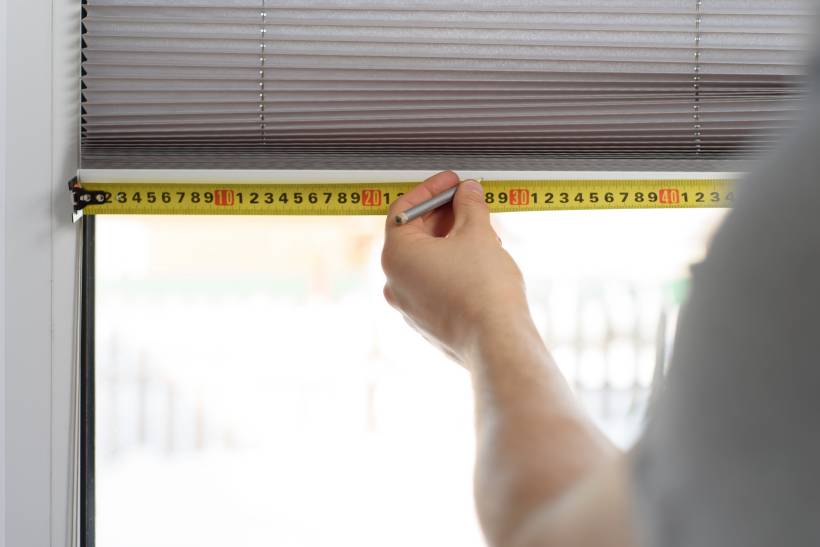 Measuring a window in preparation for screen installation. (Source: iStock)
Measuring a window in preparation for screen installation. (Source: iStock)
Getting the right fit starts with precise measurements. Even a slight miscalculation can leave you with a screen that’s too loose or too tight. Before that, you have to remove the existing flyscreen frame if you’ll be replacing your old one.
For timber windows, look for fasteners or retaining mechanisms holding the screen in place and undo them.
For aluminium windows, check for the fasteners along the sides. You might need to slide the screen upwards and to one side to remove them.
Take extra care when removing existing frames to prevent breakage or frame distortion, especially if your flyscreen has pull tabs.
Take your time and double-check all measurements before cutting. After removing the old flyscreen mesh and spline, give the screen a thorough clean and ensure there’s nothing left in the grooves. Before you cut the new mesh to size, make sure it’s not too tight—tight mesh can warp the frame—and not too loose, which can cause sagging.
Once you have a clear window, grab a metric tape measure and follow these steps to ensure a perfect fit. Here’s how to measure the window for a flyscreen mesh replacement (or even a new one!):
Start with the width. Measure from side jamb to side jamb at the top, middle, and bottom of the window opening. Write down the smallest measurement to avoid gaps.
Measure from the top of the window frame to the bottom sill at the left, middle, and right sides. Again, record the smallest number for accuracy.
-
Consider specific conditions. If you’re in a bushfire-prone area, ensure your measurements comply with BAL-rated flyscreen requirements. For coastal homes, account for possible frame swelling from humidity and salt exposure.
• Window frames can be slightly uneven, so always measure at three points.
• Don't include the decorative trim. Measure only the actual opening.
• Leave 3mm on all sides to make it easier for you to fit your new screen.
Step 2: Gather your materials and tools
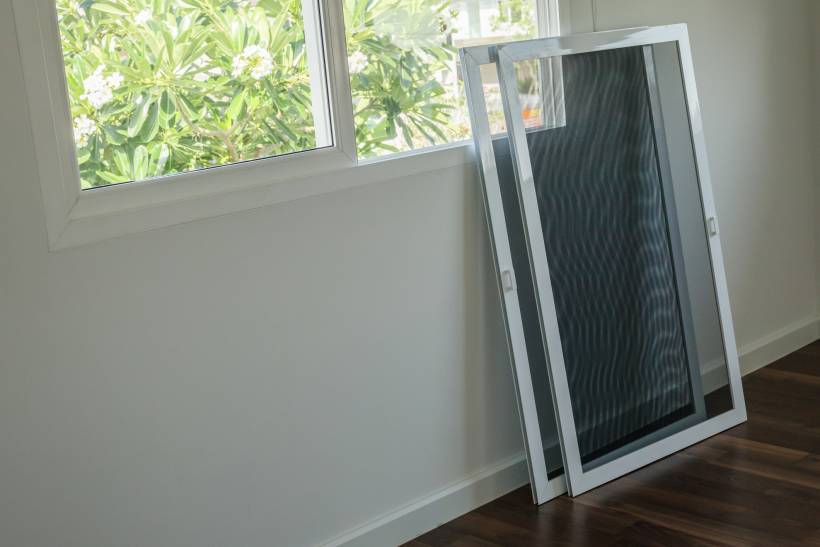 Freestanding flyscreens prepared for mounting. (Source: iStock)
Freestanding flyscreens prepared for mounting. (Source: iStock)
Before you start assembling, make sure you’ve got the right screen type and all the necessary tools. The screen material you choose affects durability, visibility, and airflow, so pick one that suits your needs. Here are the best screen types for Australian homes:
Fibreglass: Easy to install, rust-resistant, and doesn’t crease
Aluminium: Ideal for coastal areas, as it resists corrosion from salt air
Pet-resistant mesh: Stronger than standard mesh, ideal for homes with pets
Solar screens: Block UV rays and reduce heat gain while still allowing visibility
Midge mesh: Keeps out midges and sandflies
Bushfire-rated stainless steel mesh: Required for homes in BAL-rated fire zones, such as rural Victoria, parts of New South Wales (NSW), and Western Australia.
Once you’ve chosen the screen type for your needs, you must prepare the flyscreen frame. Gather all the other essential tools, correct frame components, and hardware.
Place the flyscreen frame on a flat, stable surface like a workbench or table.
Cover the surface with a sheet or towel to prevent scratches.
If reusing an old frame, carefully remove the existing spline.
Use a flathead screwdriver to pry the spline from the corners.
Keep the spline intact if you plan to reuse it, as it holds the mesh in place.
Studies show that screens with a tighter weave can trap heat indoors and raise temperatures by up to 7.7°C during peak heat hours. For better airflow and lower cooling costs in hotter areas, choose fibreglass or high-porosity screens (35%-40% open space).
Step 3: Assemble or prepare the window frame
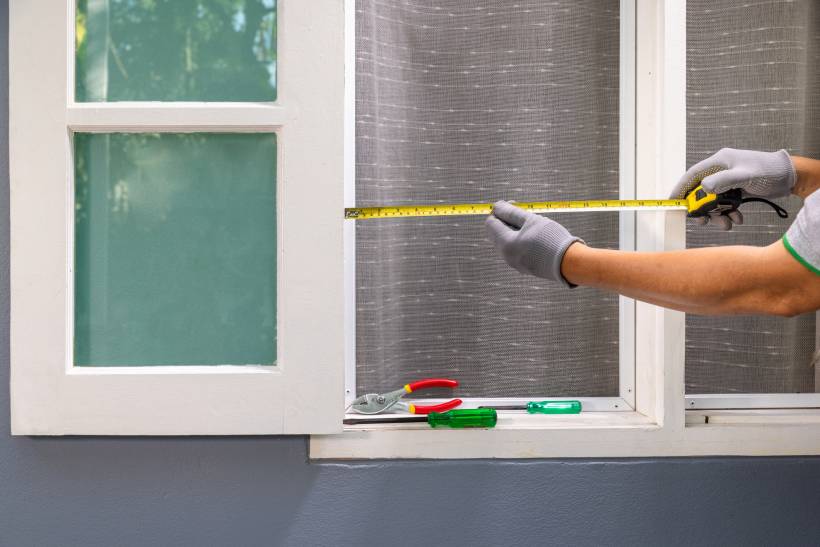 Measuring a window frame for screen installation. (Source: iStock)
Measuring a window frame for screen installation. (Source: iStock)
If you’re only replacing the mesh, skip this step. Otherwise, you’ll need to assemble a new frame before installing the screen. Whether you’re using a screen kit or cutting your own frame, follow these steps to get it right.
If you’re using a screen frame kit:
Follow the manufacturer’s instructions to connect the frame pieces.
Insert plastic or metal corner connectors into the ends of the frame pieces.
Press the frame pieces together firmly to form a secure rectangle.
If you’re cutting your own frame:
Measure and mark the correct lengths on the aluminium screen frame using your window measurements.
Carefully cut the frame pieces with a hacksaw, ensuring straight, even edges.
Insert the corner connectors and press firmly to lock the frame into place.
Before moving on, test fit the frame in the window opening to make sure it sits properly. If it’s too tight or loose, adjust the measurements before installing the mesh.
At some point, you’ll need to remove the screen for cleaning, and installing spring frame clips can make that easier. Simply slide a clip into one top corner of the frame to secure it in place. You only need to install clips on one side of the frame, so you can pop the screen out effortlessly when needed.
Step 4: Attach the screen mesh to the frame
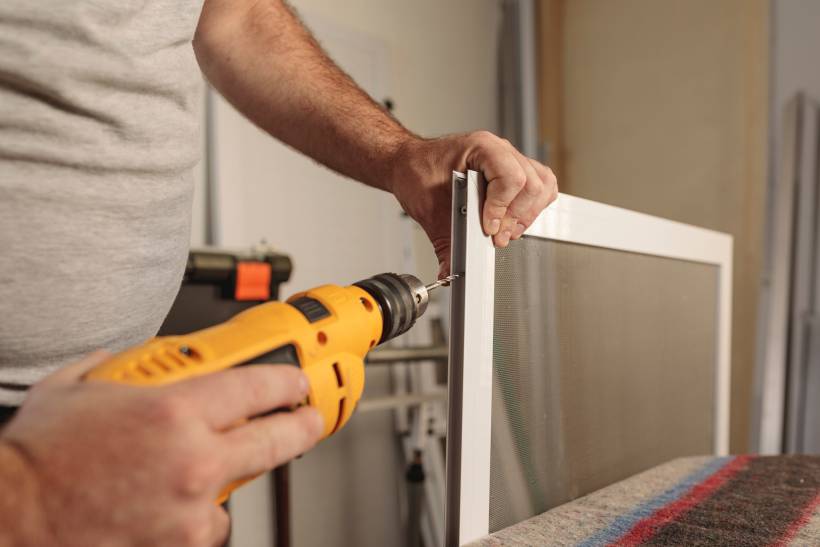 Drilling a flyscreen frame in preparation for installing. (Source: iStock)
Drilling a flyscreen frame in preparation for installing. (Source: iStock)
Now that the frame is ready, it’s time to attach the screen mesh. Follow these steps to get it right the first time.
How to attach the screen mesh:
Place the frame on a flat surface with the groove side facing up.
Lay the screen over the frame, leaving 1–2 inches of extra material on all sides.
Use the rounded side of the spline roller to push the mesh into the frame groove.
Start at one corner and use the concave side of the spline roller to press the spline in place. Work your way around, keeping the mesh evenly stretched.
Use a sharp utility knife to cut away extra mesh along the outer edge of the spline.
If you’re using aluminium mesh:
Use the spline roller to gently 'trench' the mesh into the frame groove before inserting the spline.
Work on one side at a time, pressing the mesh into the groove, then rolling in the spline. Do the same process on the other side.
Once the mesh is in place, make sure to trim off any excess material for a clean finish. You can use a utility knife or a dedicated flyscreen safety trimmer. Carefully cut along the edges of the frame to remove the excess mesh. Afterwards, give the flyscreen a thorough inspection and ensure that it functions properly.
Tips for preventing wrinkles or sagging:
Apply gentle tension to the mesh while rolling in the spline to avoid slack.
Work on opposite sides first before moving to the remaining edges for even stretching.
Use a slightly smaller spline than the groove to prevent it from popping out.
In Australia’s hot summers, solar mesh helps block UV rays and reduce indoor heat. But in humid areas like Queensland and the Northern Territory, avoid over-tightening the mesh, as it may shrink or expand with moisture changes.
Step 5: Install the screen into the window frame
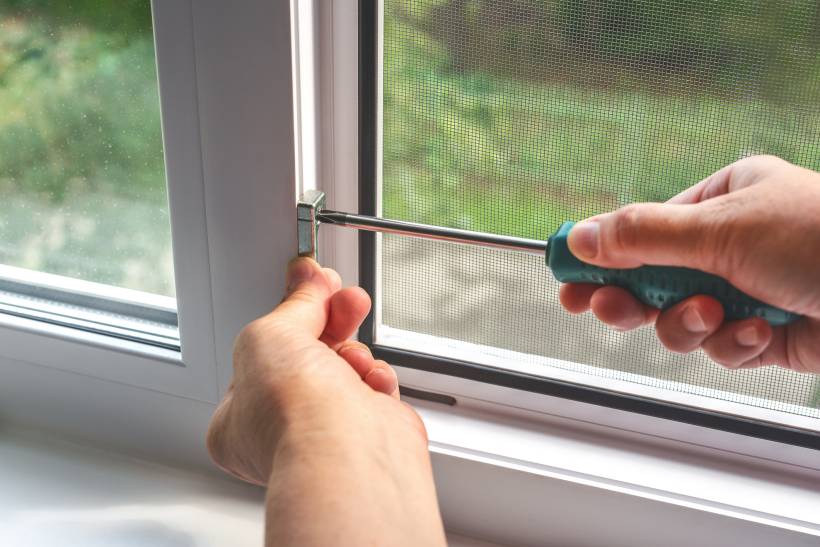 Securing a flyscreen with a screwdriver. (Source: iStock)
Securing a flyscreen with a screwdriver. (Source: iStock)
With the screen assembled, it’s time to secure it in place. Depending on your window type, you’ll either slide or snap the screen into position. Make sure it fits snugly to prevent shifting or popping out.
How to install a flyscreen on sliding windows: If your window has tracks, lift the screen into the top track first, then lower it into the bottom track. Adjust it until it sits evenly and moves smoothly.
How to install a flyscreen on snapping screens: Some windows use spring-loaded clips or retention hardware like turn buttons or wire loop latches. Align the screen with the frame and press gently until the clips lock it in place.
To secure the screen properly, use tension springs or retention clips to hold it tight and prevent shifting. Check for gaps along the edges—if you see light coming through, reposition the screen for a better seal. On the other hand, if you prefer a frameless screen, use Velcro strips, magnets, or adhesive tape.
Not sure how to install flyscreens with clips? Just align the screen, press it in, and let the clips do the work. Once secured, give it a gentle push to ensure it stays in place.
Common mistakes to avoid when installing a flyscreen
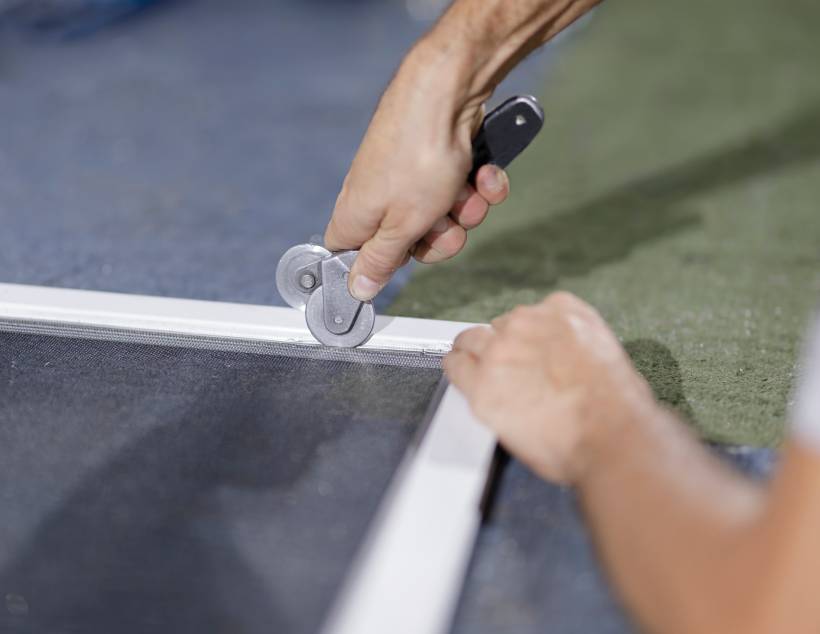 Applying a spline to secure flyscreen mesh. (Source: iStock)
Applying a spline to secure flyscreen mesh. (Source: iStock)
Even with the right tools and materials, replacing flyscreens can go wrong if you’re not careful. A screen that’s too loose, too tight, or even warped can lead to poor performance and durability issues. Here’s how to fix fly screen mishaps:
What to do if the screen is too loose or too tight
A screen that doesn’t fit properly can either sag and detach or warp under too much tension. Here’s how to fix both issues:
If the screen is too loose: Check the spline size—if it’s too small, it won’t grip the mesh properly. Try replacing it with a slightly larger one for better tension. If needed, remove the screen and reinstall it with more stretch before securing the spline.
If the screen is too tight: Overstretching can cause the frame to bow inward or make the screen hard to fit. Use a slightly smaller spline to reduce tension, or reinstall the mesh with less stretching. If the frame won’t slide into place, check for debris in the tracks or trim 1/16 inch off the frame with a hacksaw.
Fixing a warped screen frame
A warped frame won’t sit properly in the window, leading to gaps or an uneven fit. This can happen due to uneven tension, excessive force during installation, or heat exposure.
To prevent warping: Work on opposite sides when securing the mesh (top to bottom, then left to right) to avoid pulling the frame out of shape. Assemble frames on a flat surface and make sure all cuts are at perfect 90-degree angles.
To fix minor warping: Try gently bending the frame back into shape by hand or tapping it with a rubber mallet.
For moderate warping: Remove the mesh, place the frame on a flat surface, and weigh it down with books or clamps overnight to reshape it.
If the frame is severely warped: It’s best to replace it. For metal frames, cut a new piece and reassemble using screen frame connectors.
How to repair small tears or damage in the mesh
A small hole in the mesh might not seem like a big deal, but it can let in bugs and weaken the screen over time. Here’s how to repair it:
For tiny holes (under 10mm): Apply clear nail polish or super glue to seal the tear and prevent it from spreading.
For larger holes (10mm to 50mm): Use a self-adhesive screen patch or cut a small piece of new mesh to cover the hole. Press it in place with glue or adhesive.
For major damage: Cut out the damaged section and replace it with a slightly larger piece of mesh. Secure it with adhesive, stitching, or heat-sealing for fibreglass screens.
Can you hire a professional to install flyscreens?
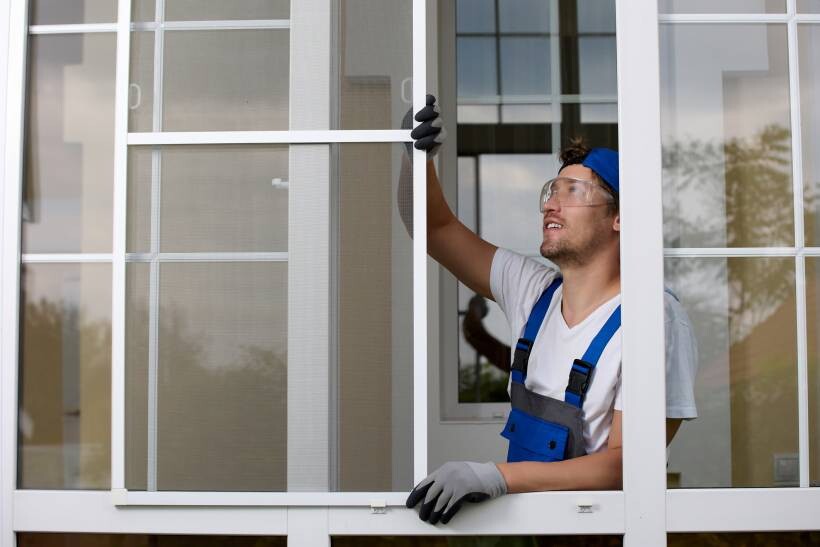 Professional installation of a flyscreen. (Source: iStock)
Professional installation of a flyscreen. (Source: iStock)
Yes, you can hire a professional. In fact, for many homeowners, it’s the best way to ensure correct installation and long-lasting results.
While learning how to install a fly screen on a window yourself can be a cost-saving option, DIY mistakes—like incorrect measurements, using the wrong spline size and excess screen, or applying uneven tension—can lead to gaps, warping, or sagging screens. If the DIY flyscreen is not installed properly, you might even need to replace the window frame or repair the window sash, which adds to your costs.
A professional installer has the right tools, experience, and techniques to ensure a perfect fit with no hassle. They can also handle specialty screens like solar, pet-resistant, or security screens, which require precise fitting and installation.
• How much does window replacement cost?
• How much does sash window repair cost?
• What are the average handyman prices?
Get your flyscreens installed hassle-free
From summer fly swarms to year-round indoor air quality, a properly installed flyscreen is one of the best ways to protect your home. But if you’re not confident cutting mesh, fitting frames, or securing everything in place, there’s no need to struggle with DIY.
Find trusted flyscreen installers on Airtasker and get the job done professionally. Whether you need help with your flyscreen, door installation, or other windows and doors services, Airtasker makes it easy to connect with skilled workers near you. Post a task today and get this job done hassle-free!
Learn more about our contributors

Reviewed by Chris H.
Expert Handyman
Chris is a seasoned handyman professional with a decade of experience spanning carpentry, electrical work, painting, and assembly. Beyond his handyman expertise, Chris also has 19 years of garden care experience and over 10 years working with 12V solar and battery systems. He’s an all-rounder who combines technical know-how with real-world experience—whether working independently or as part of a team—on both indoor and outdoor projects.
The Reviewer Badge is awarded to individuals who are experts in their respective fields and evaluate the content to ensure its accuracy and relevance to the task at hand.

Written by Angela A.
Staff Writer
Angela Apolonio is an experienced writer with a Biology background. She writes about home tips, car upkeep, gardening hacks, and food facts, bringing a unique blend of science and practicality to her work. As a wife and a mother, she knows the value of iron-clad routines, so she's passionate about sharing what works for her with everyone else. She loves making everyday life simpler and helping readers find fresh ideas to bring more joy into their spaces.
FAQs on flyscreen installation
Window screens are not legally required in most areas, but they are highly recommended due to Australia’s climate and pest concerns. Many homes install them for insect protection, bushfire safety, energy efficiency, and security.
Standard flyscreens don’t require approval, but there are exceptions. Heritage-listed homes and strata properties may have restrictions on changing external appearances. Bushfire-prone areas may also require screens that meet fire safety standards.
Find fly screens installers, fast
Find a fly screens installer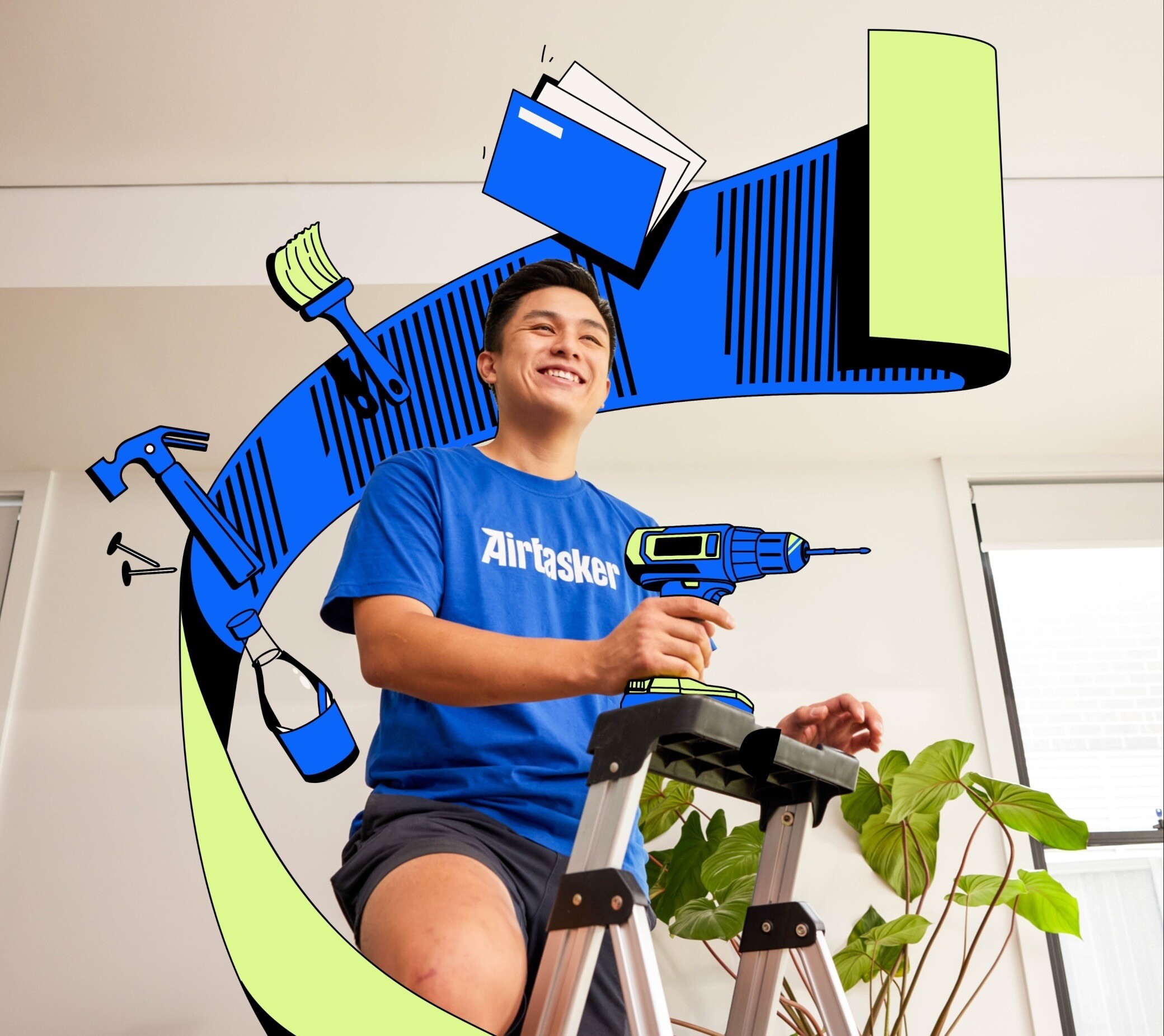
Related articles
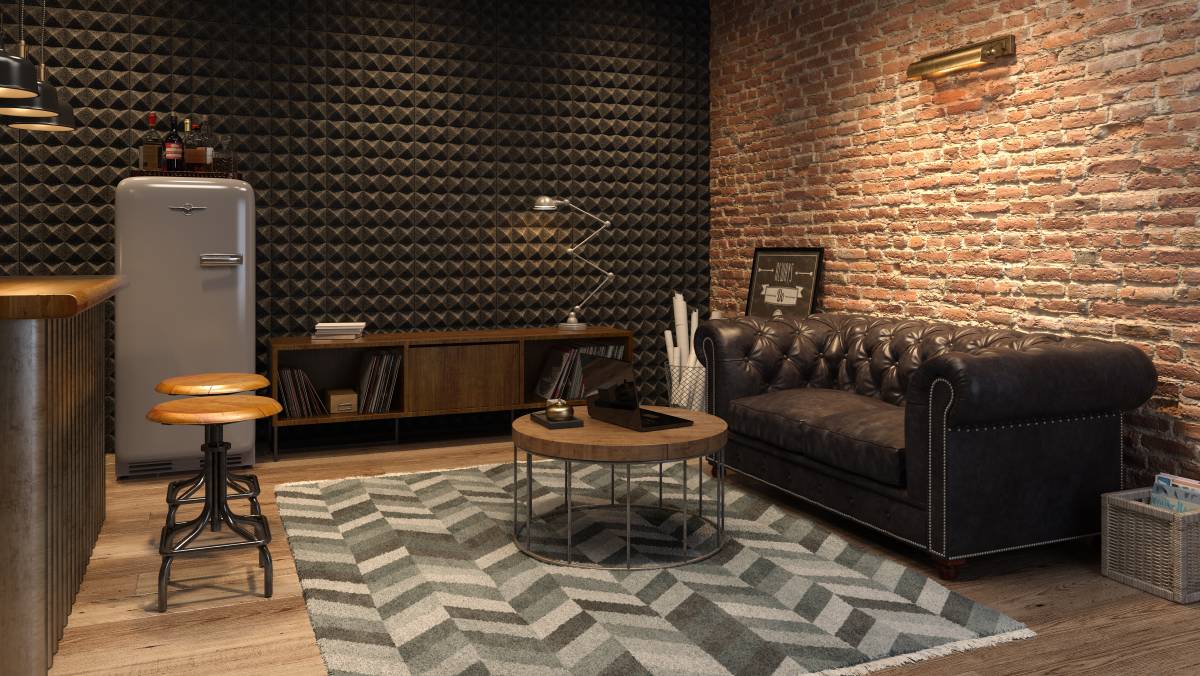
How to Soundproof a Room
Read more
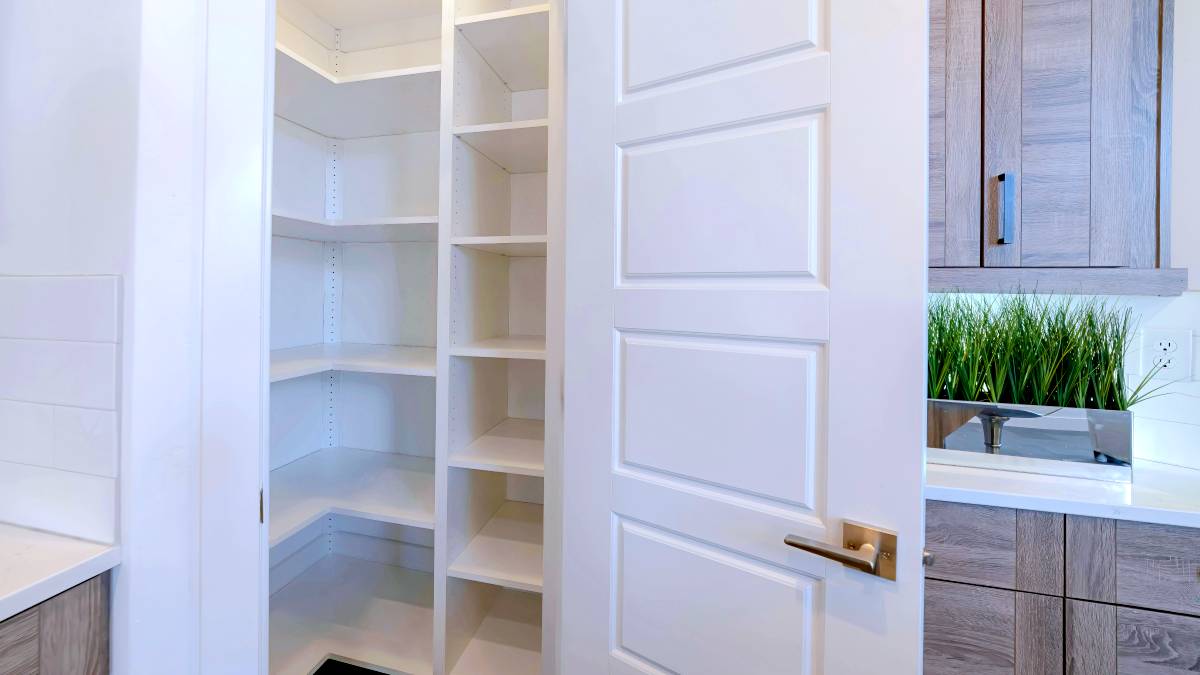
30 Eye-catching pantry door ideas
Read more

How to fox proof your chicken coop
Read more
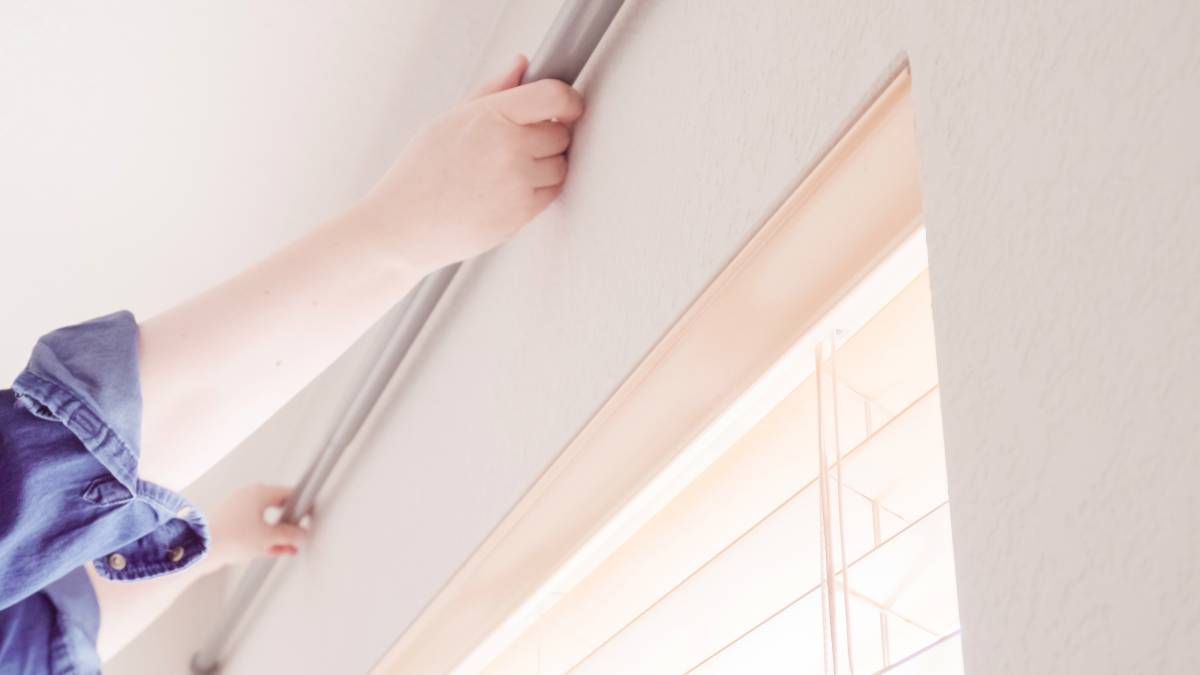
How to install curtain rods
Read more
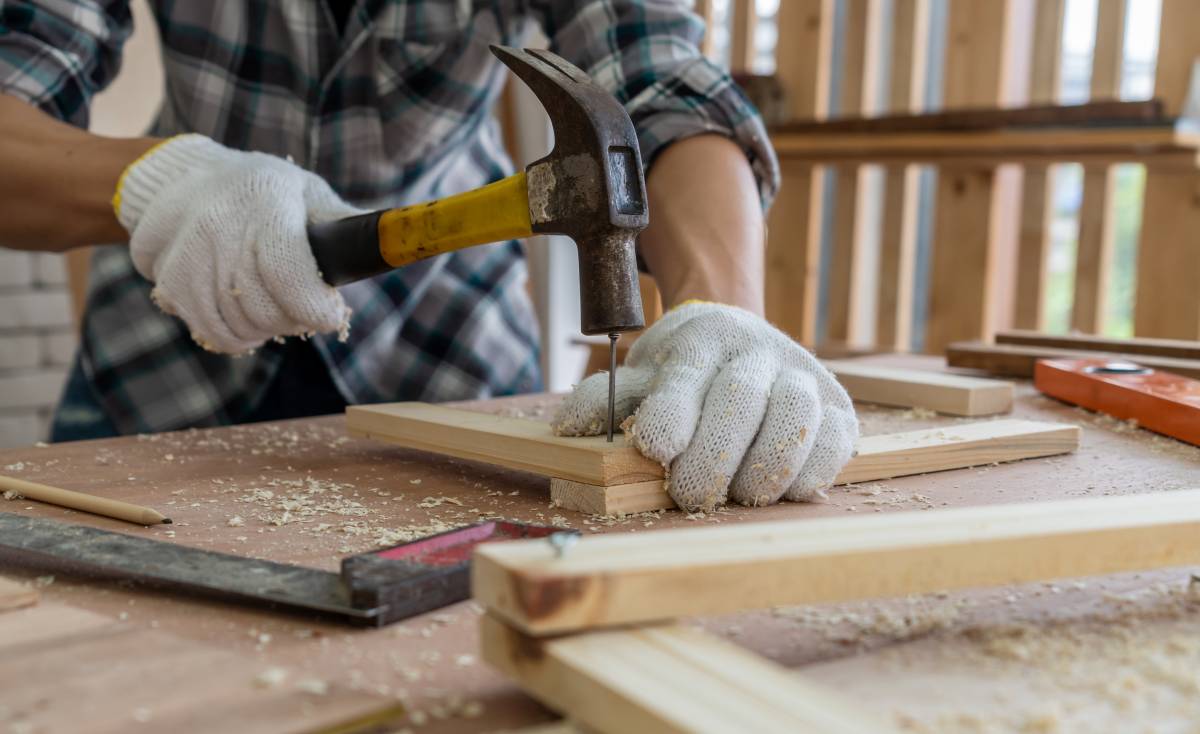
Best blue-collar jobs on Airtasker
Read more
Related price guides
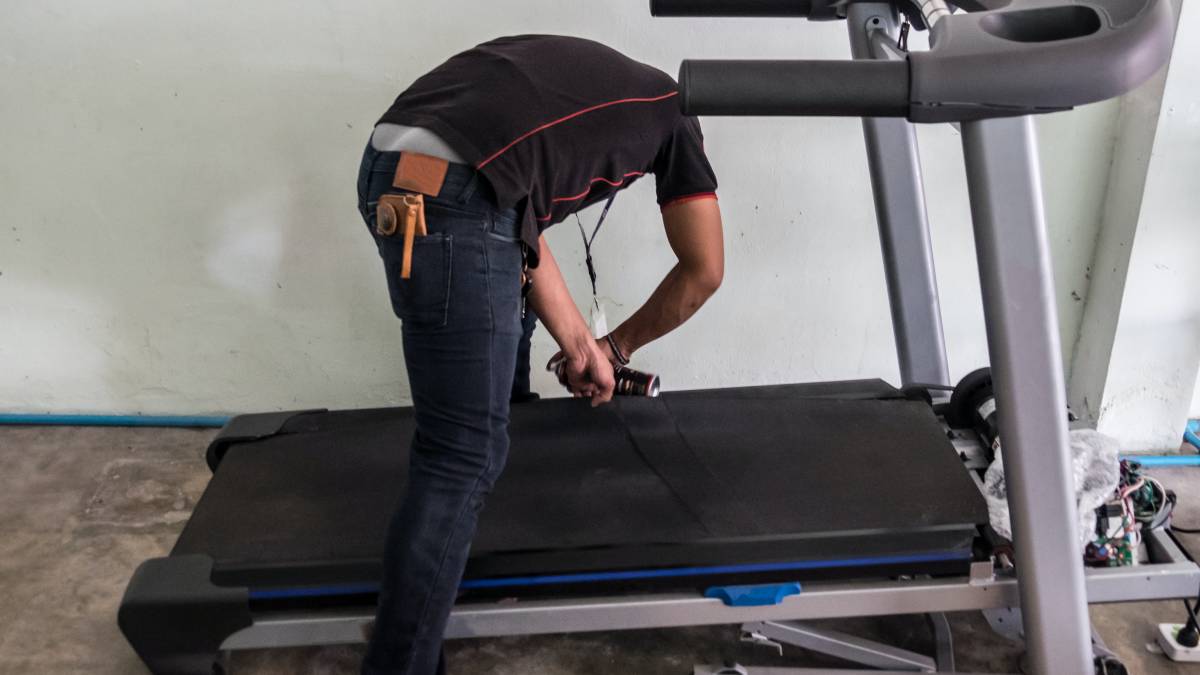
How much does treadmill repair cost?
Read more

How much does clock repair cost?
Read more
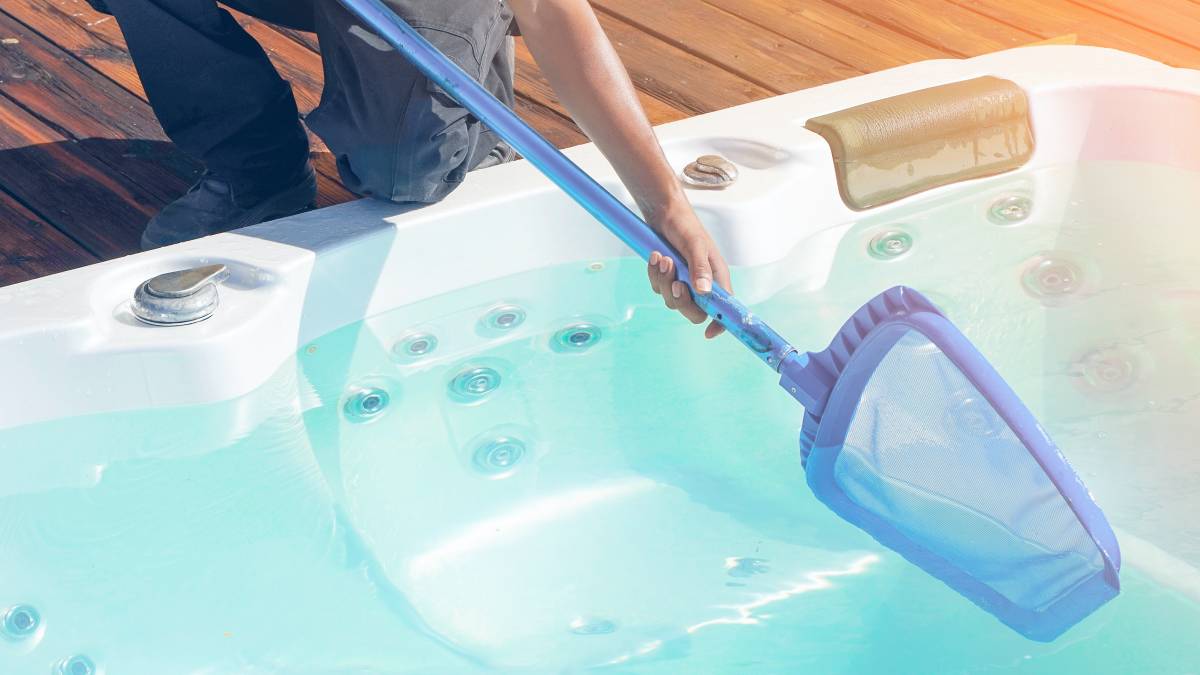
How much does hot tub repair cost?
Read more
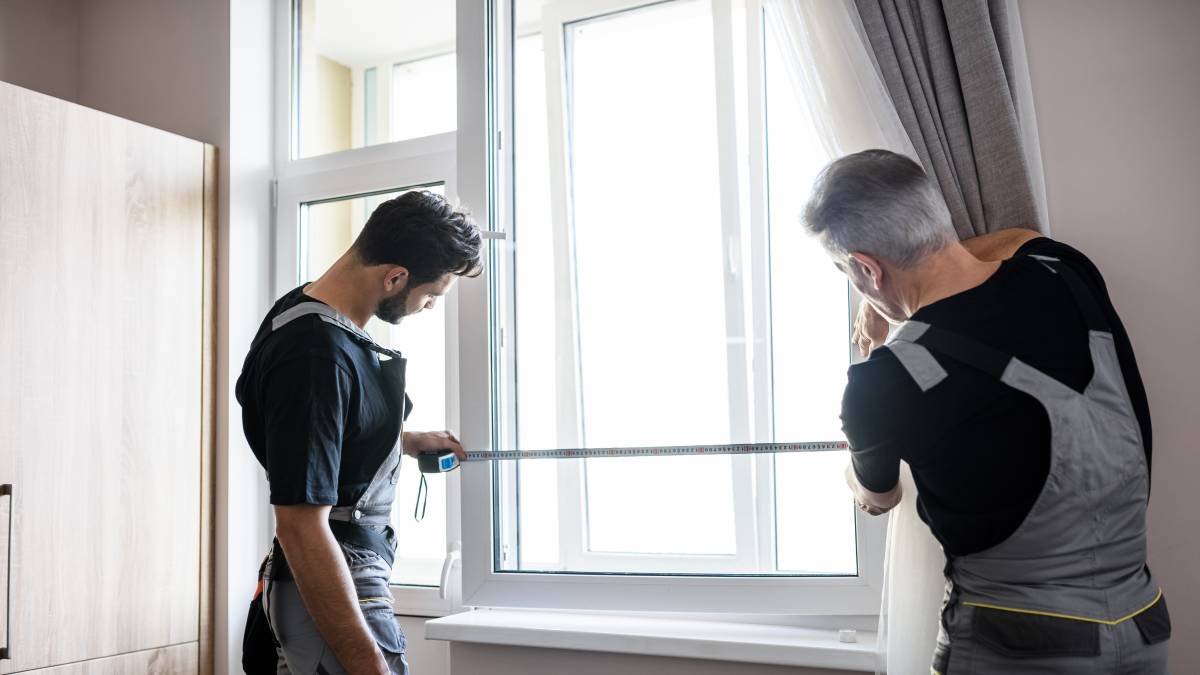
How much do roman blinds cost?
Read more

How much does window repair cost?
Read more

How much does signage cost?
Read more
